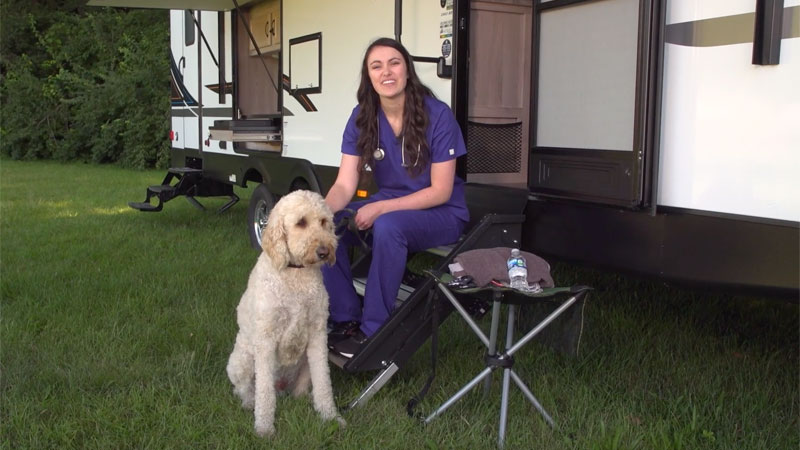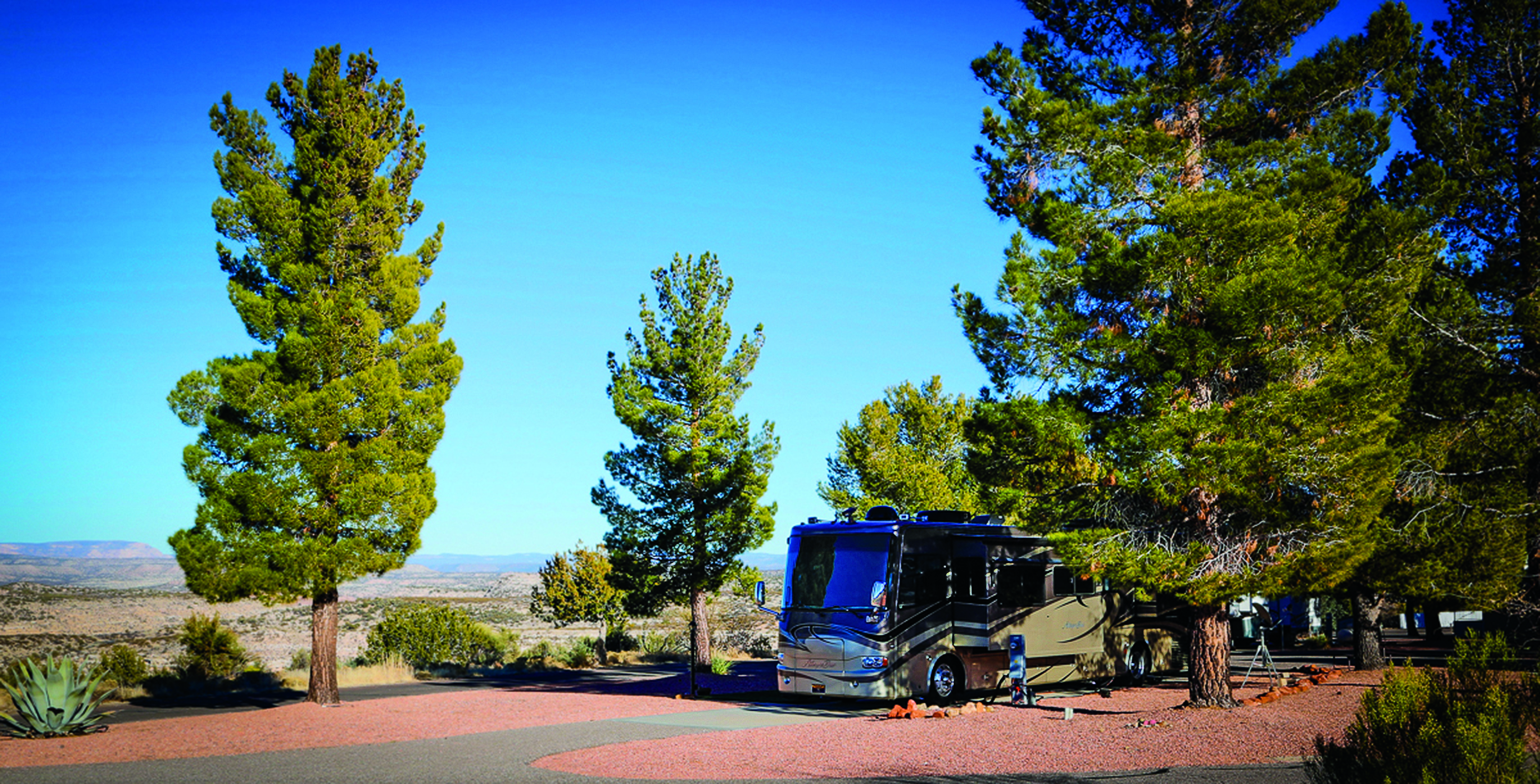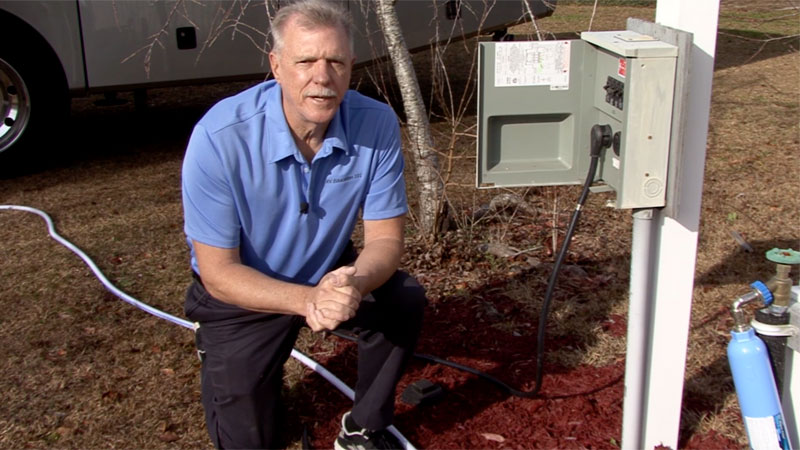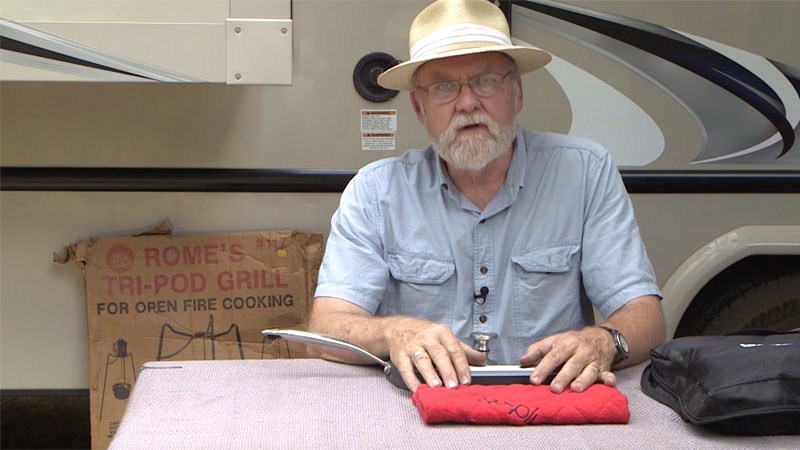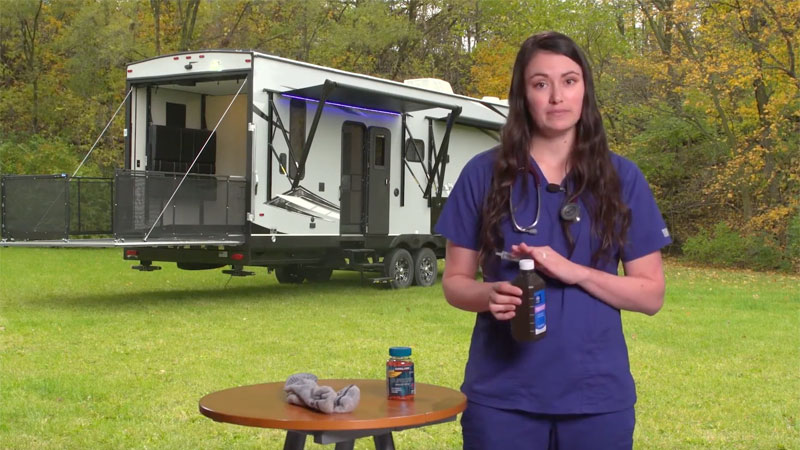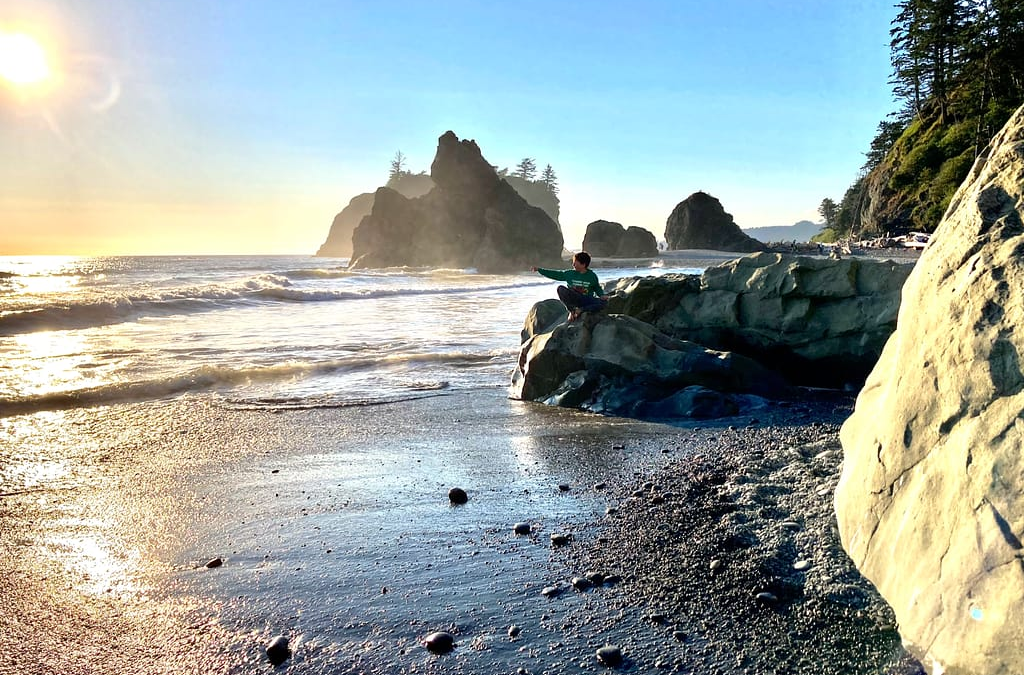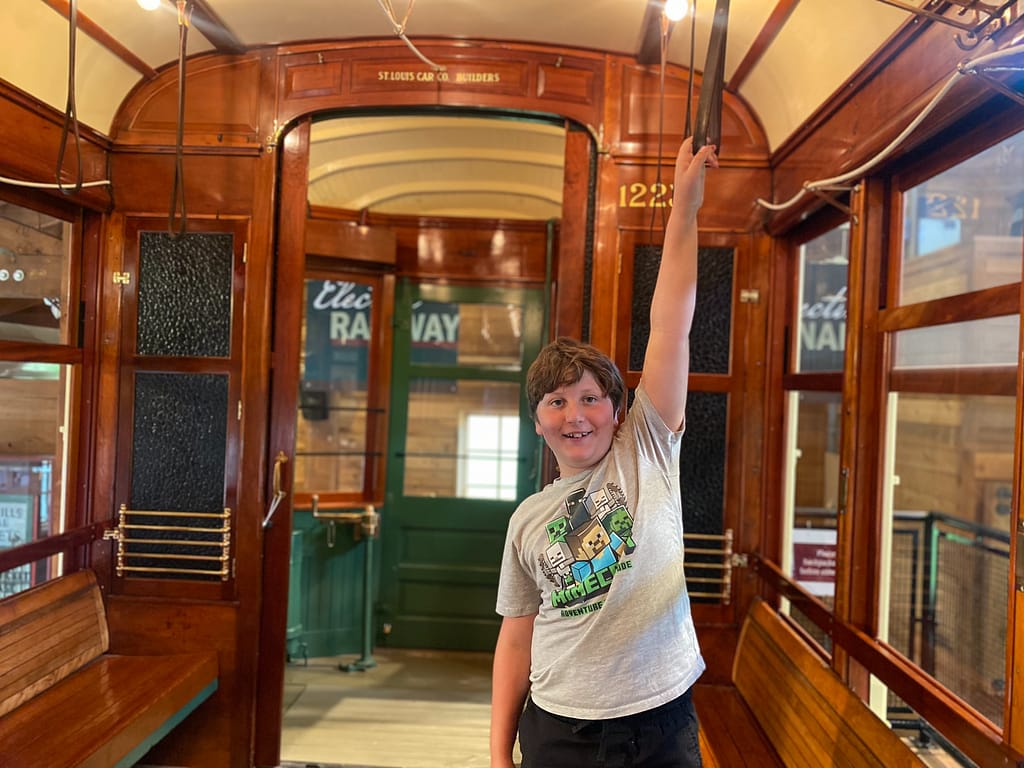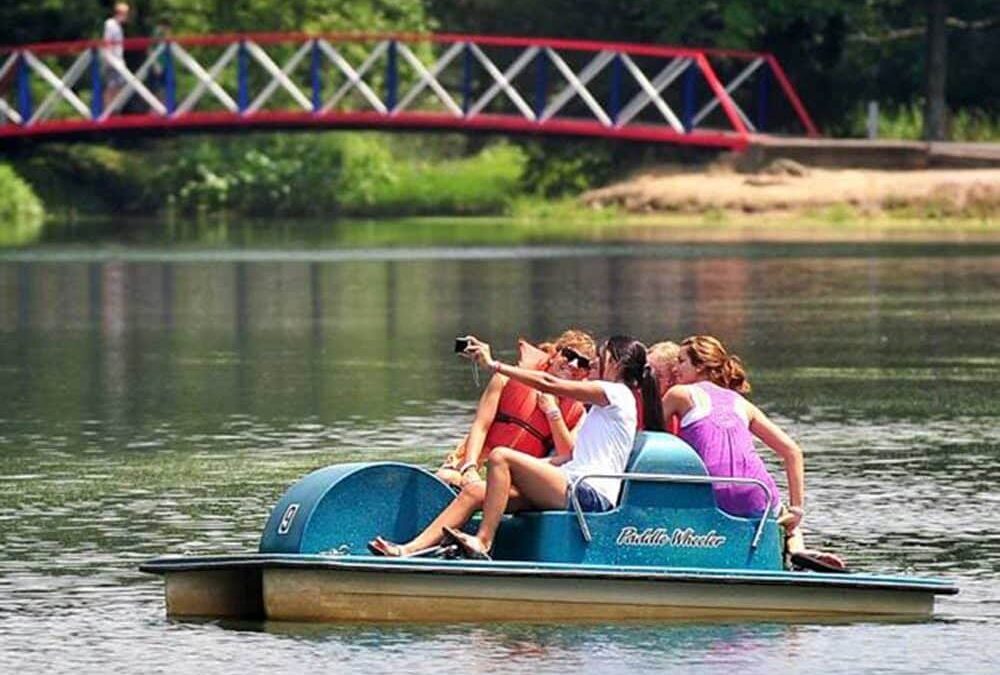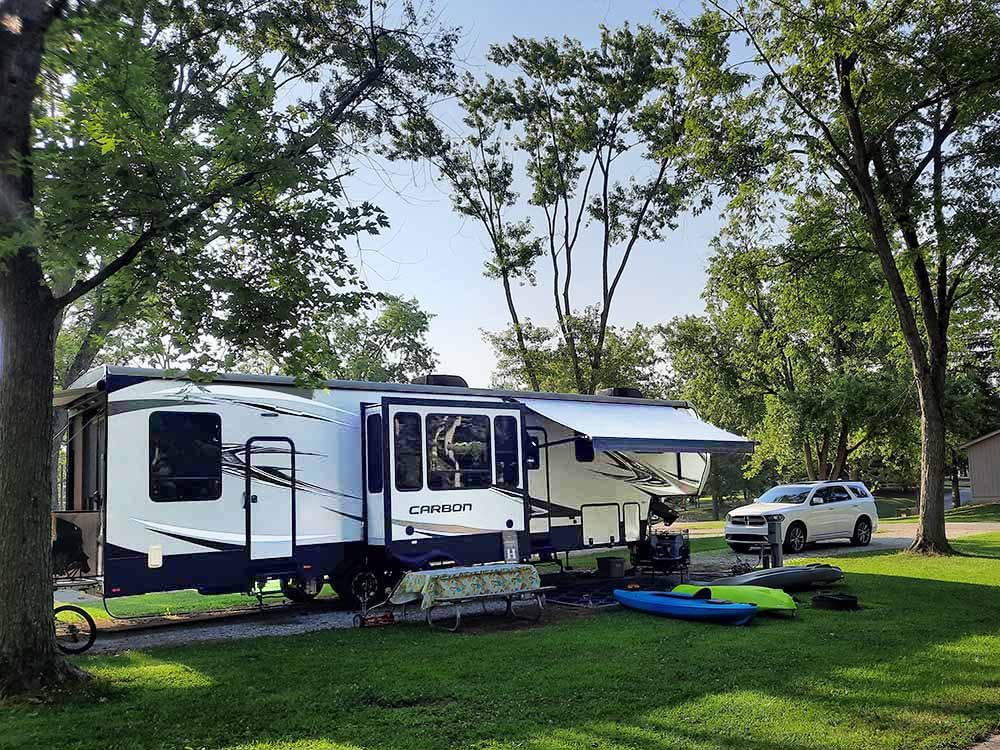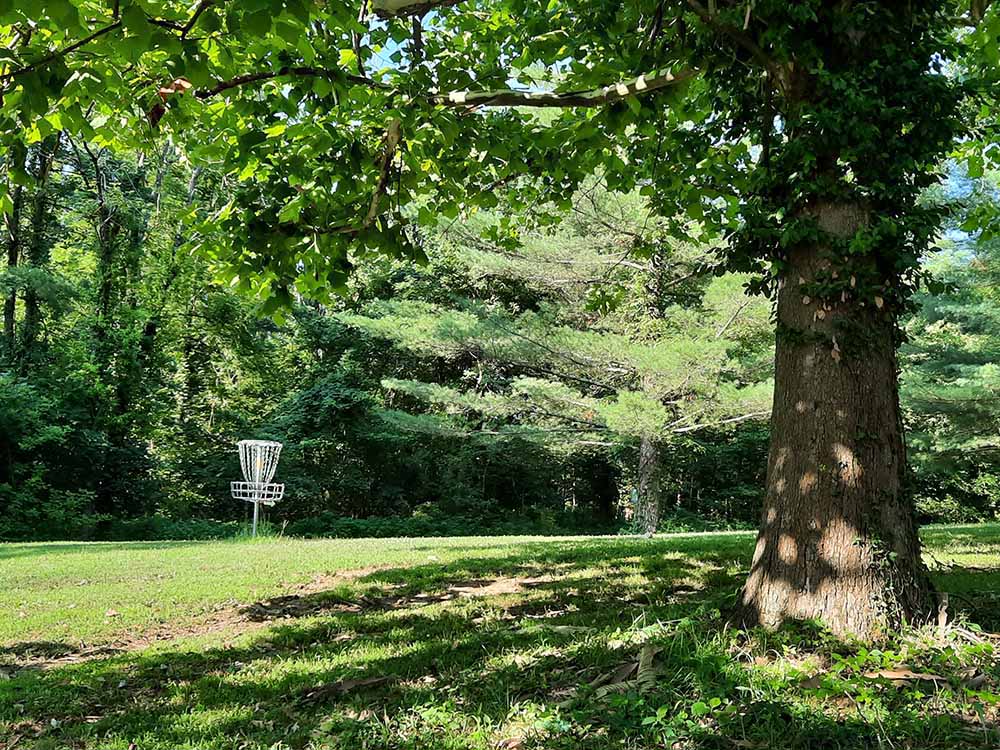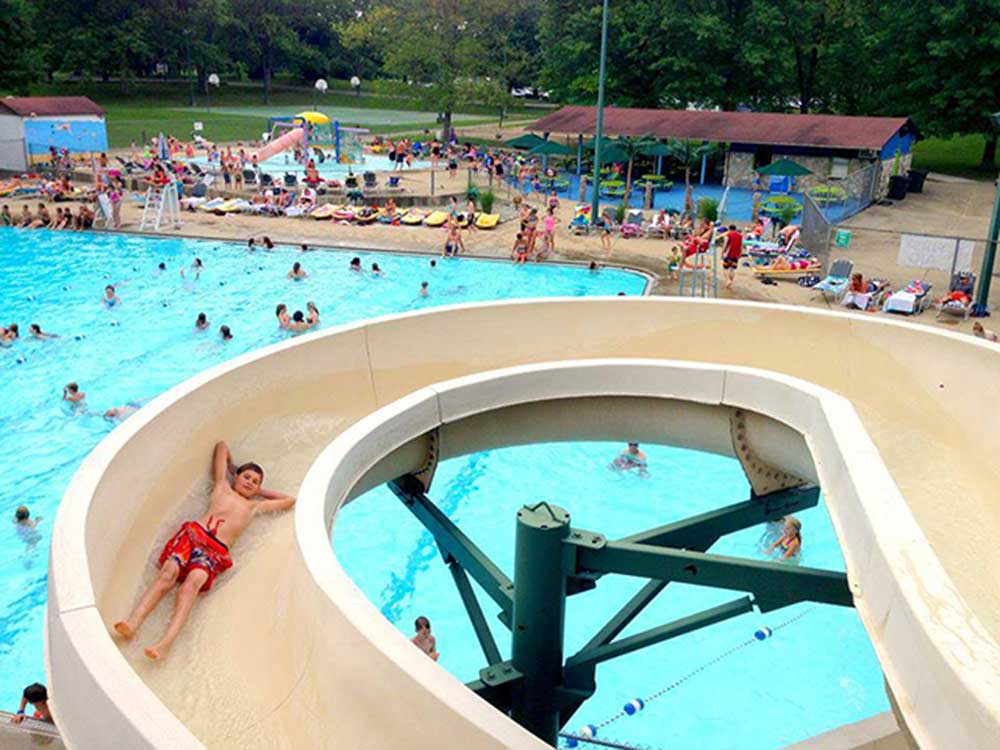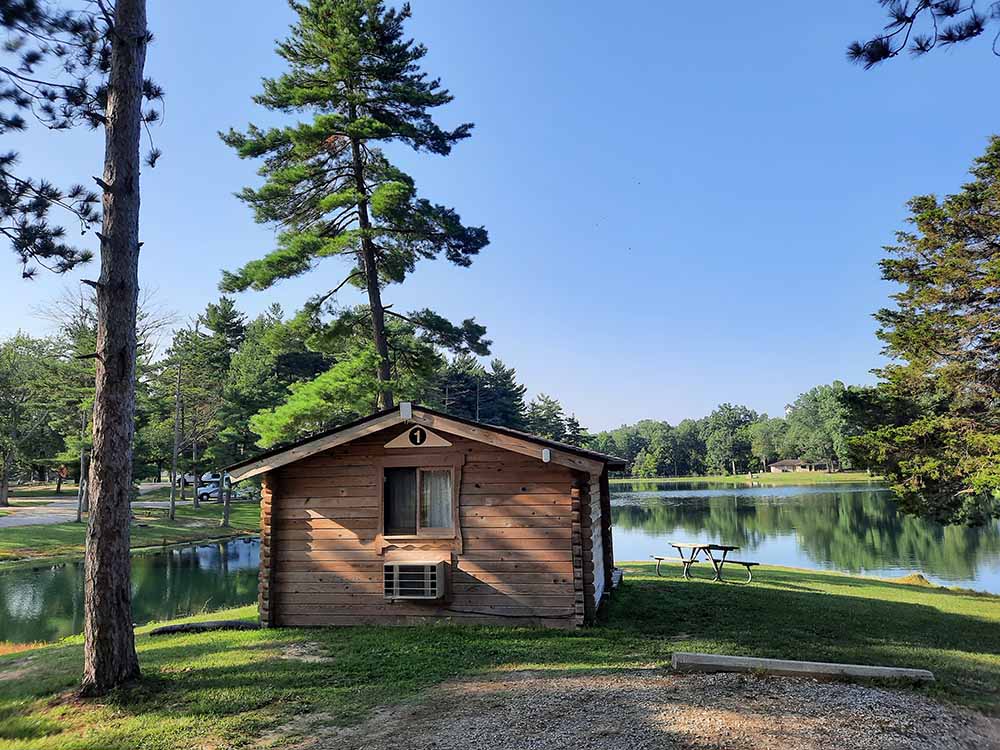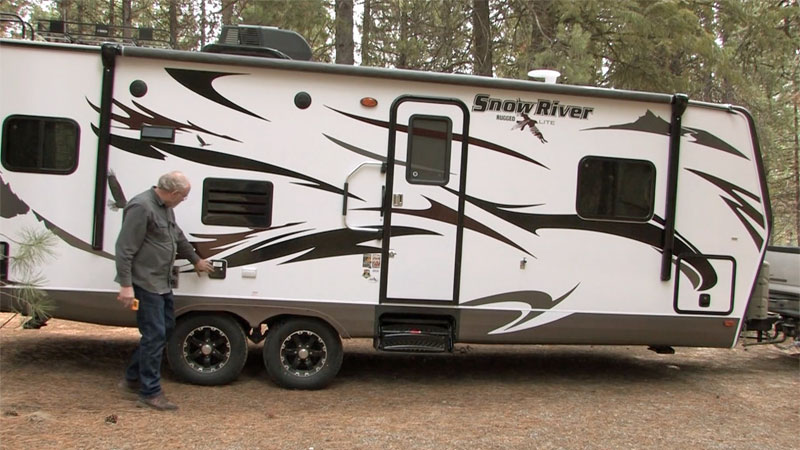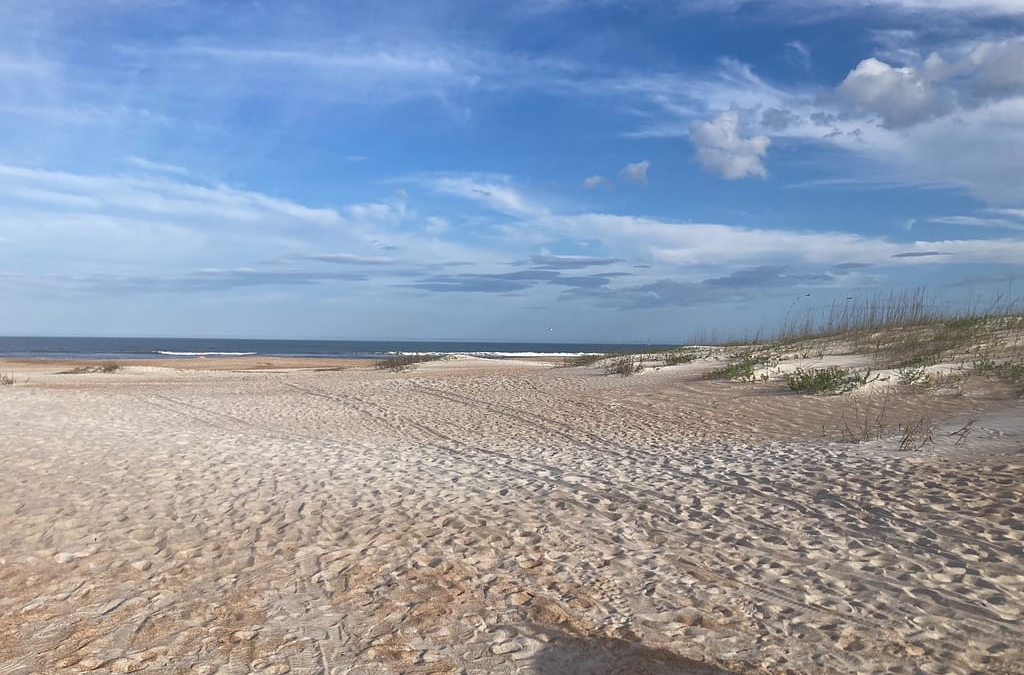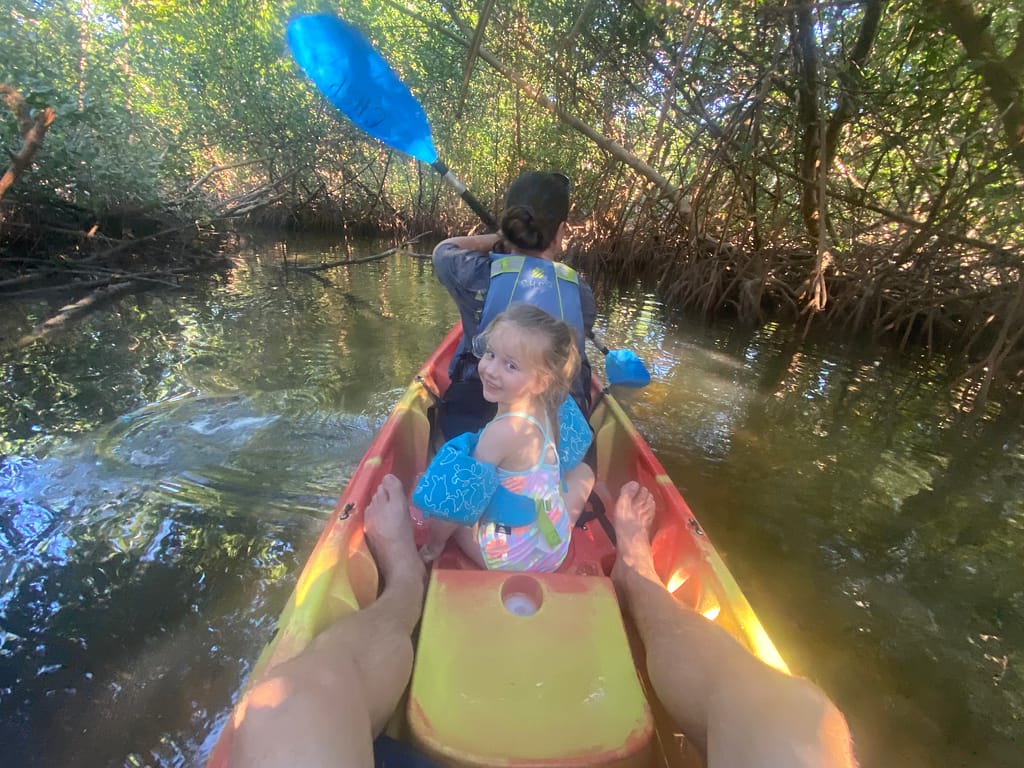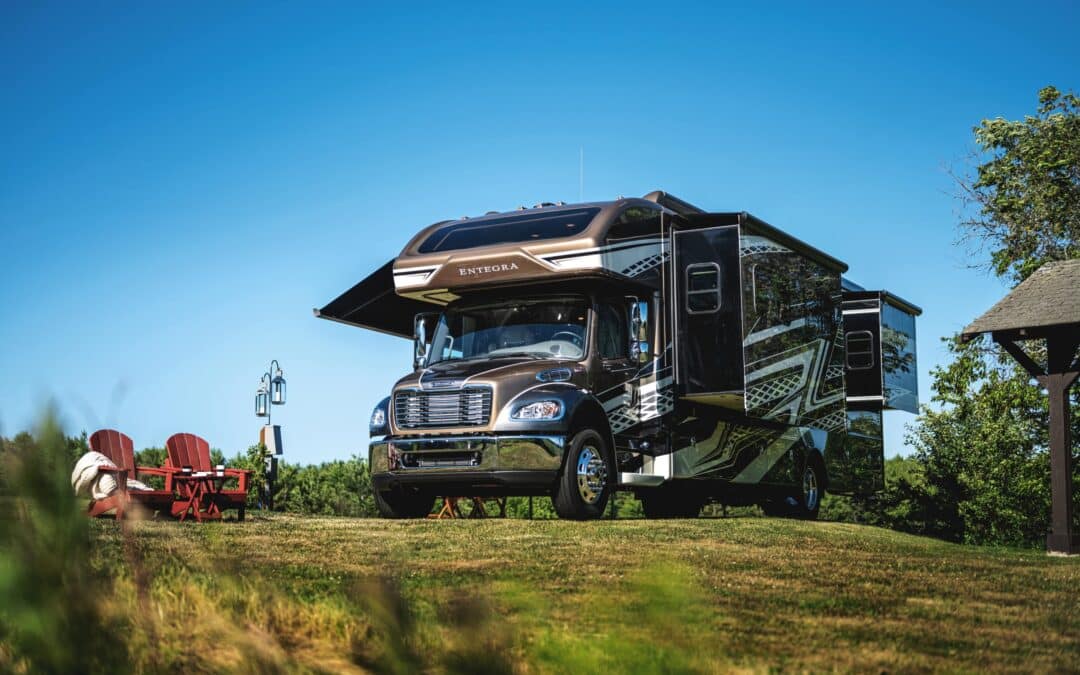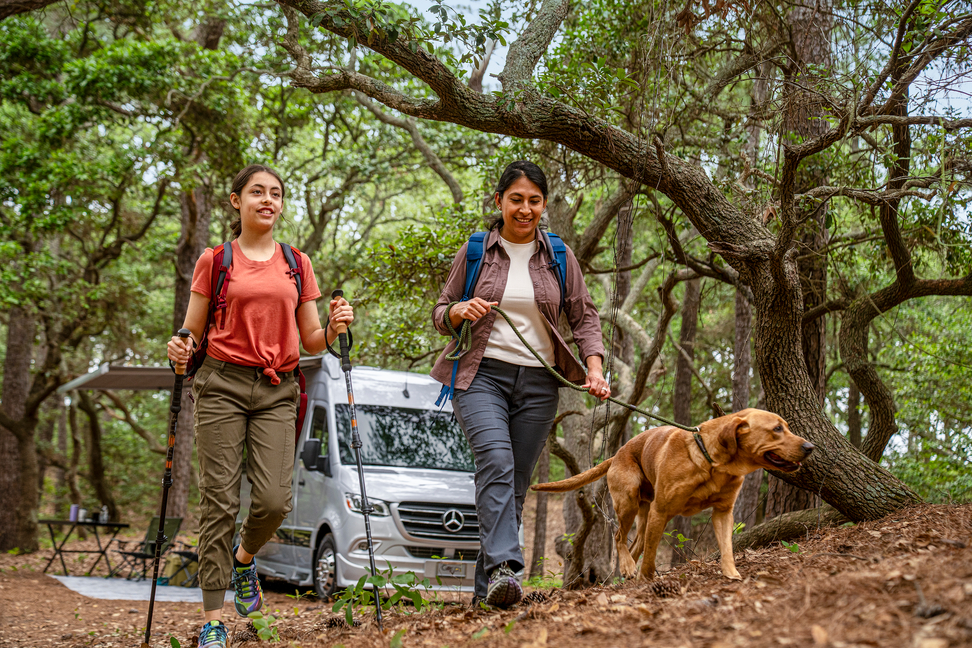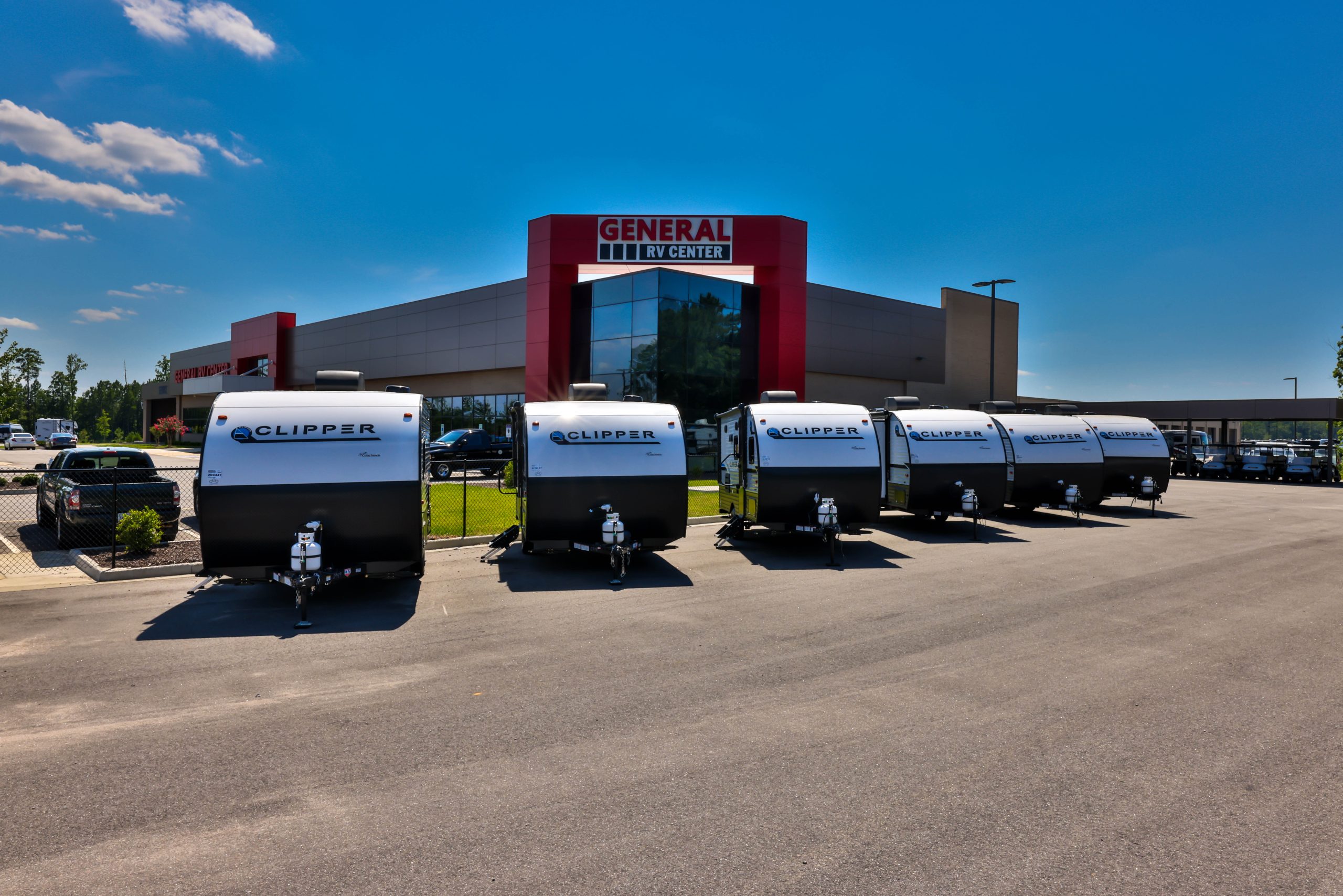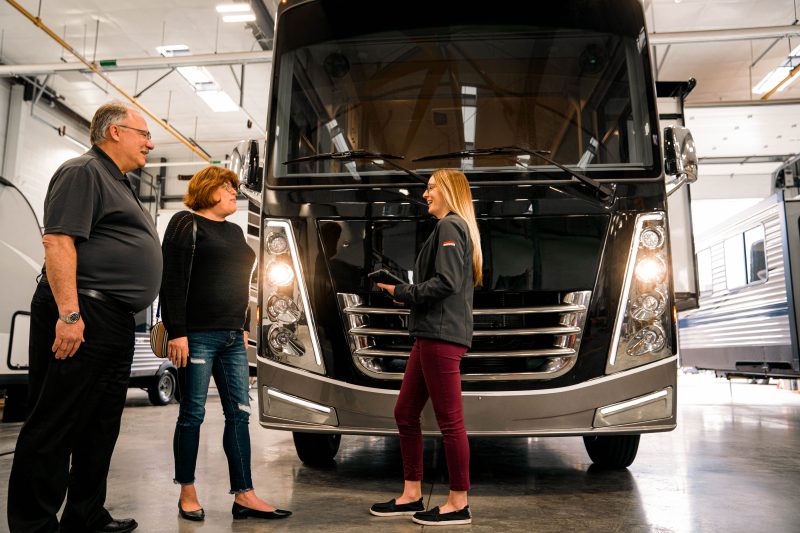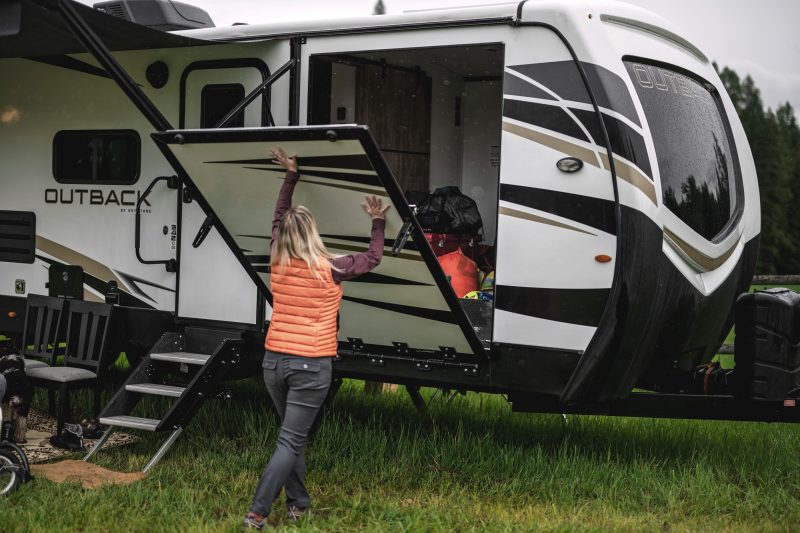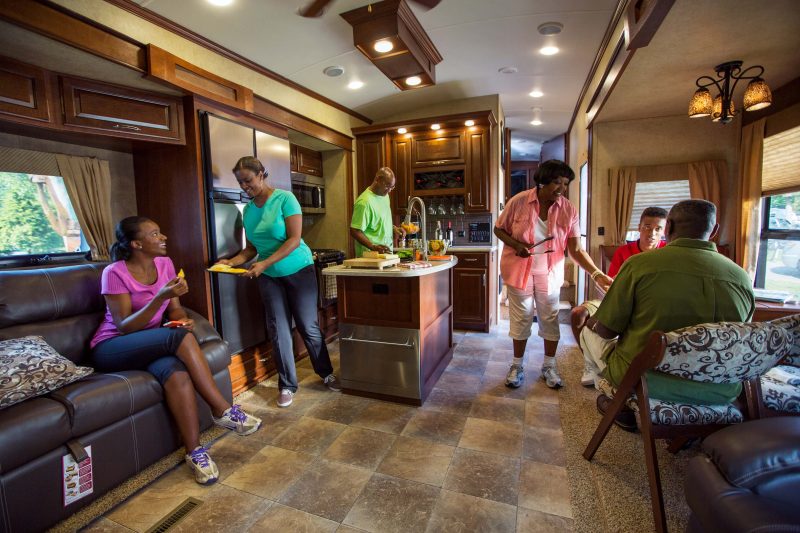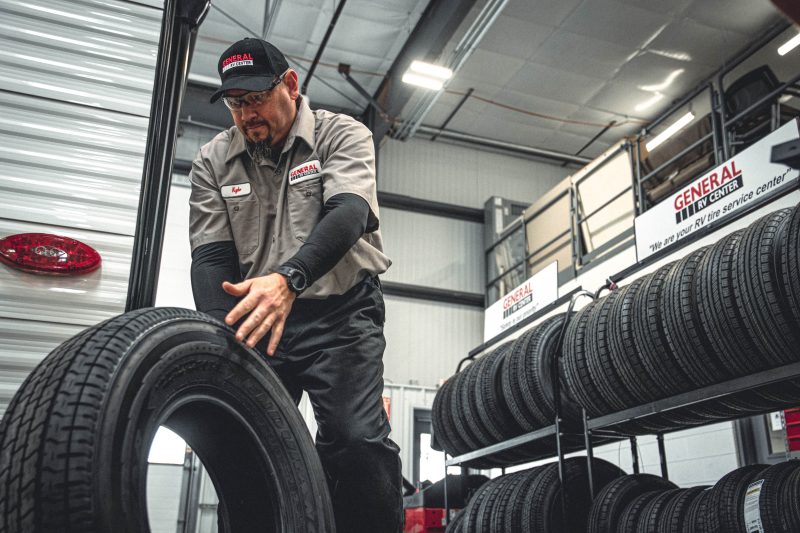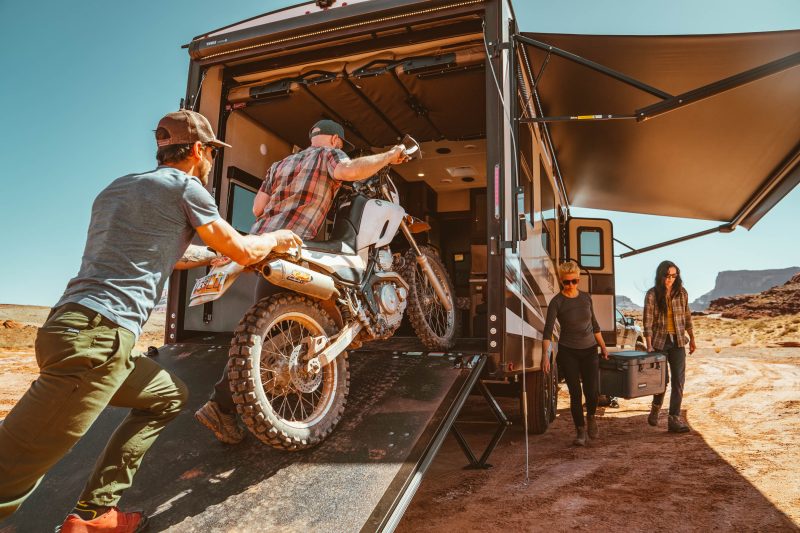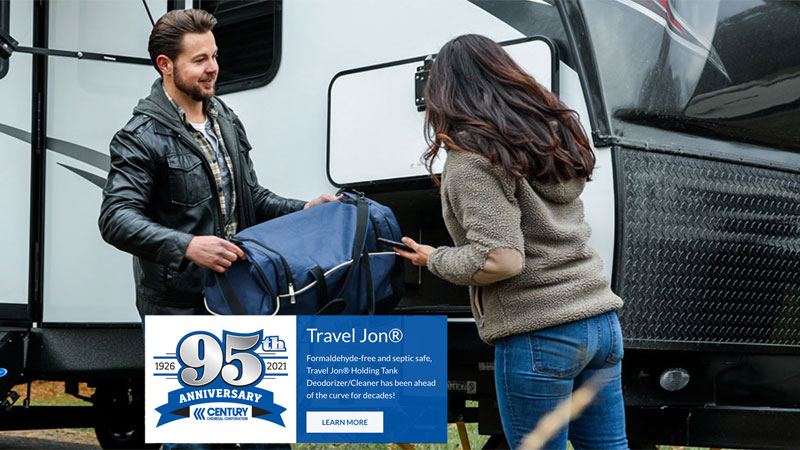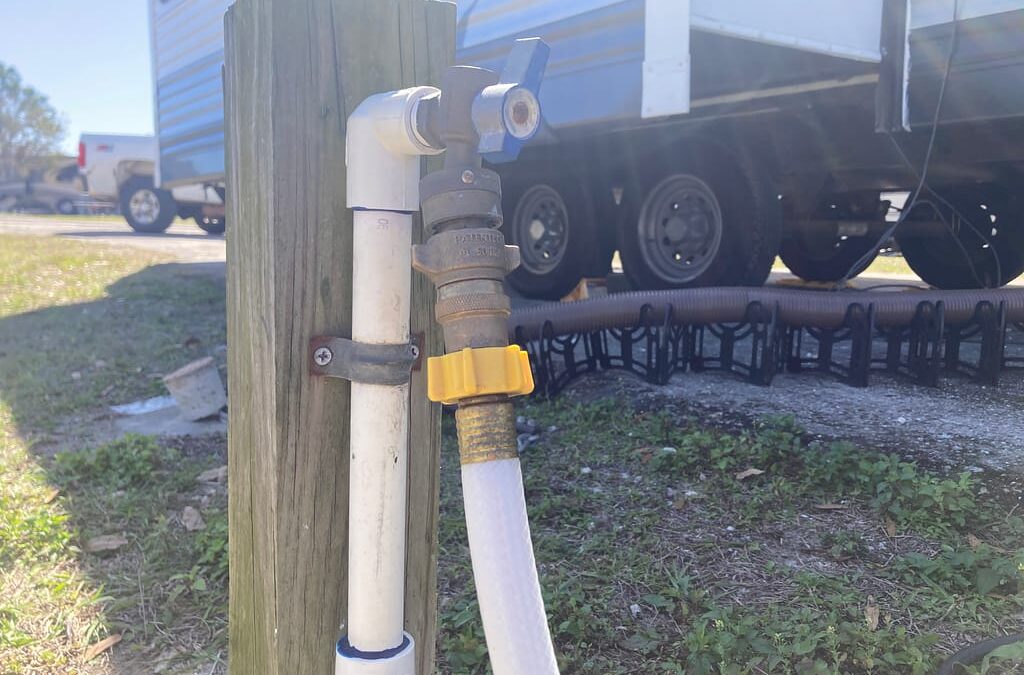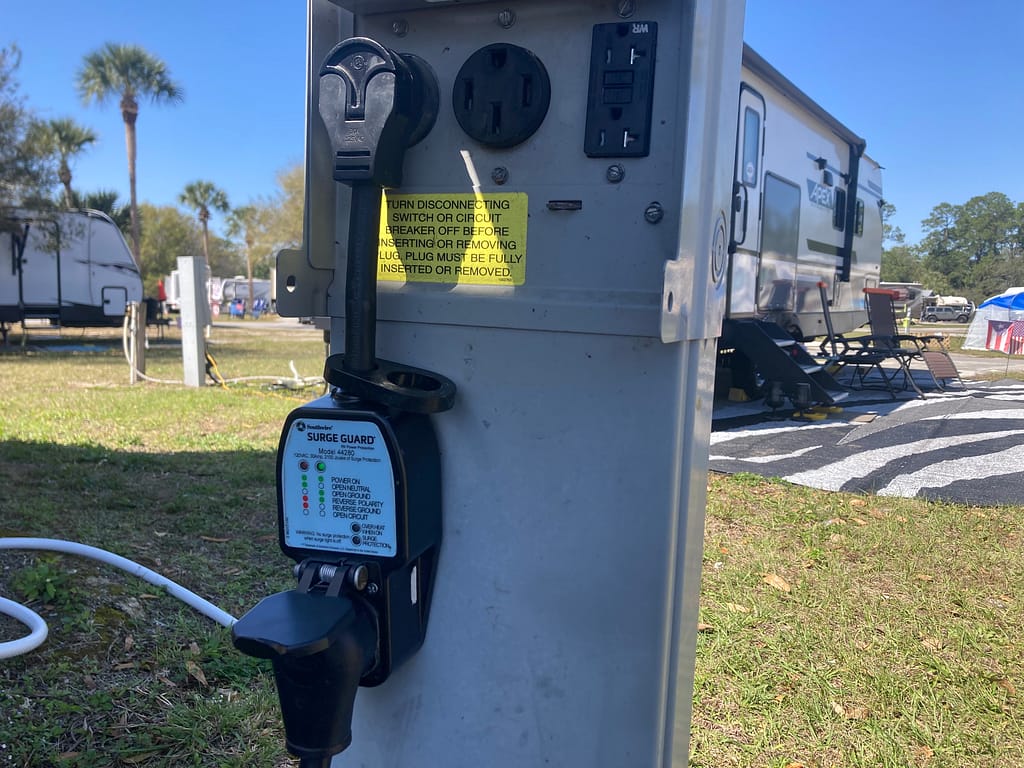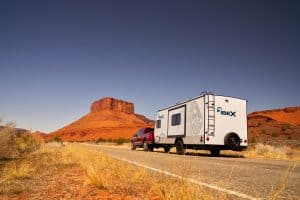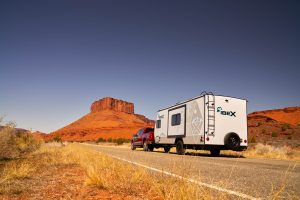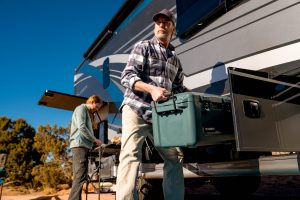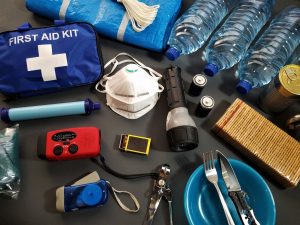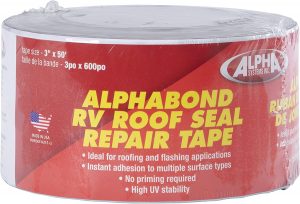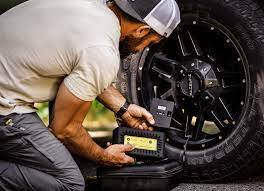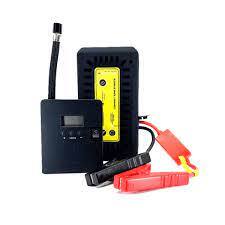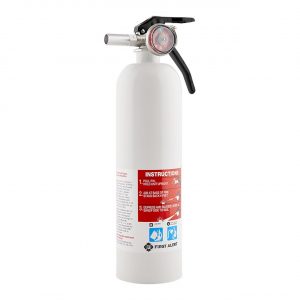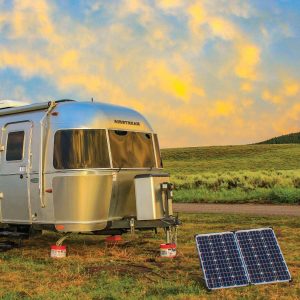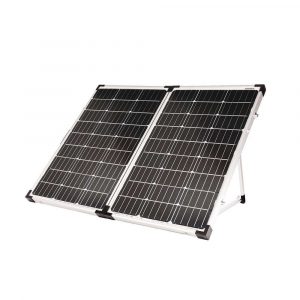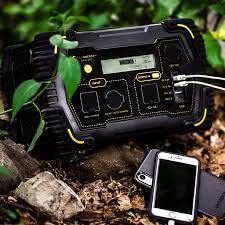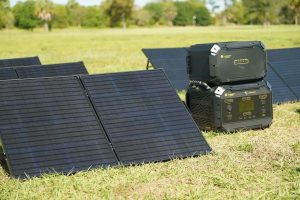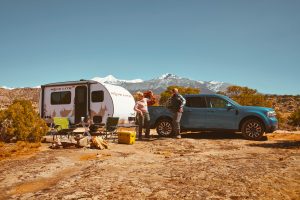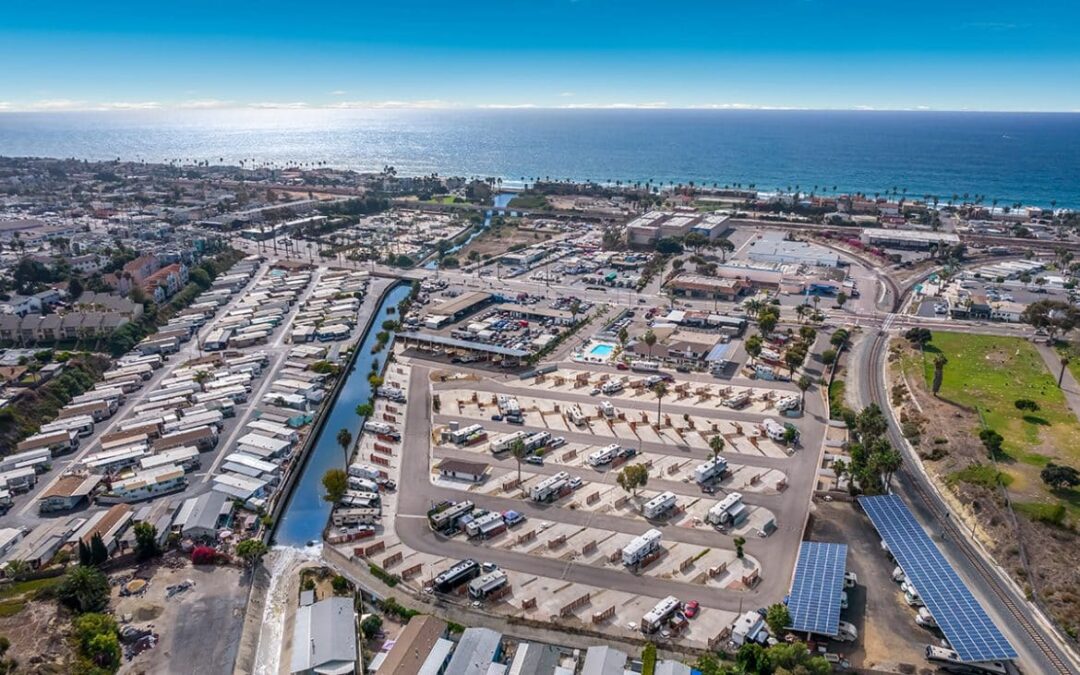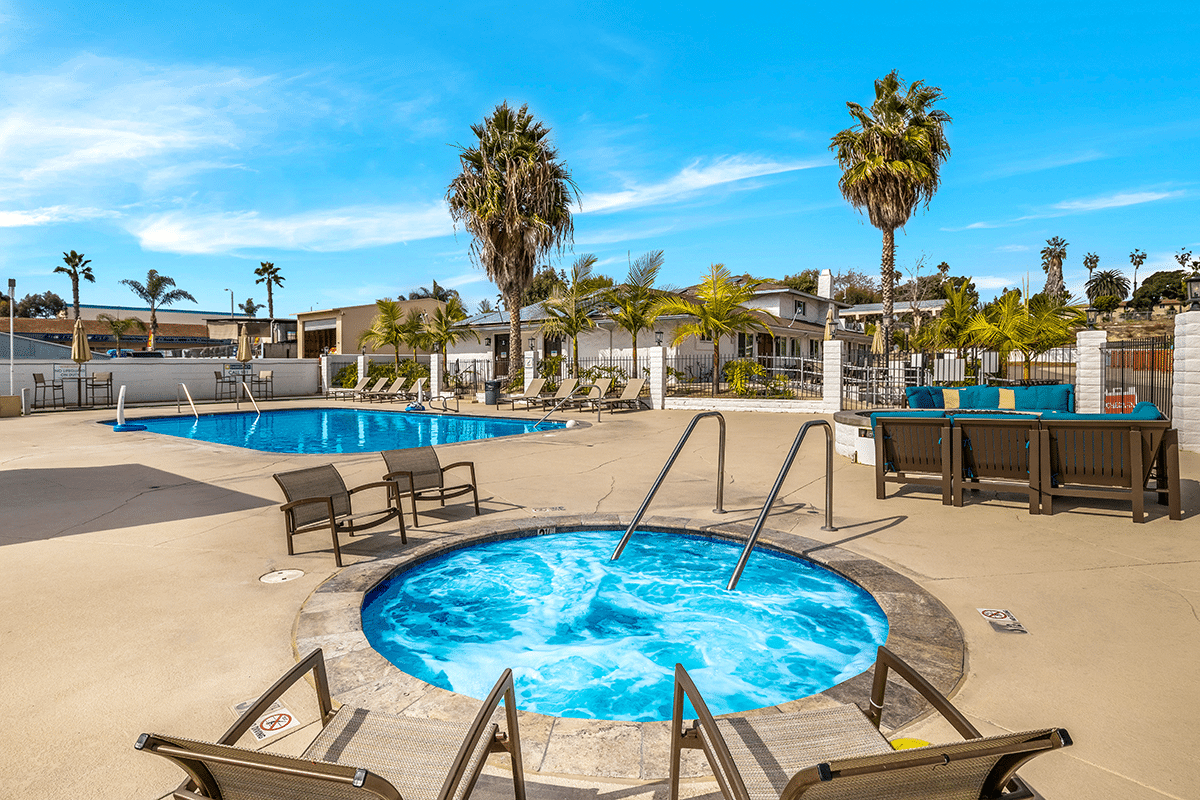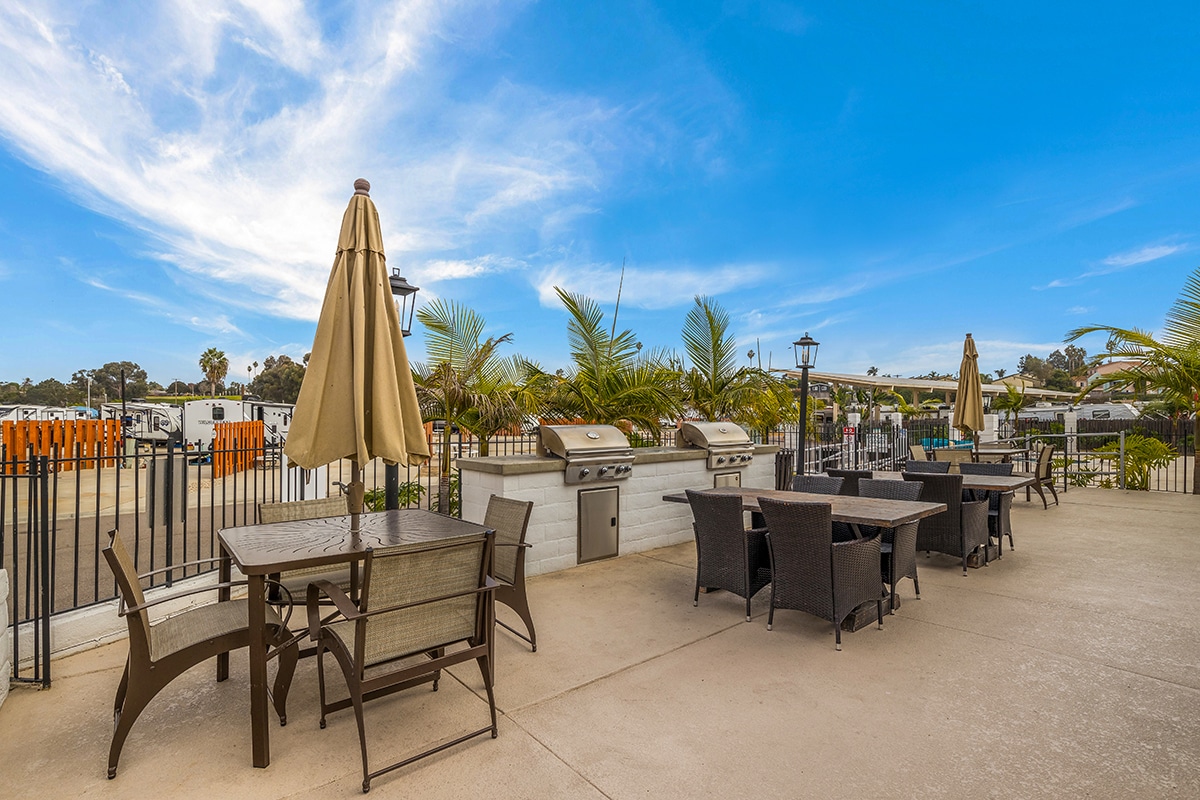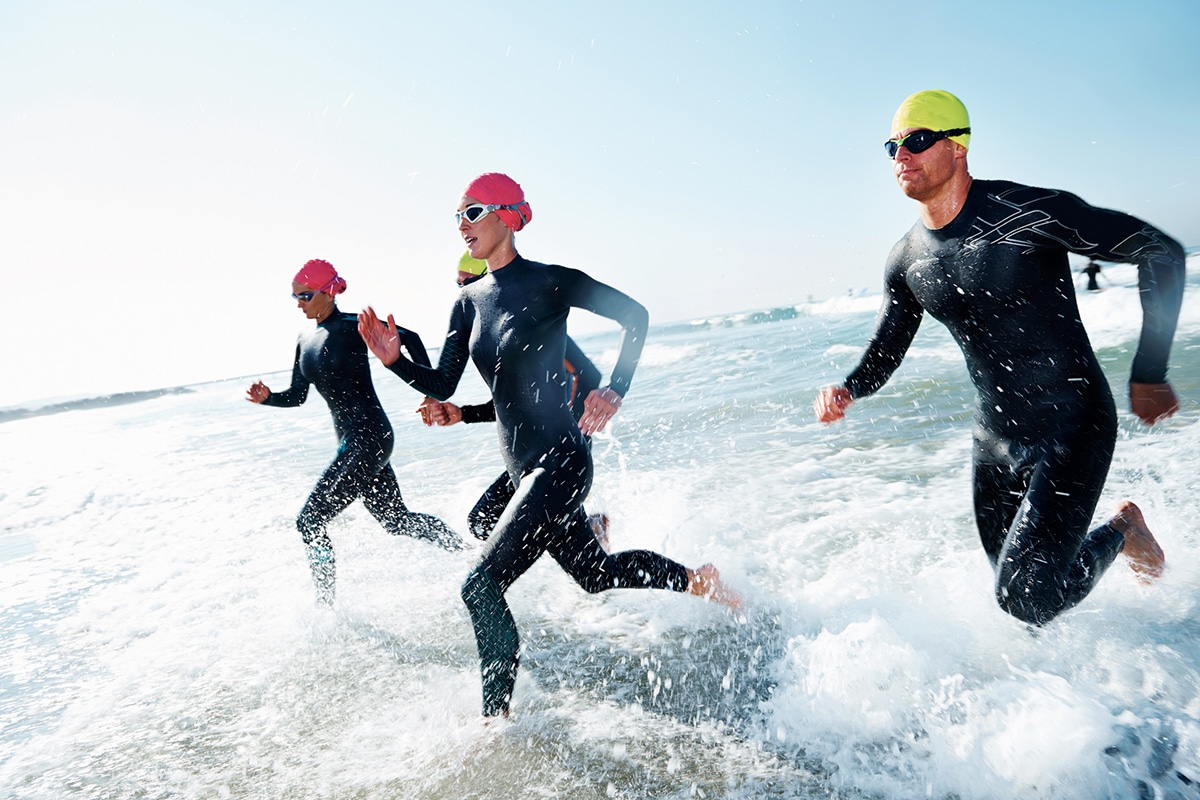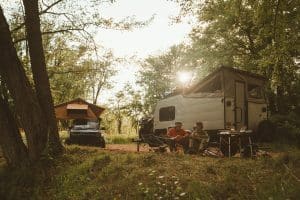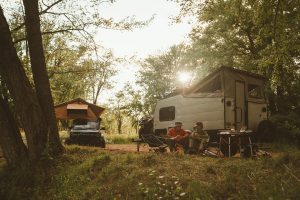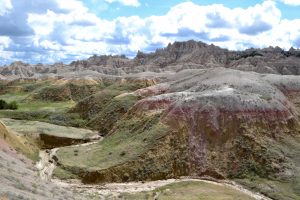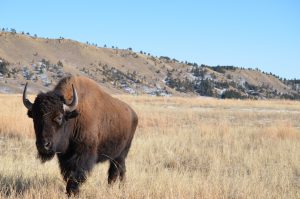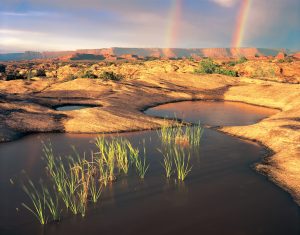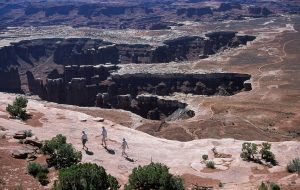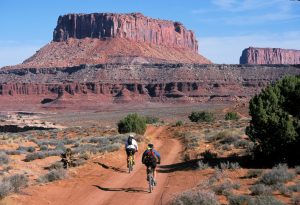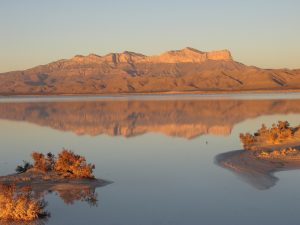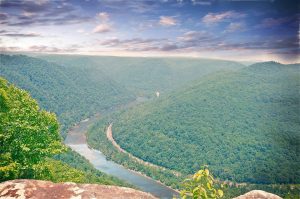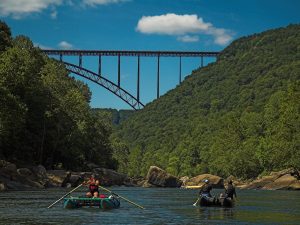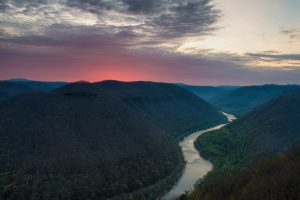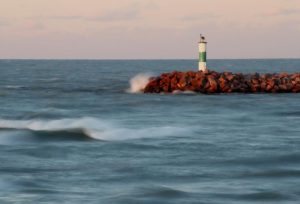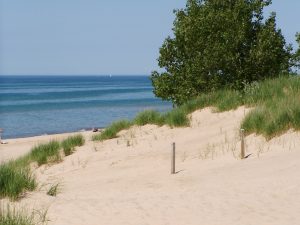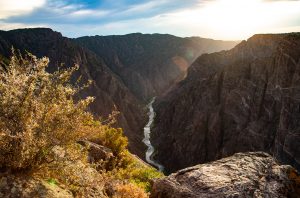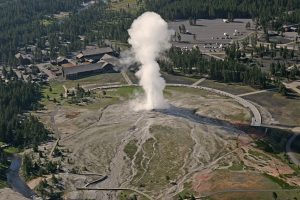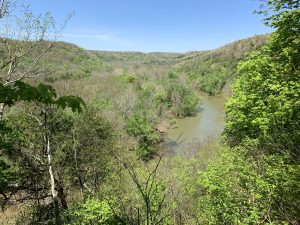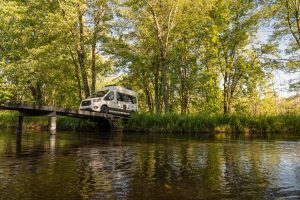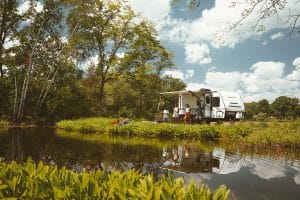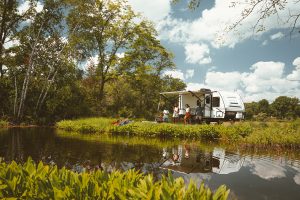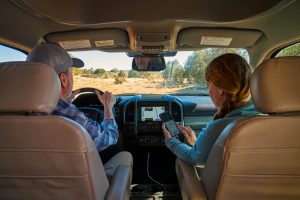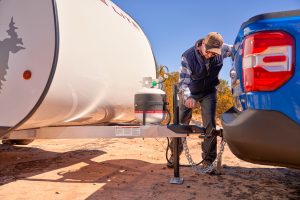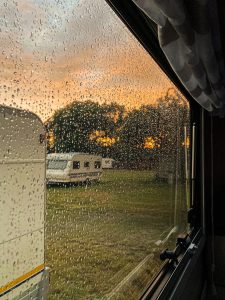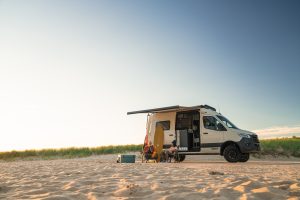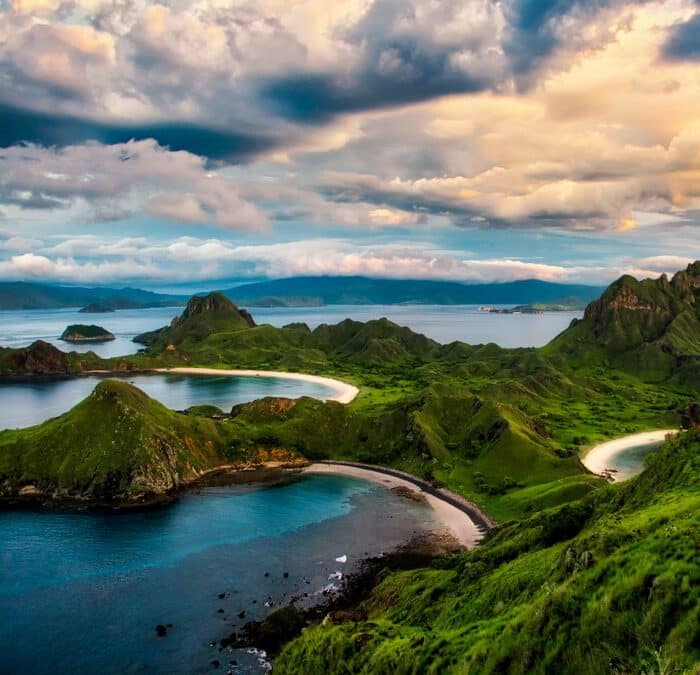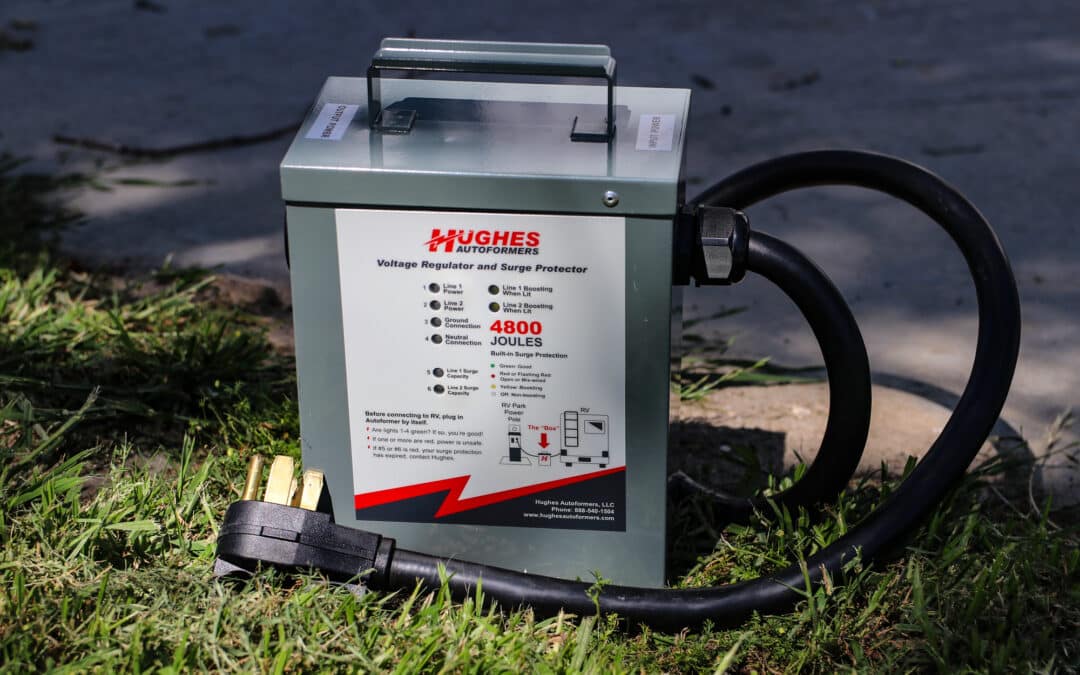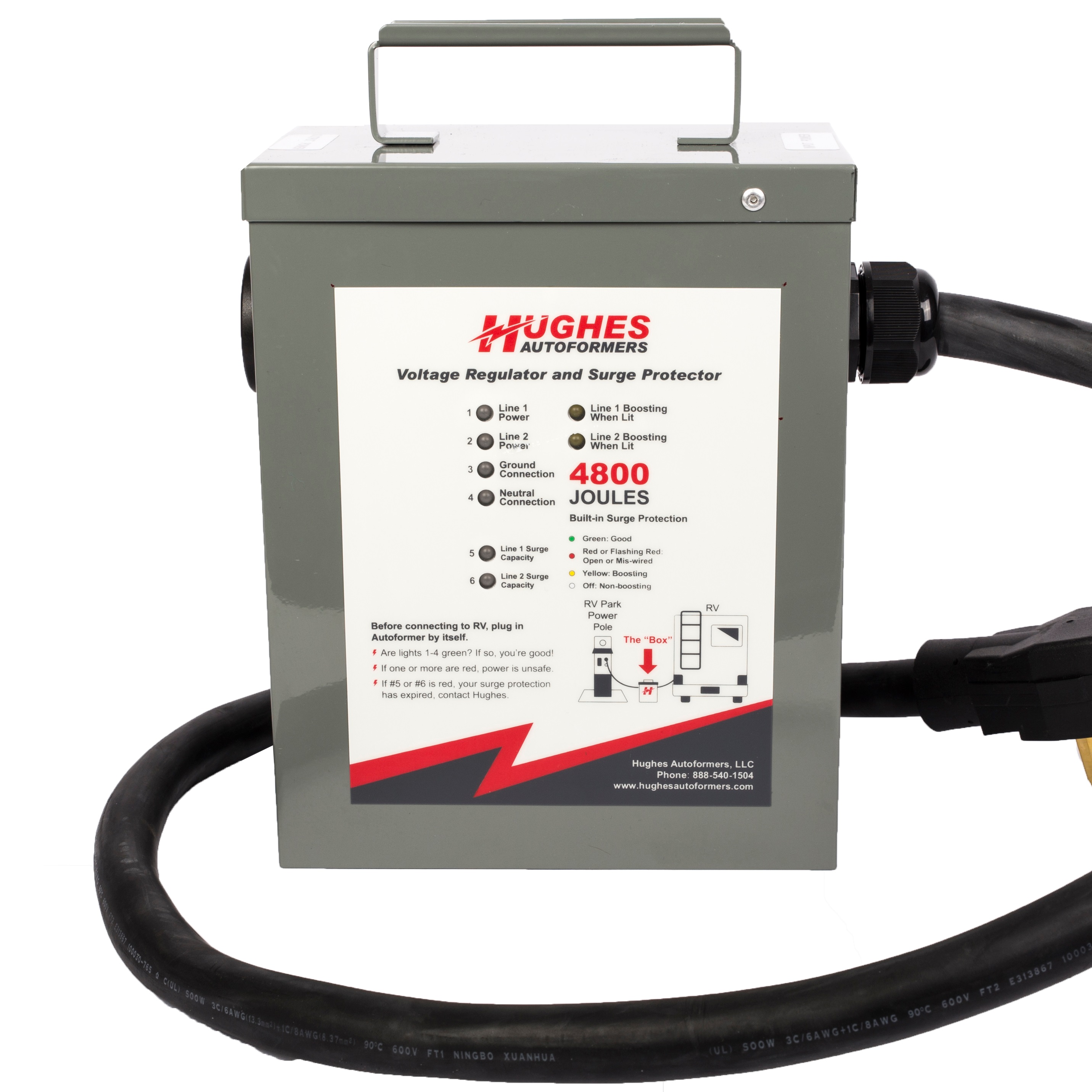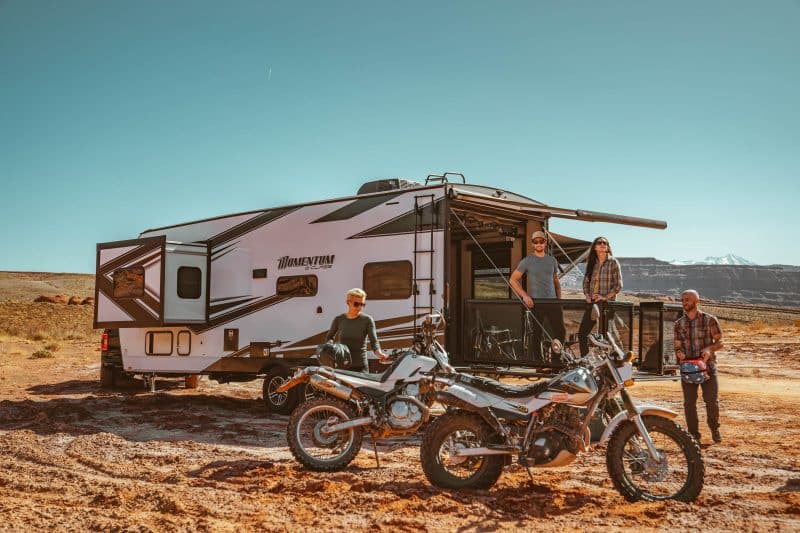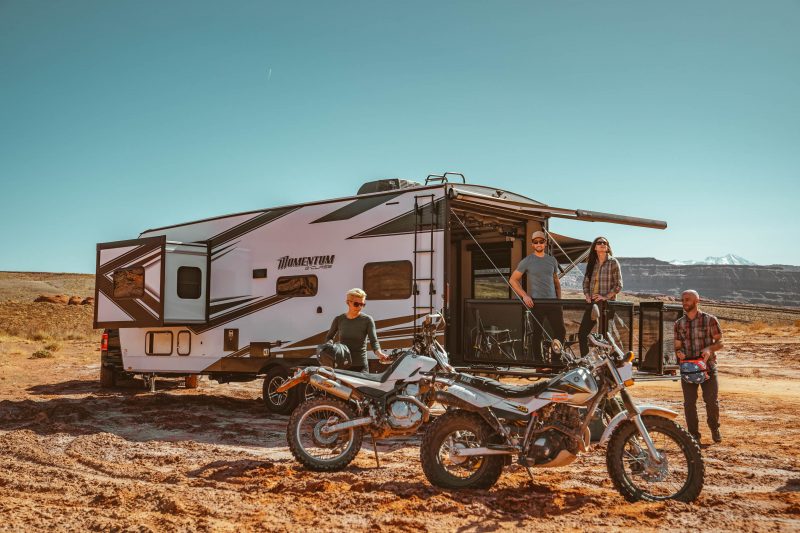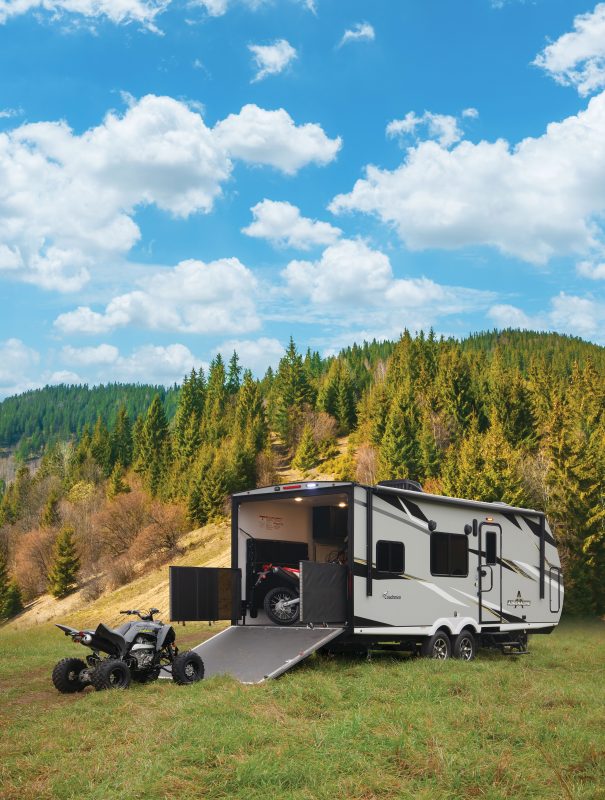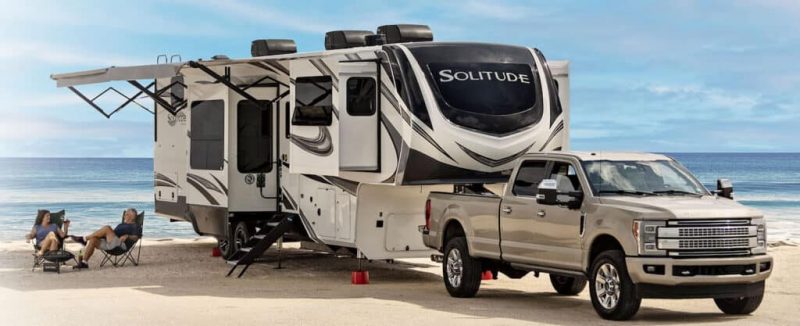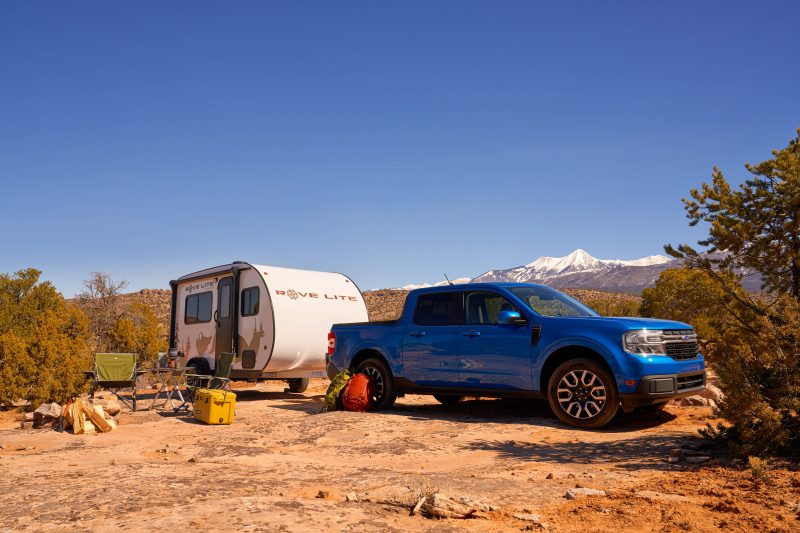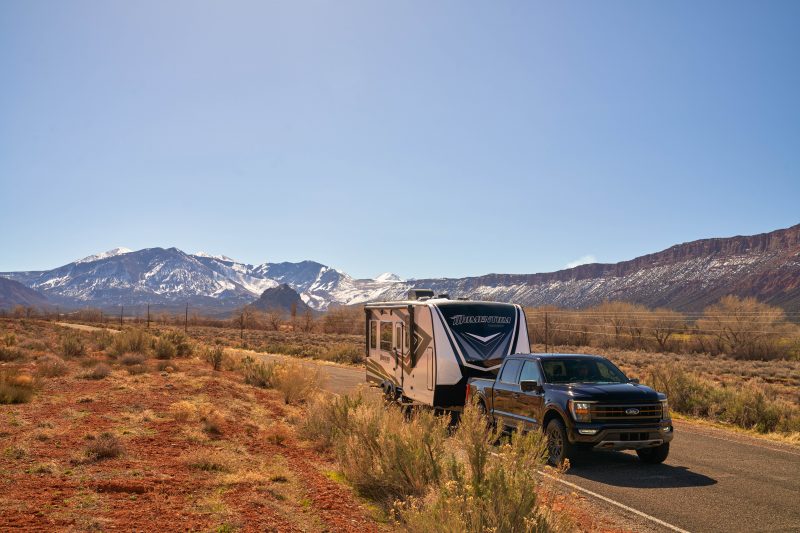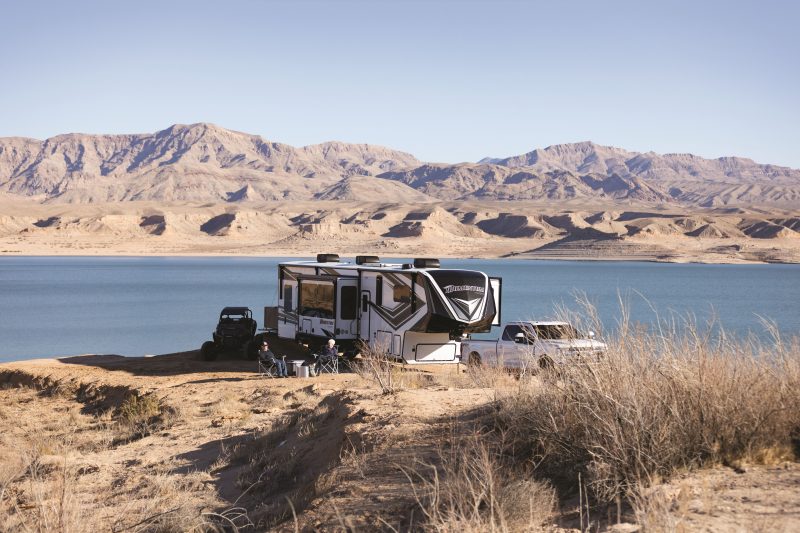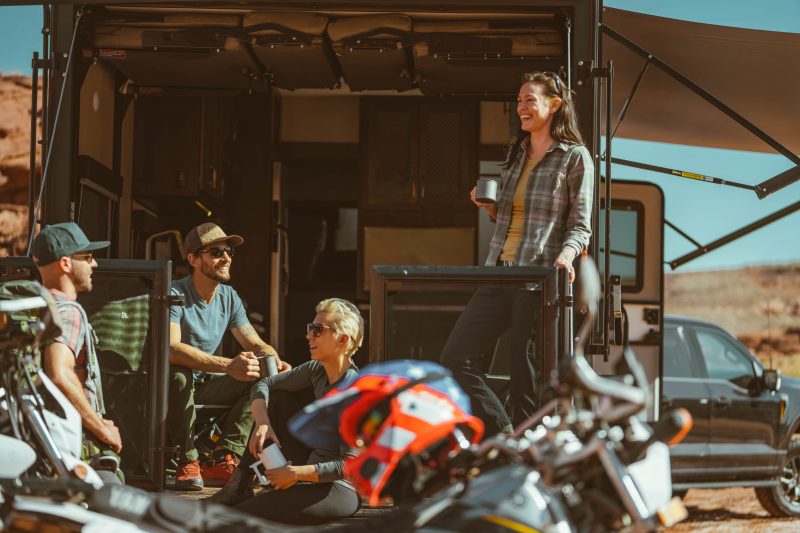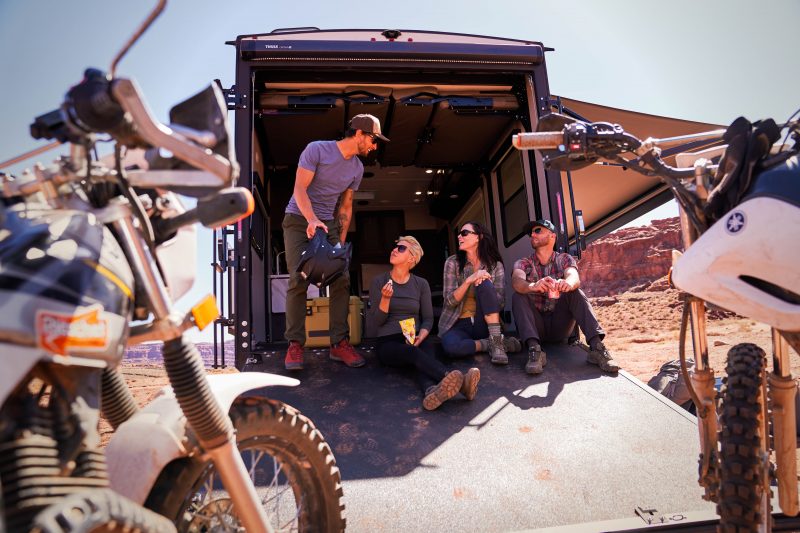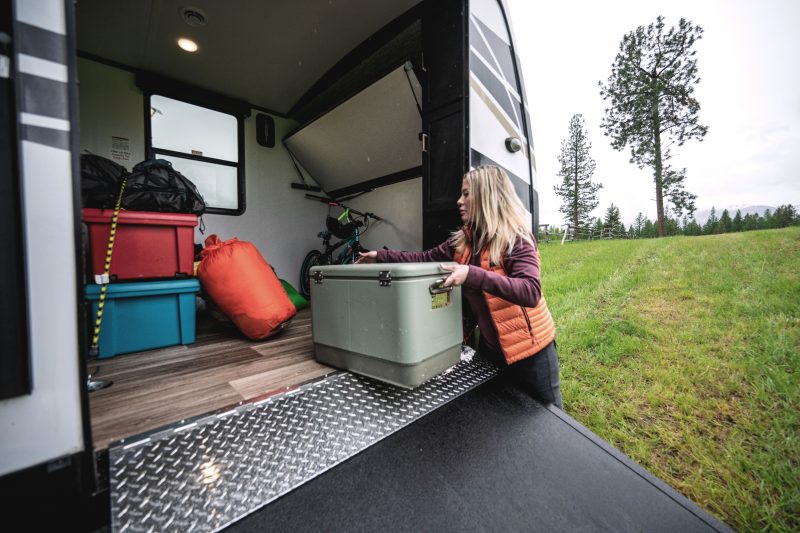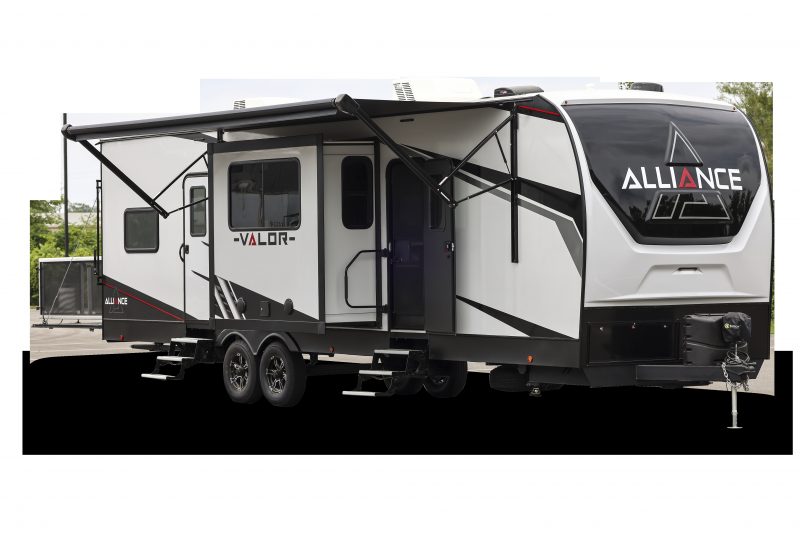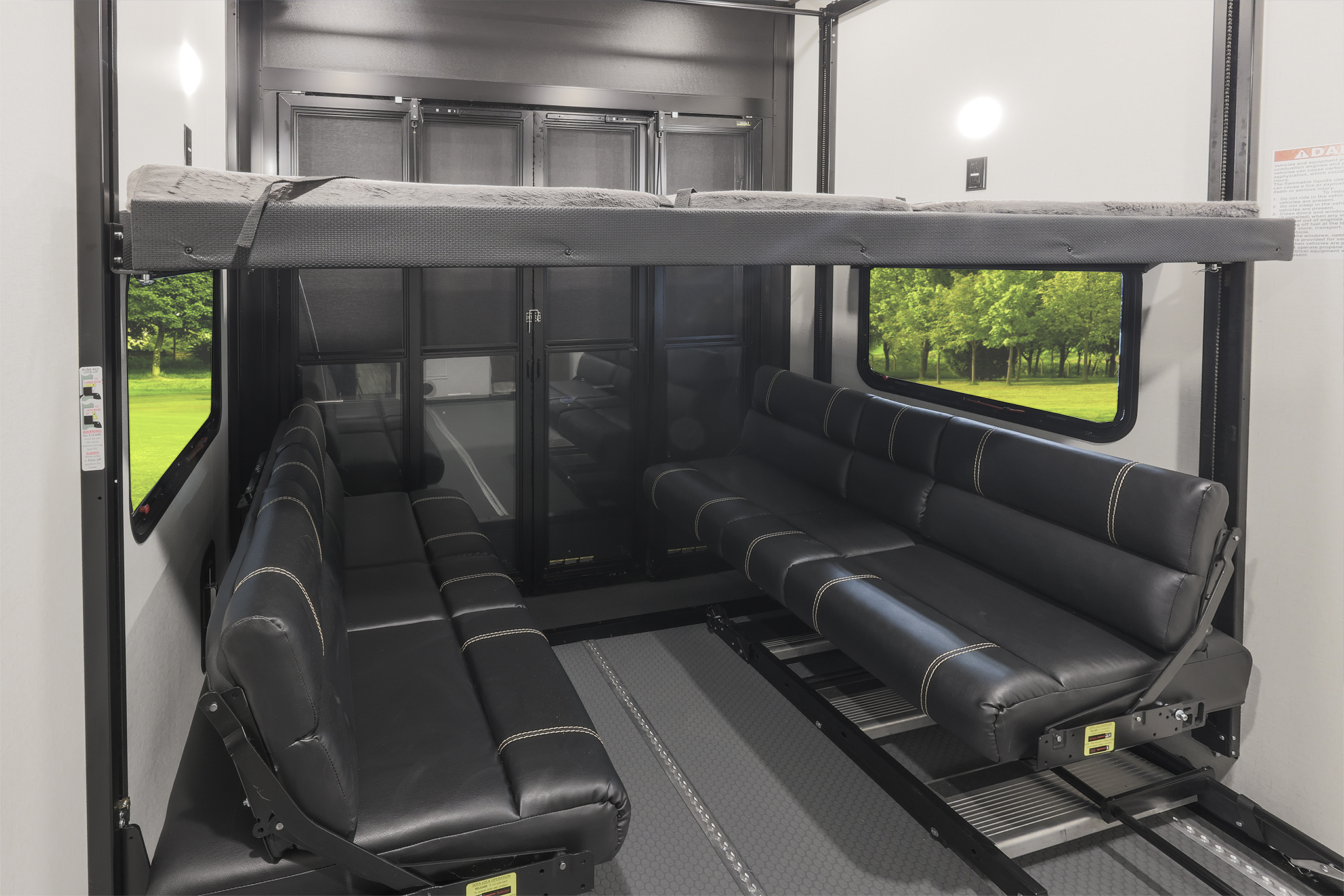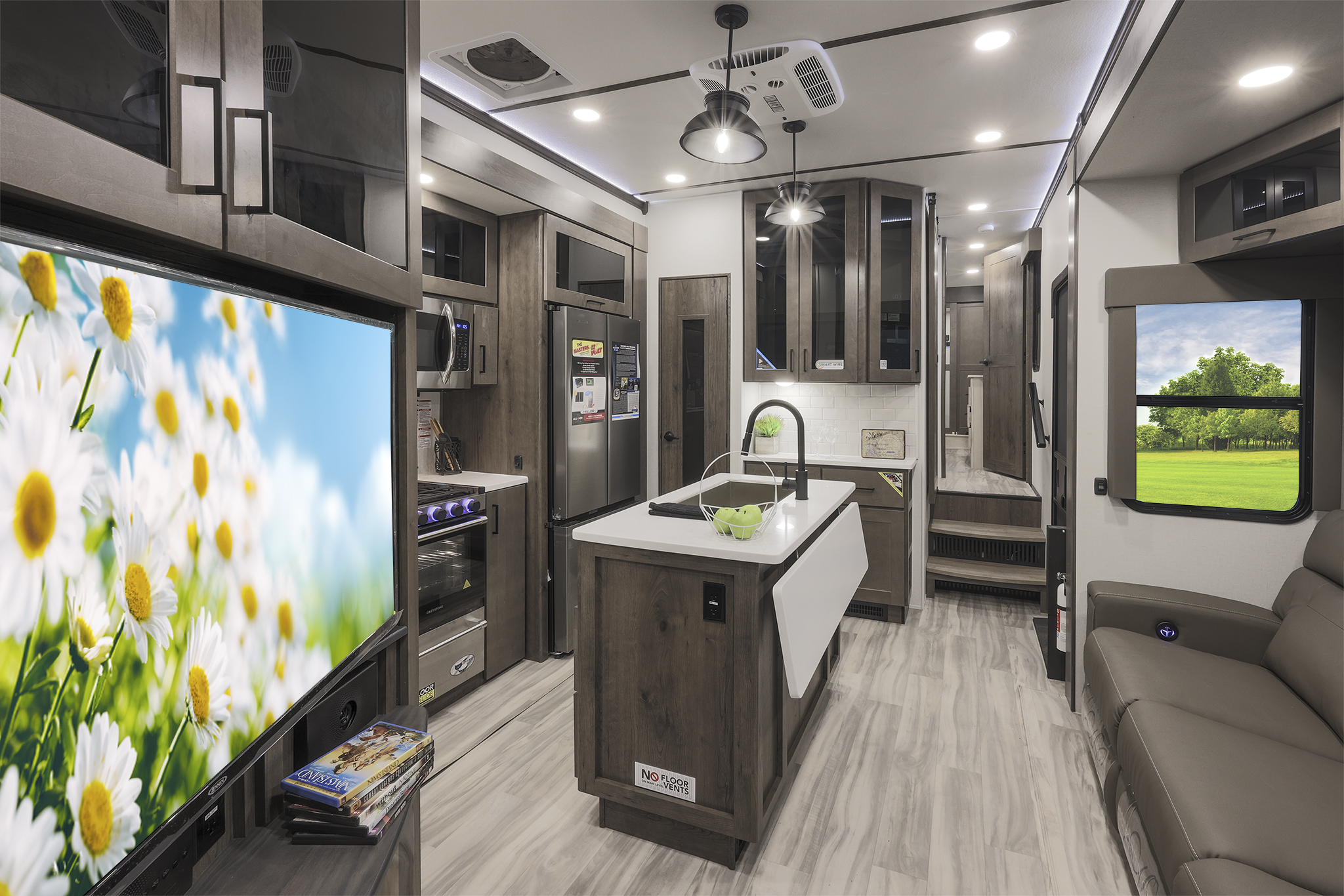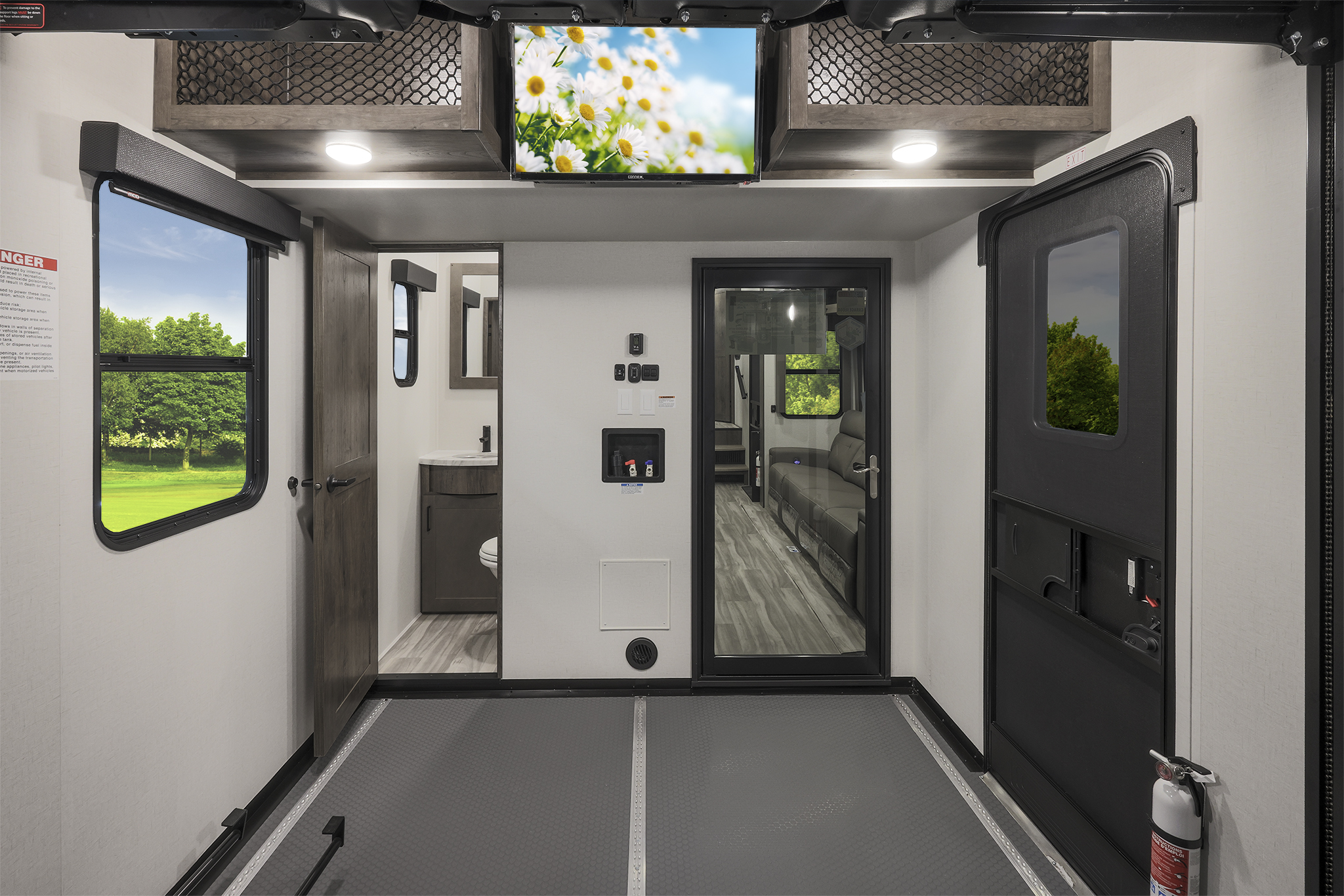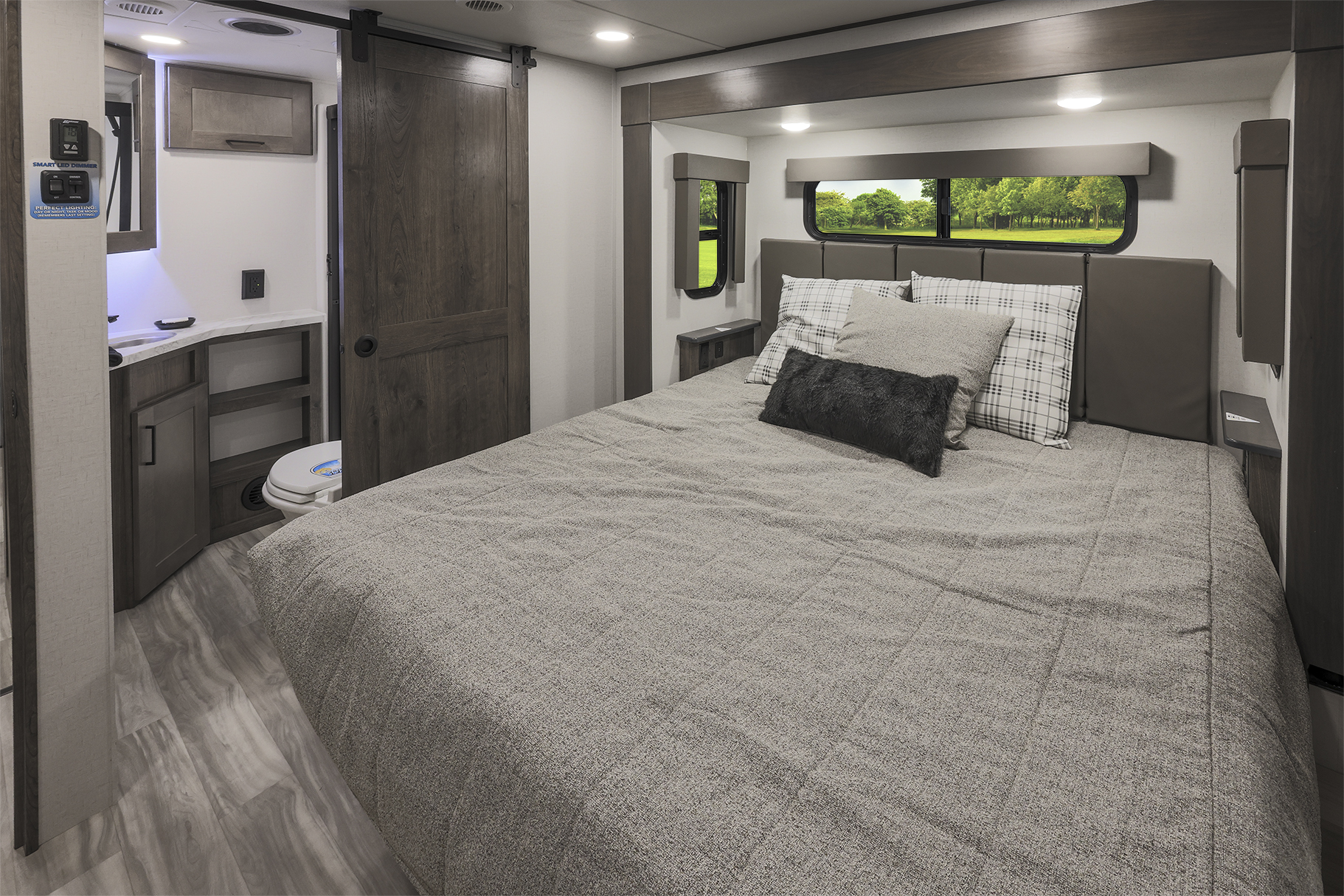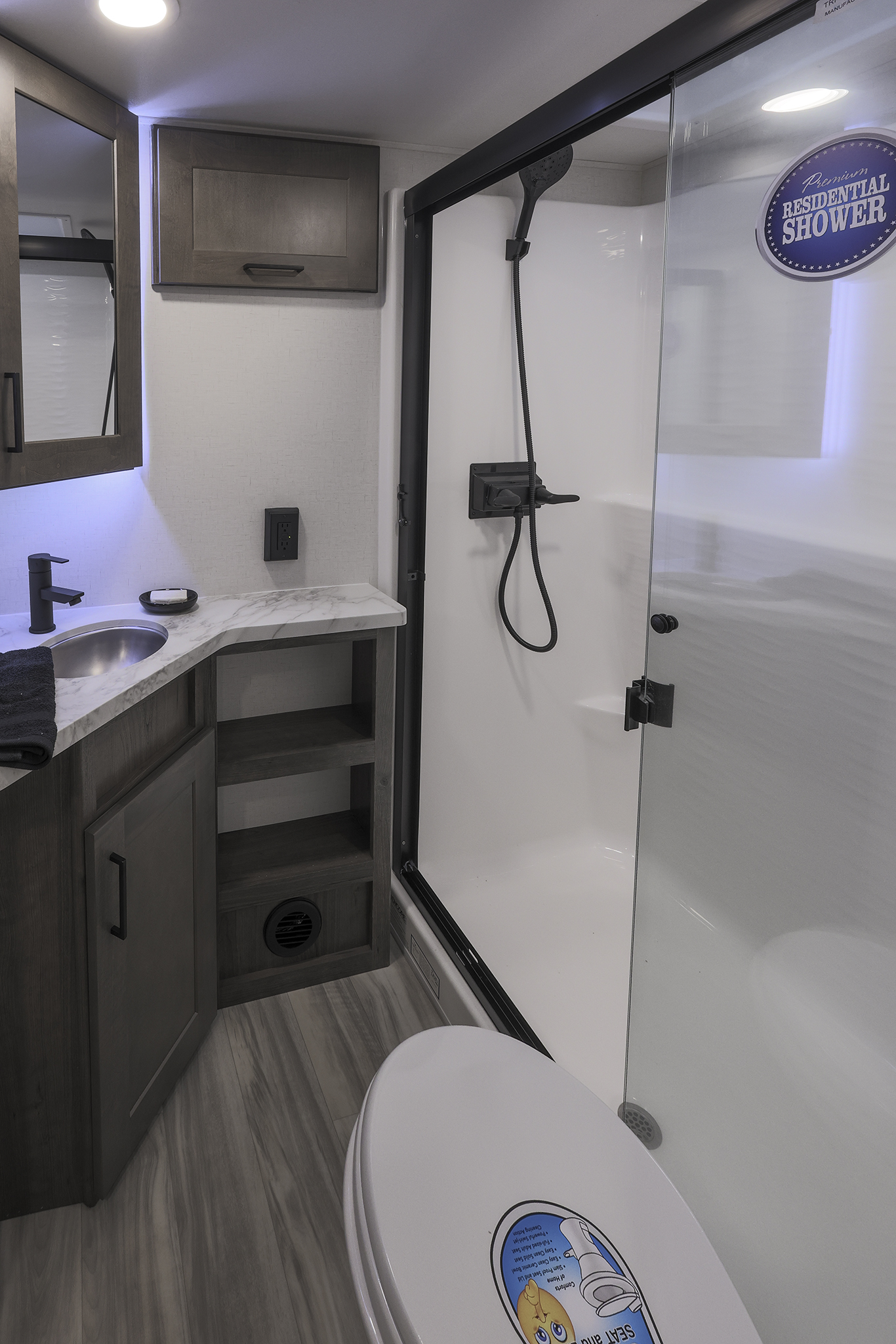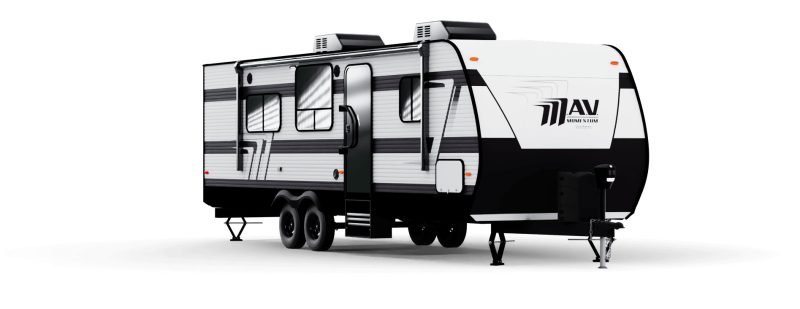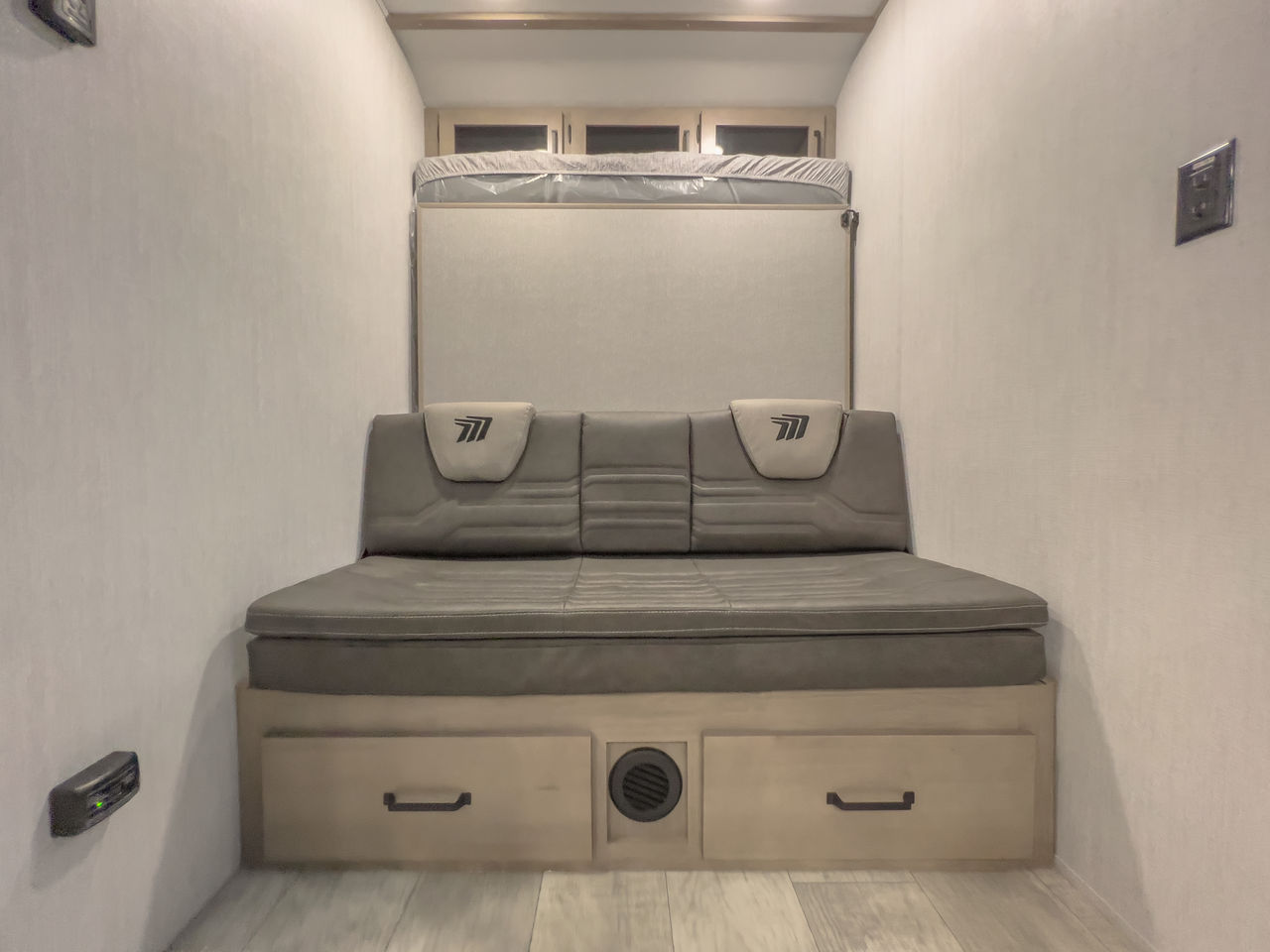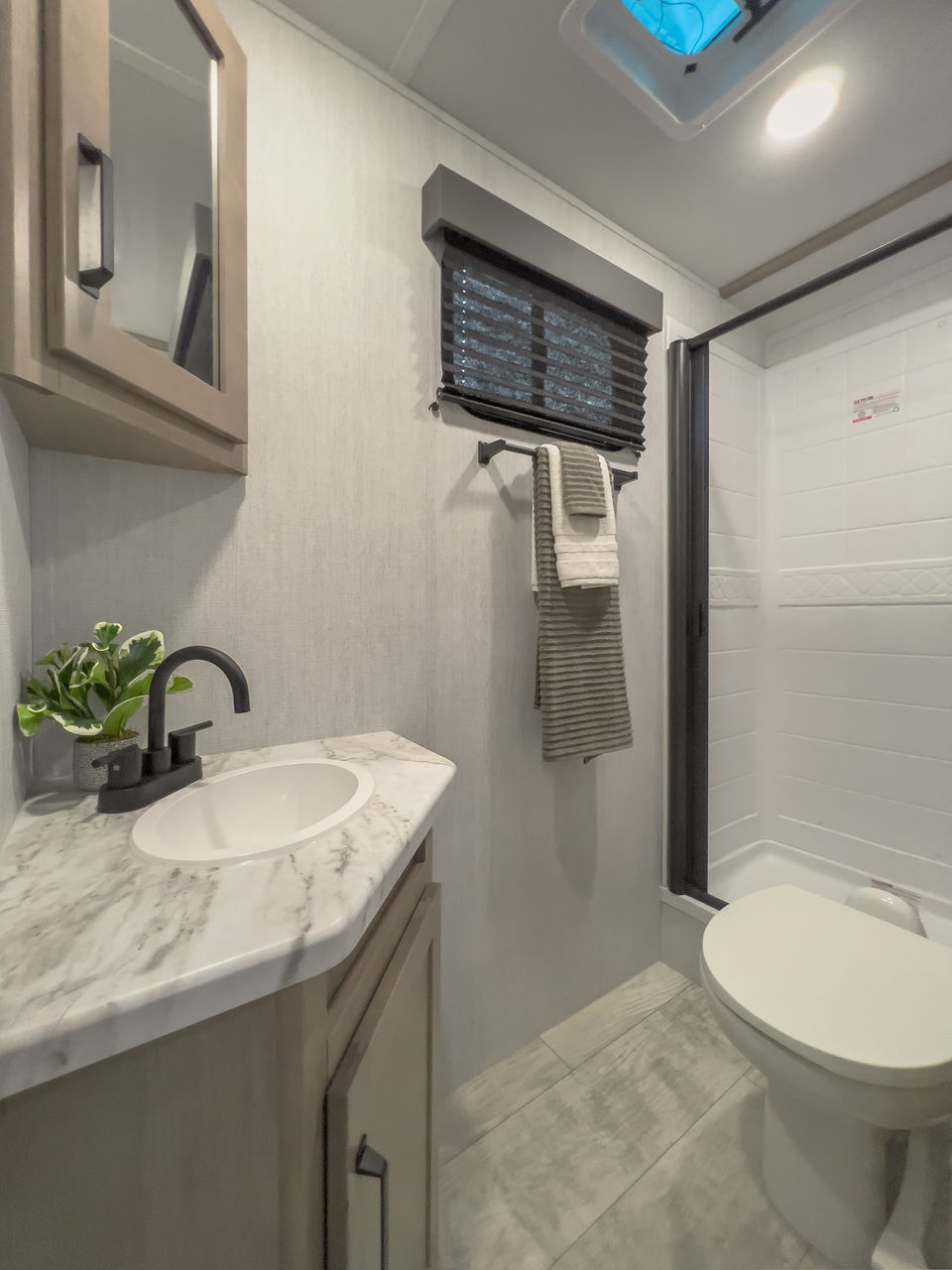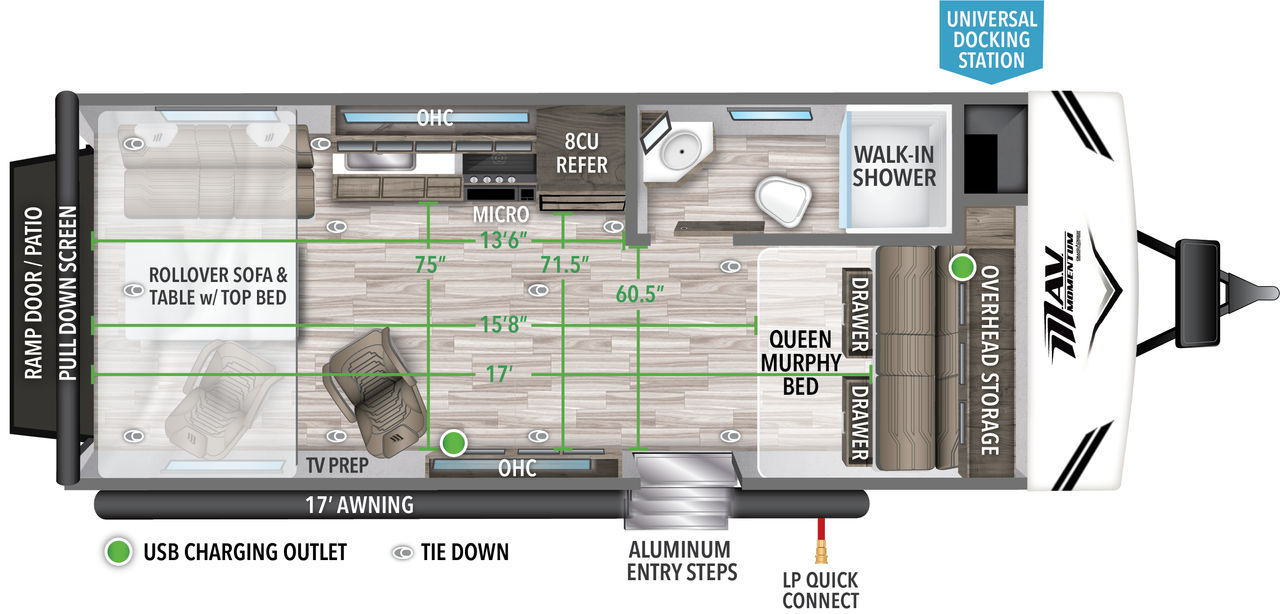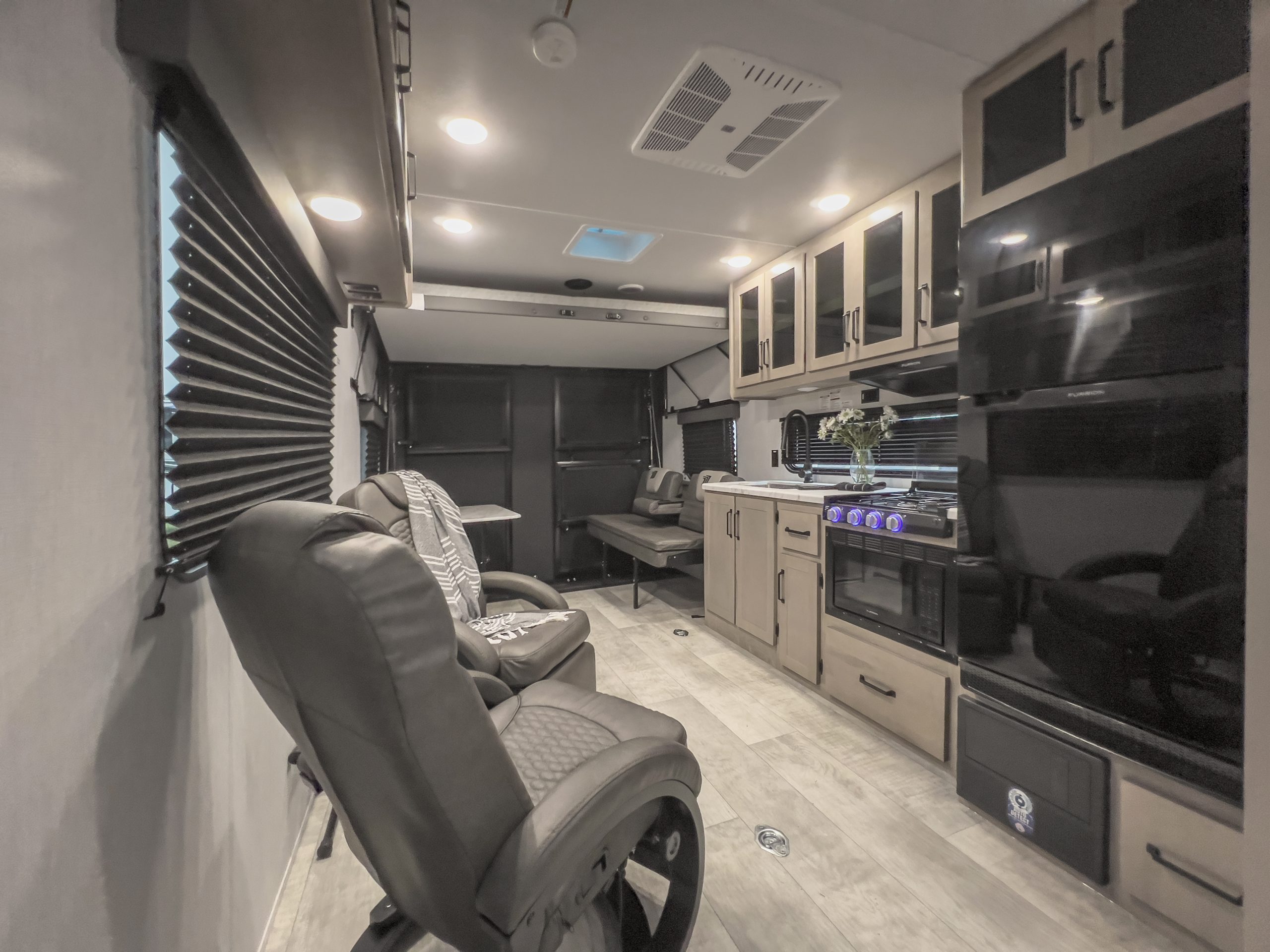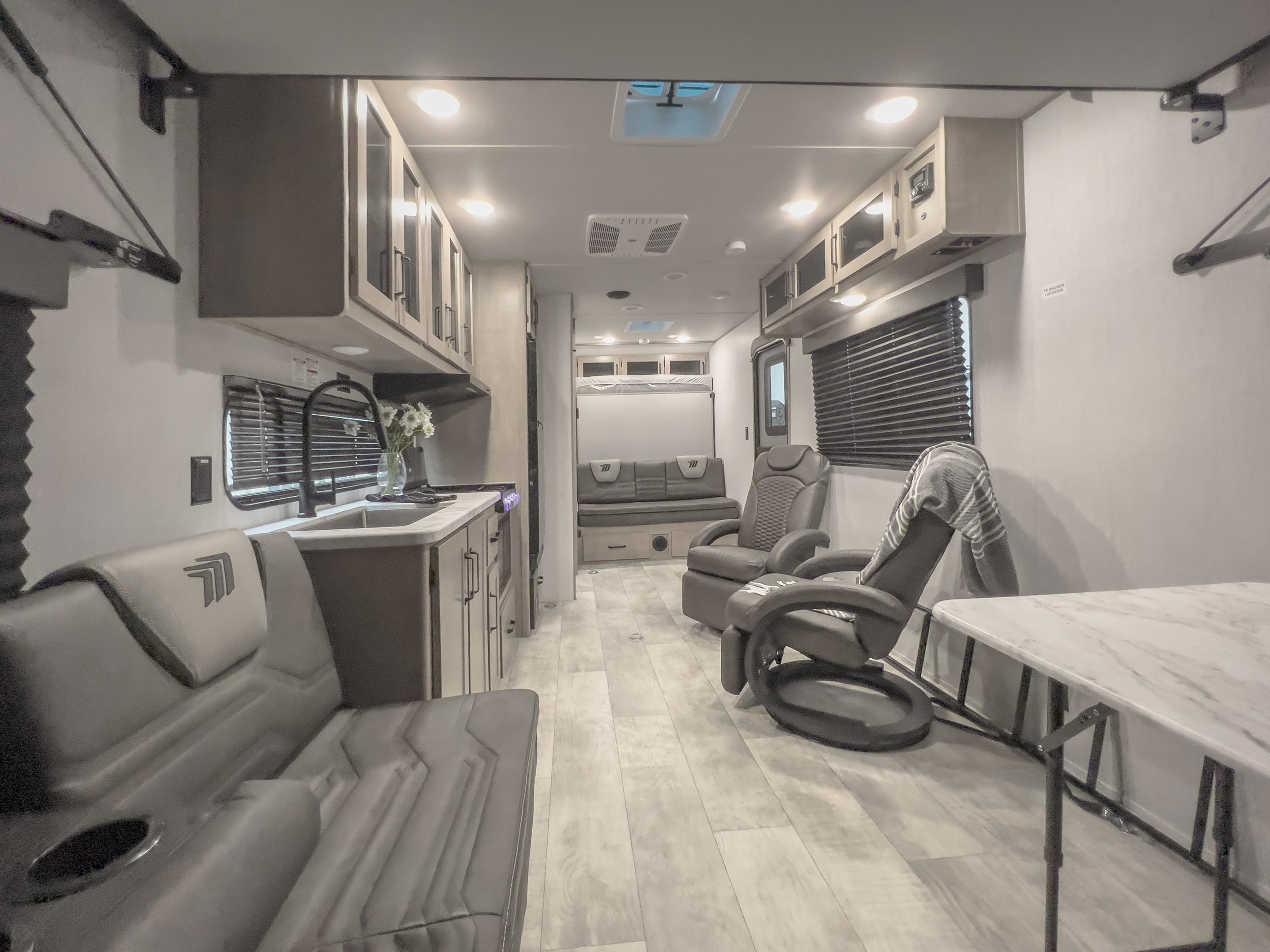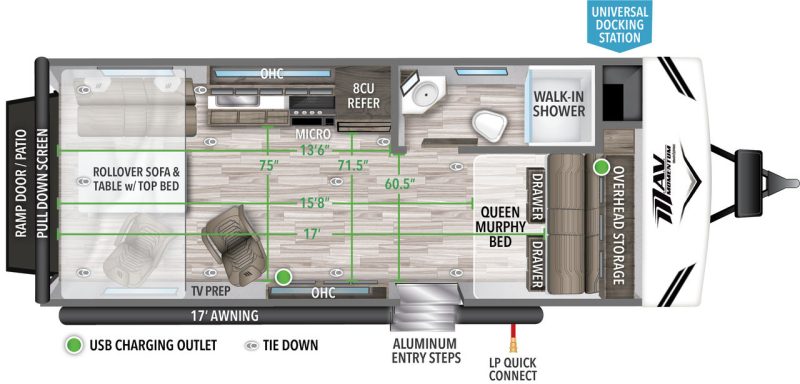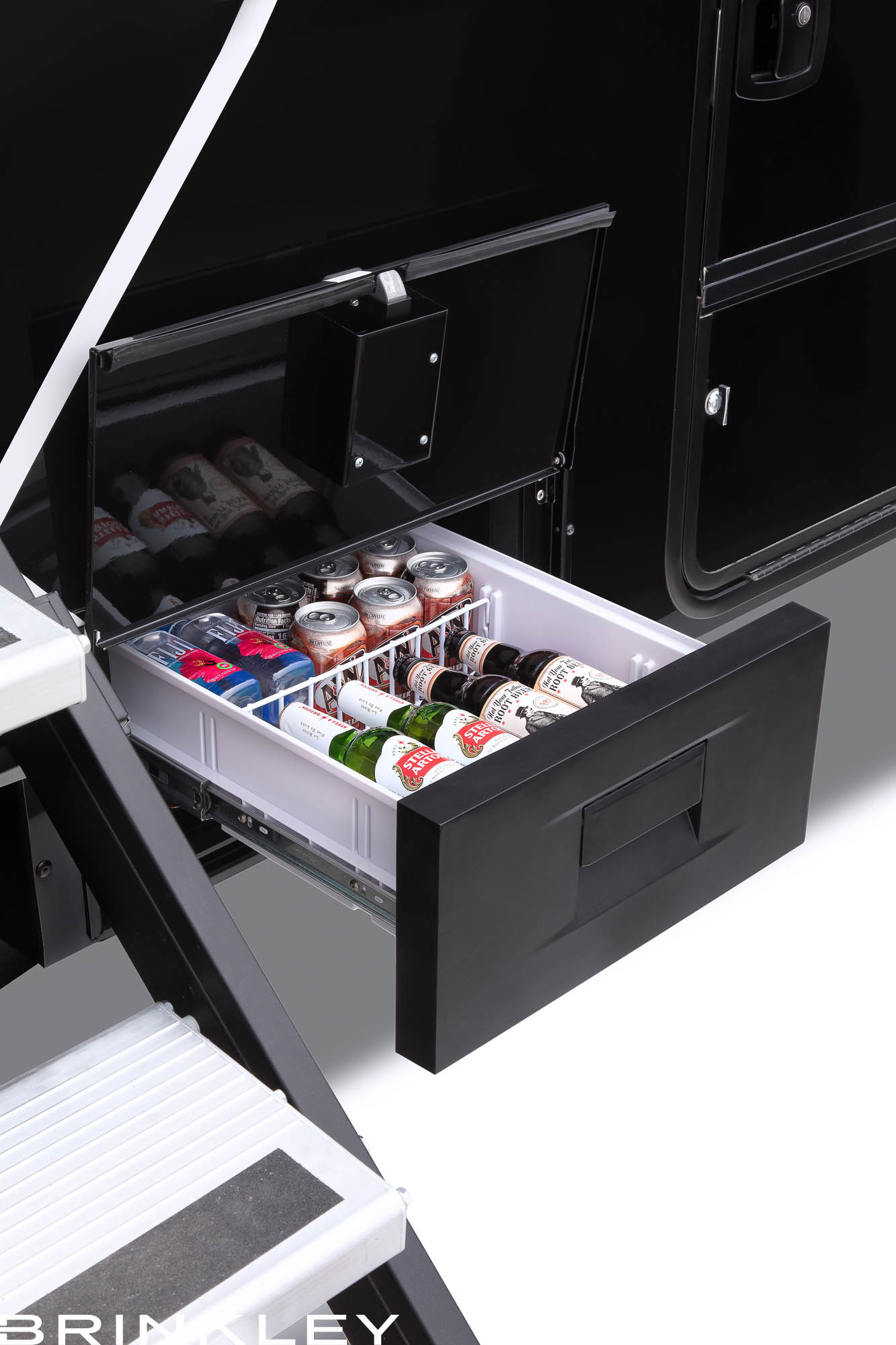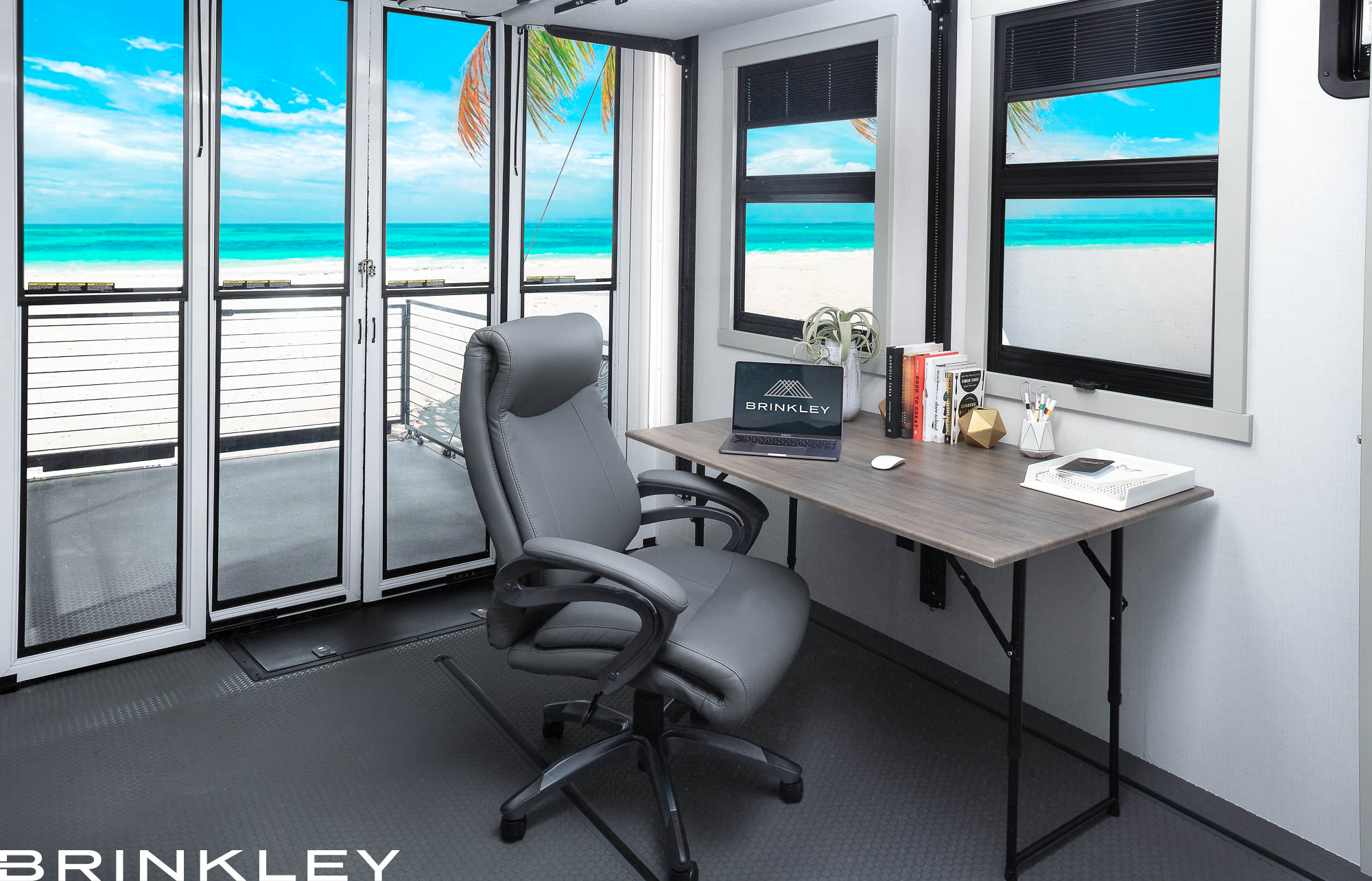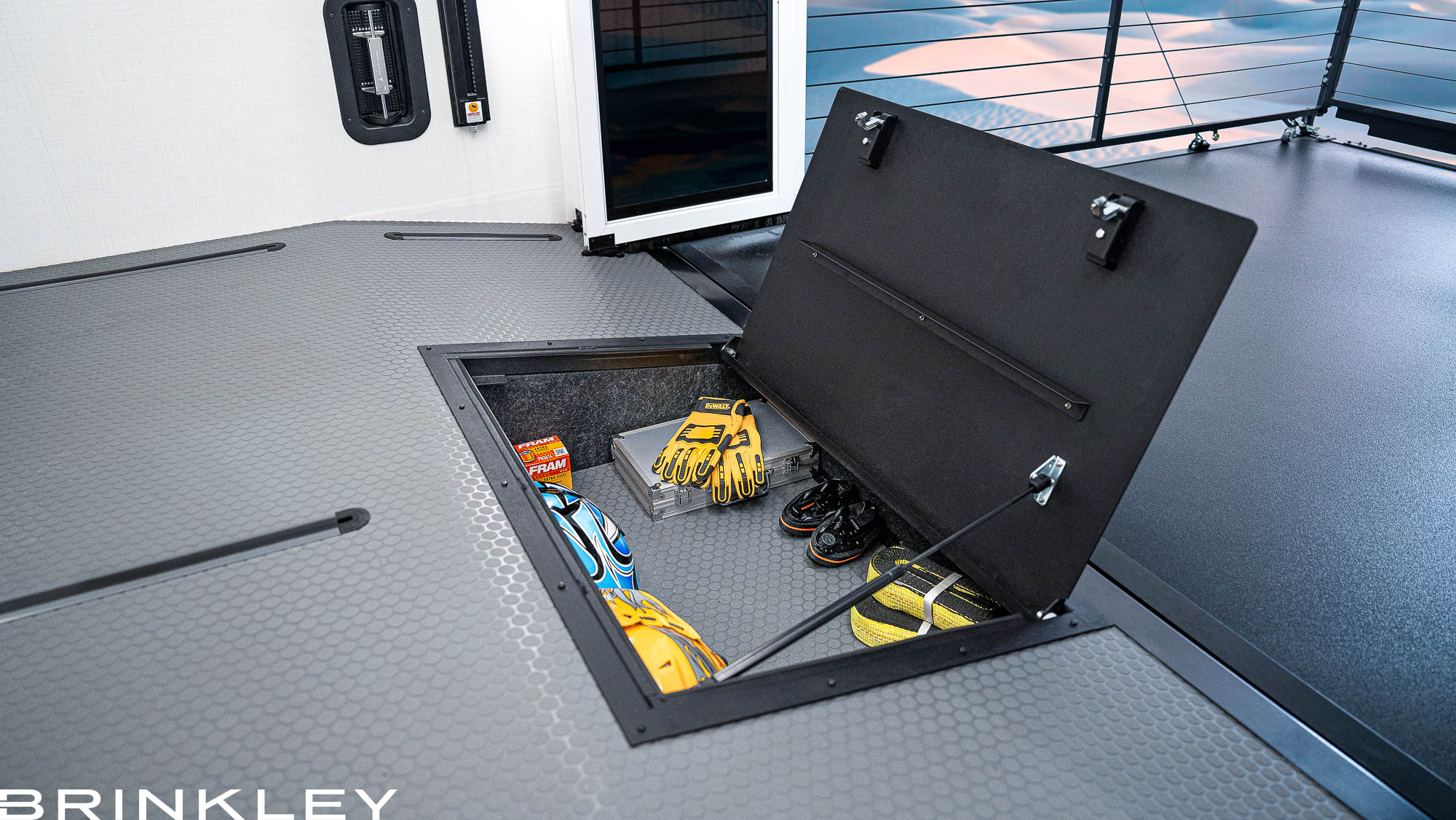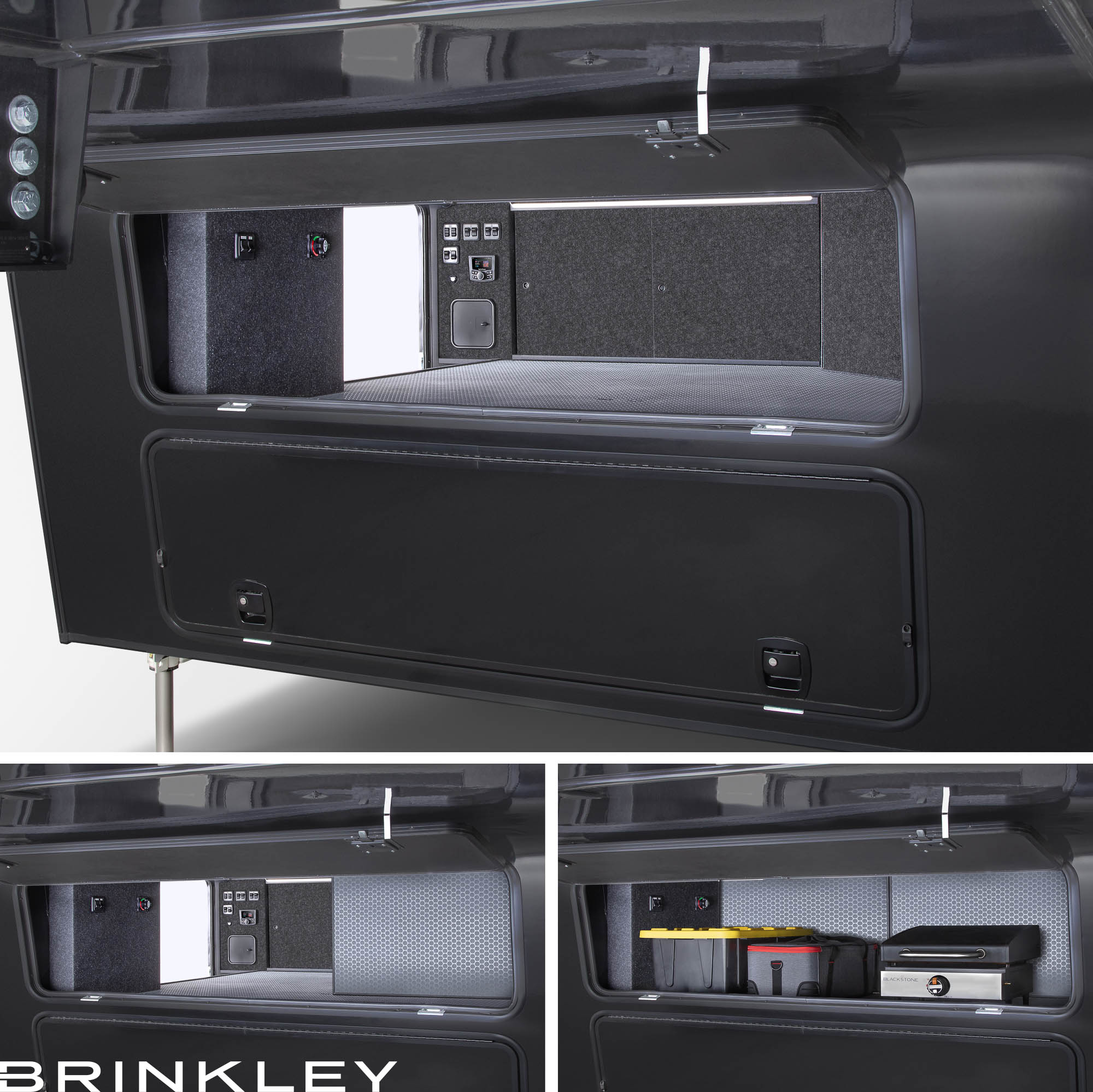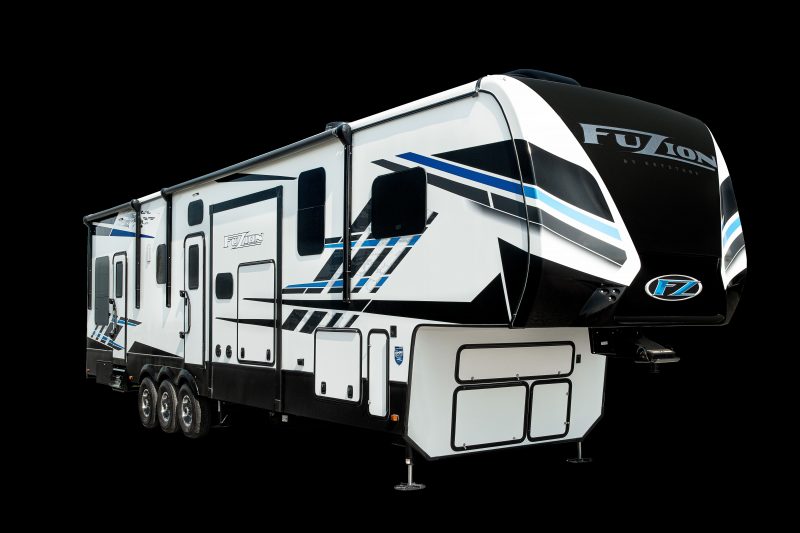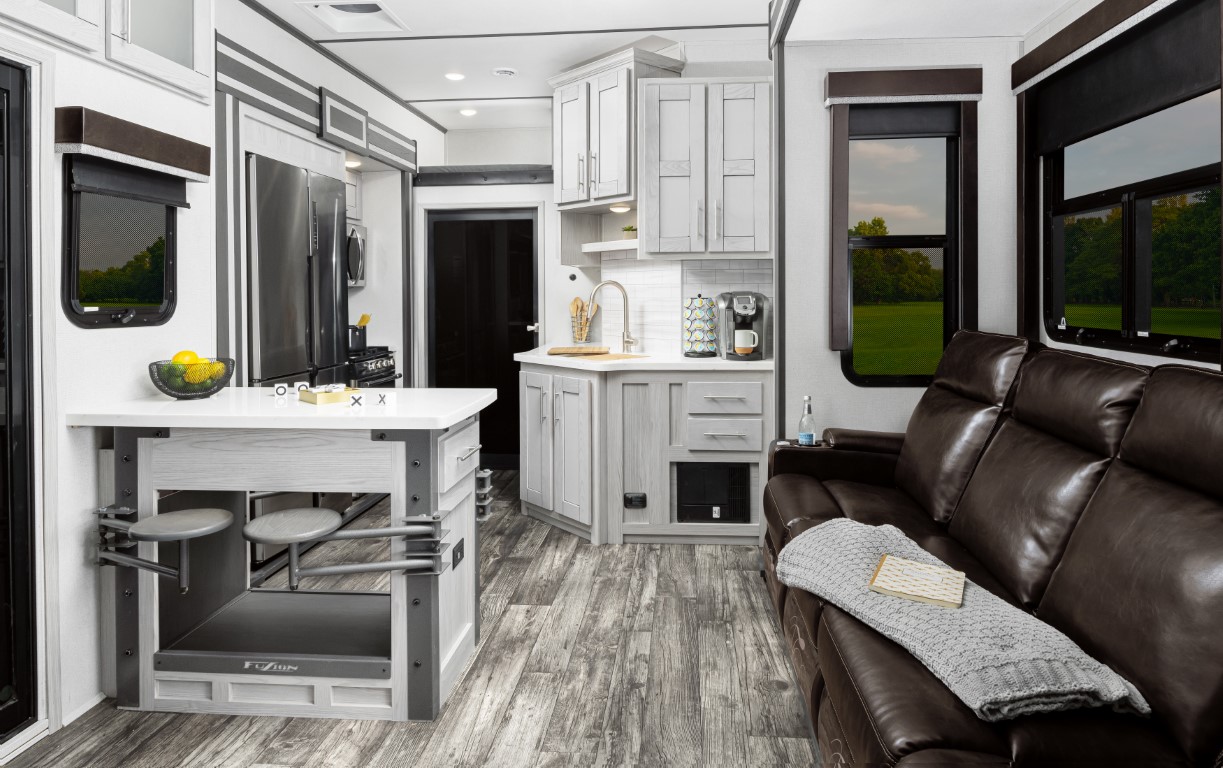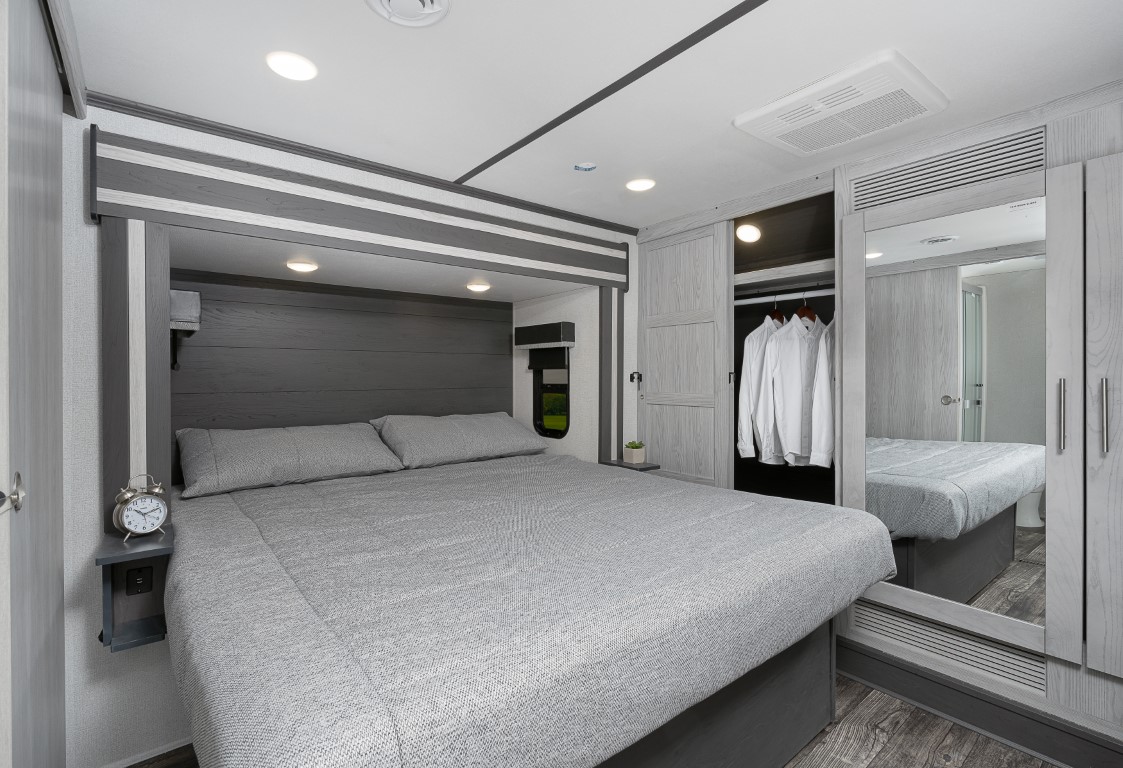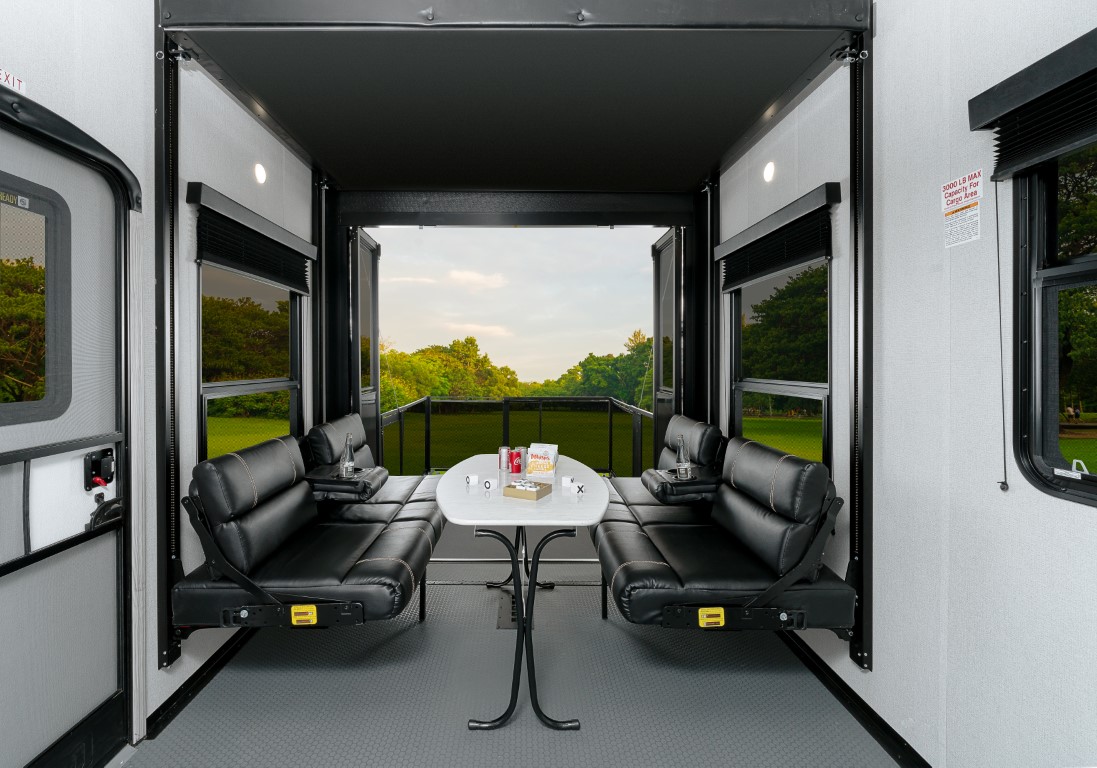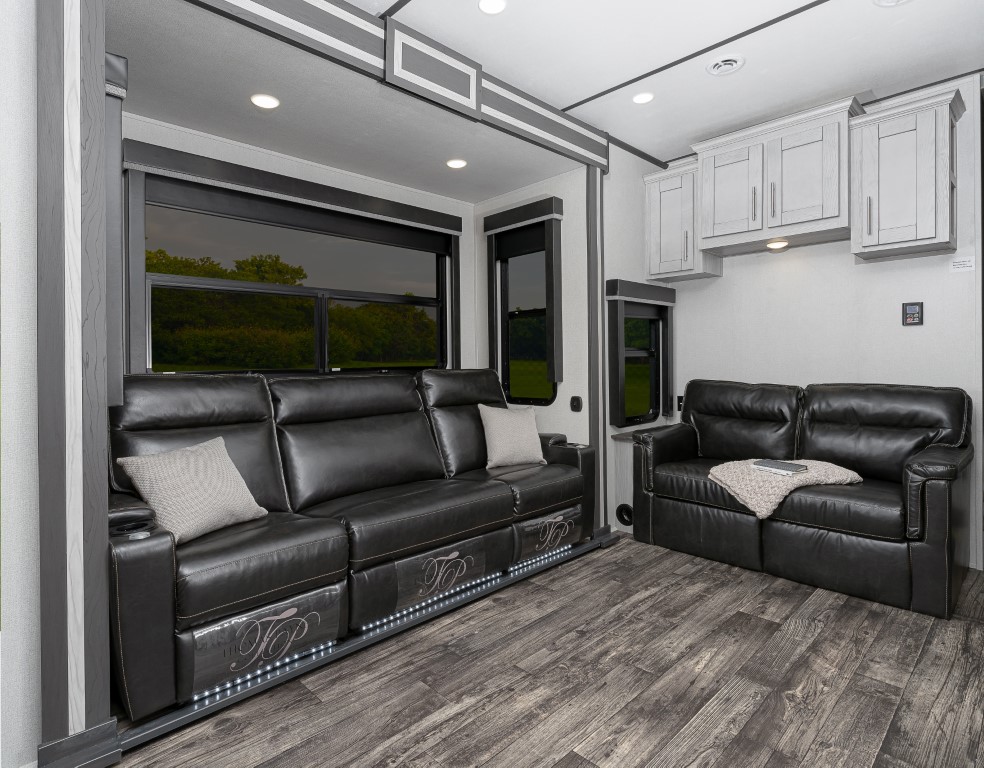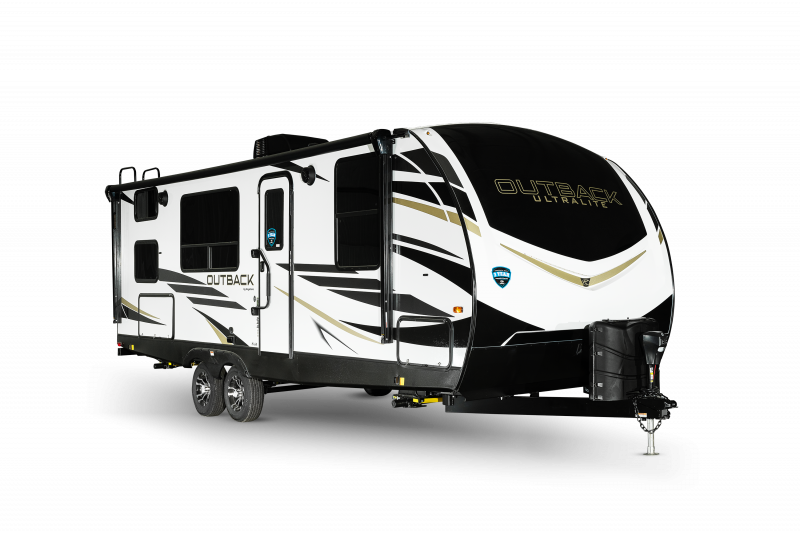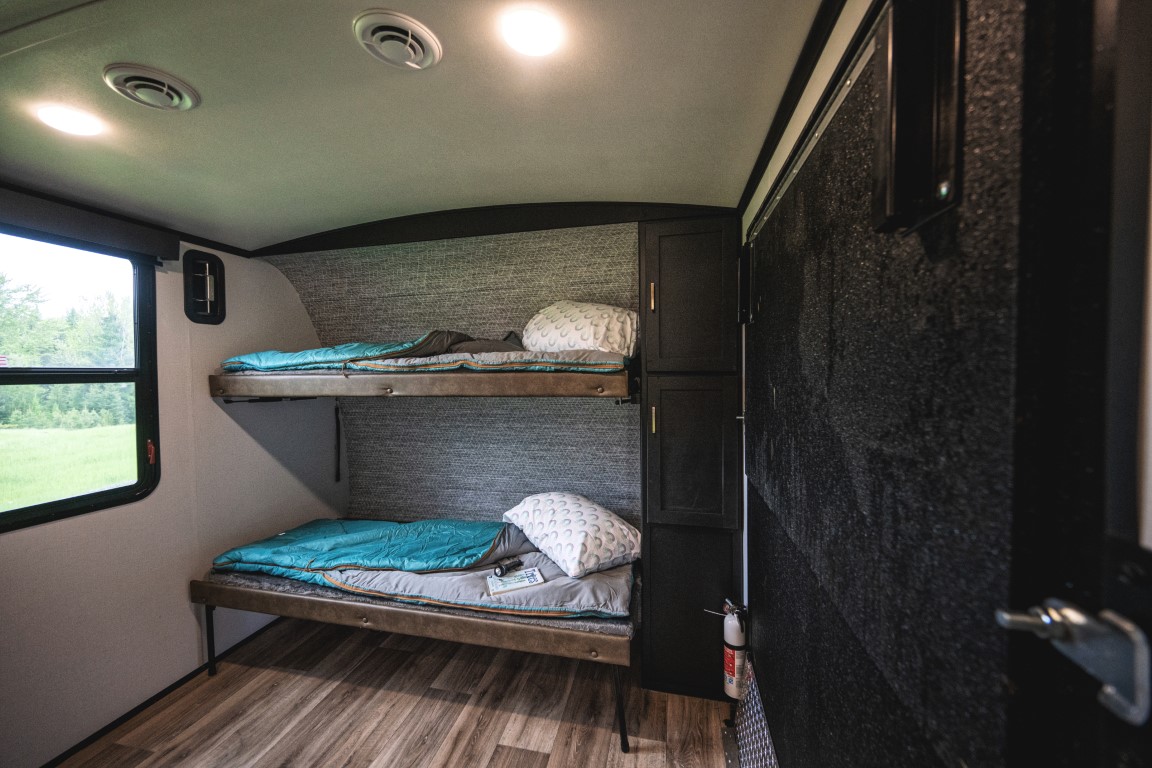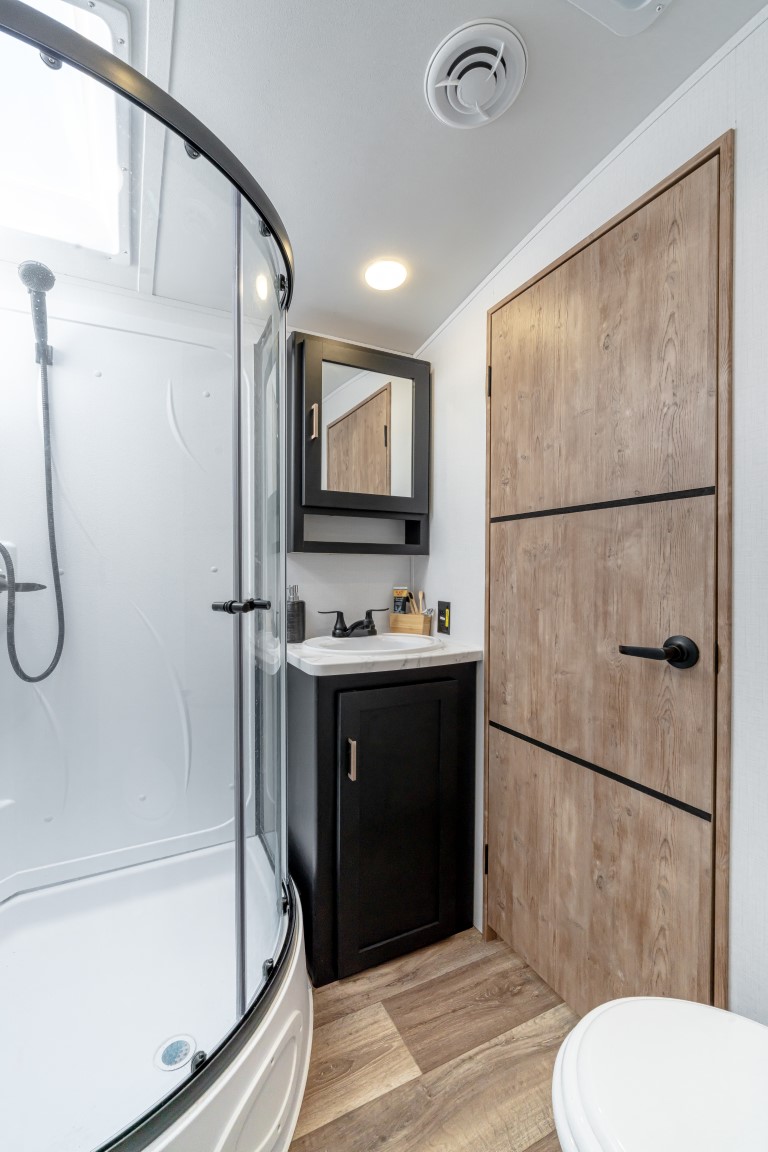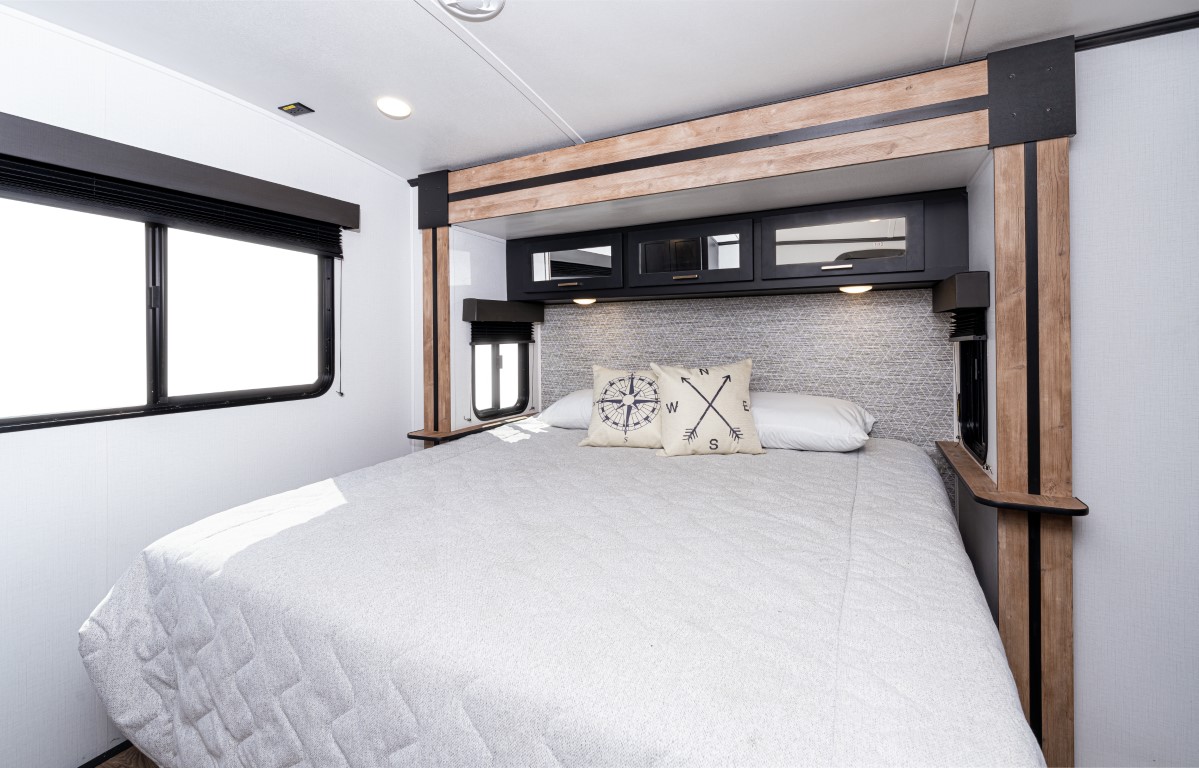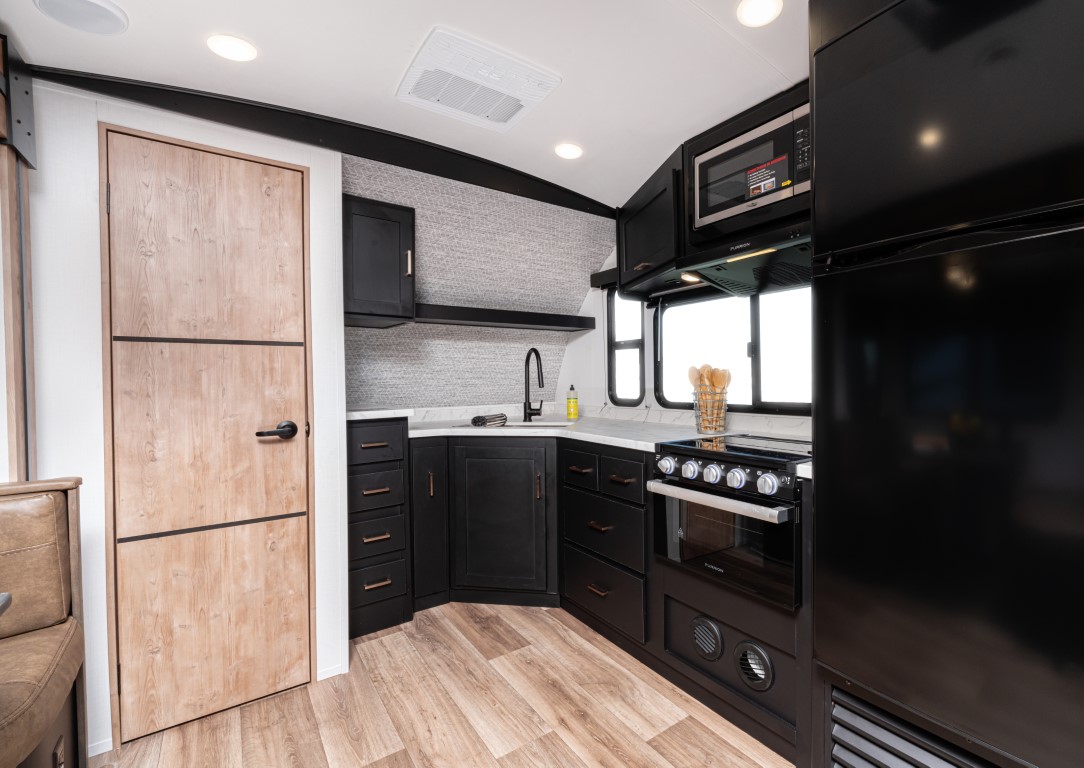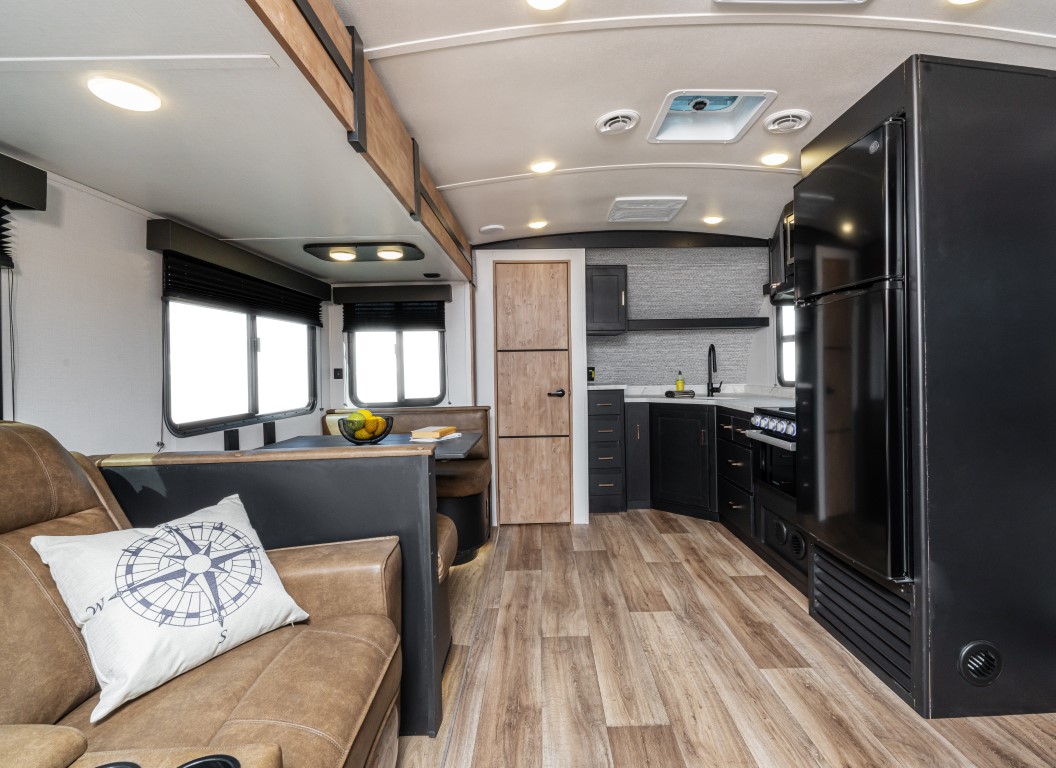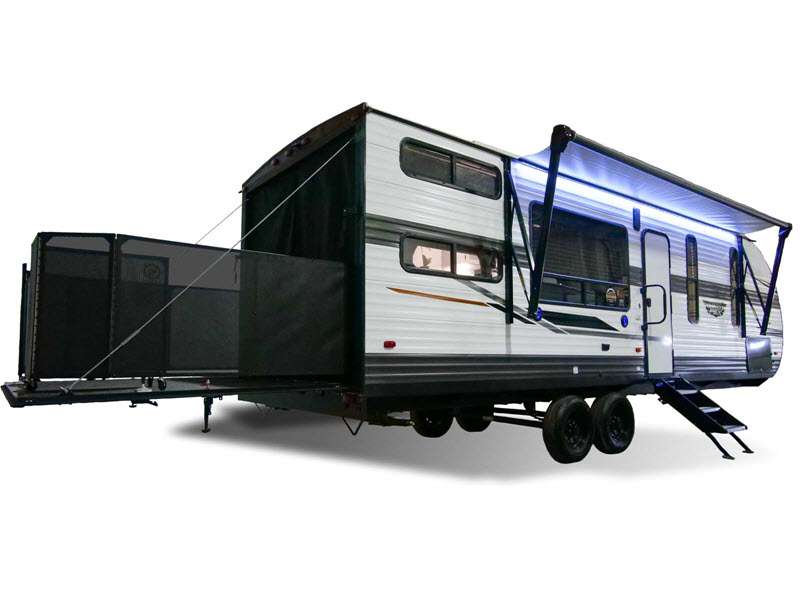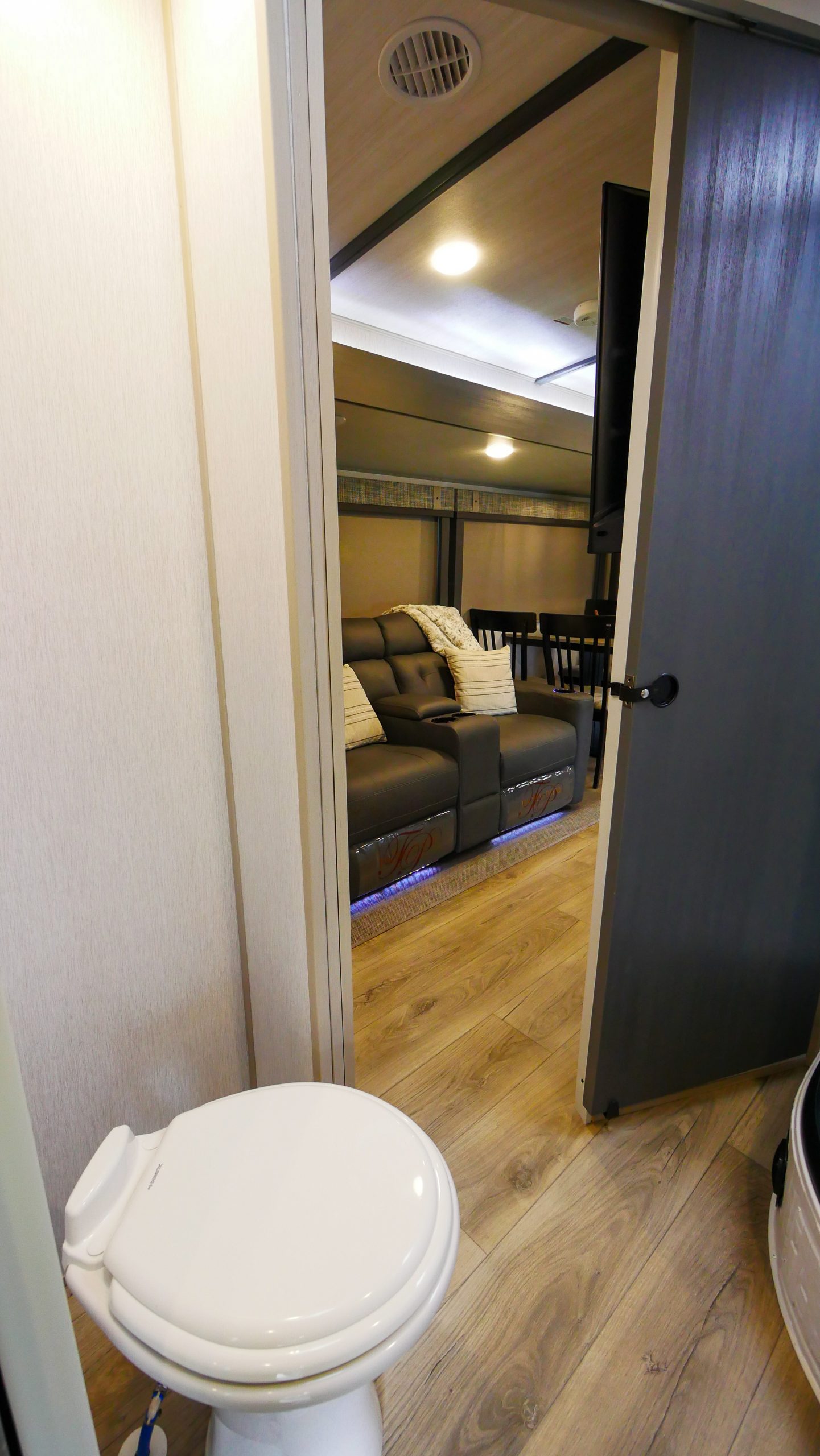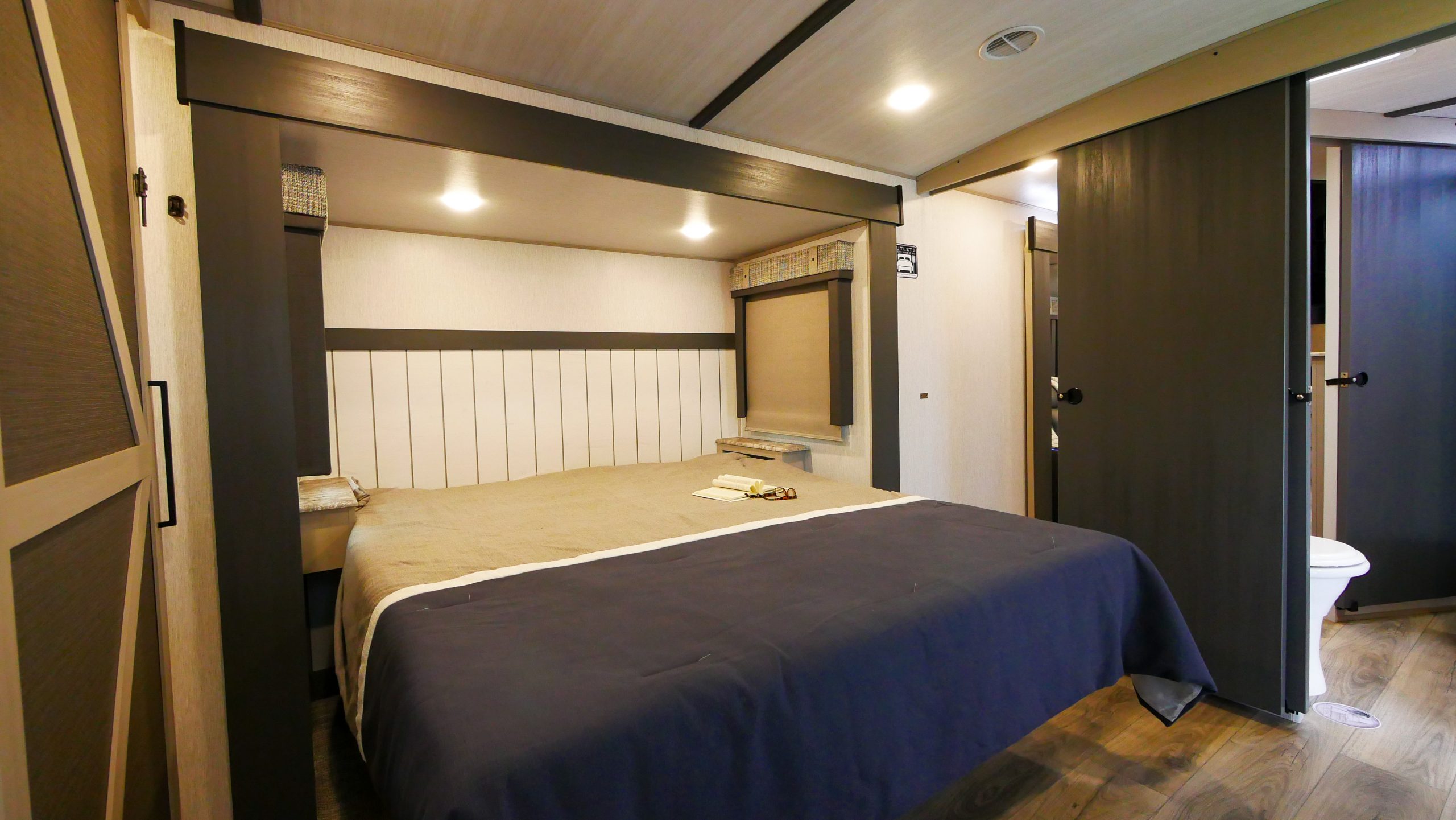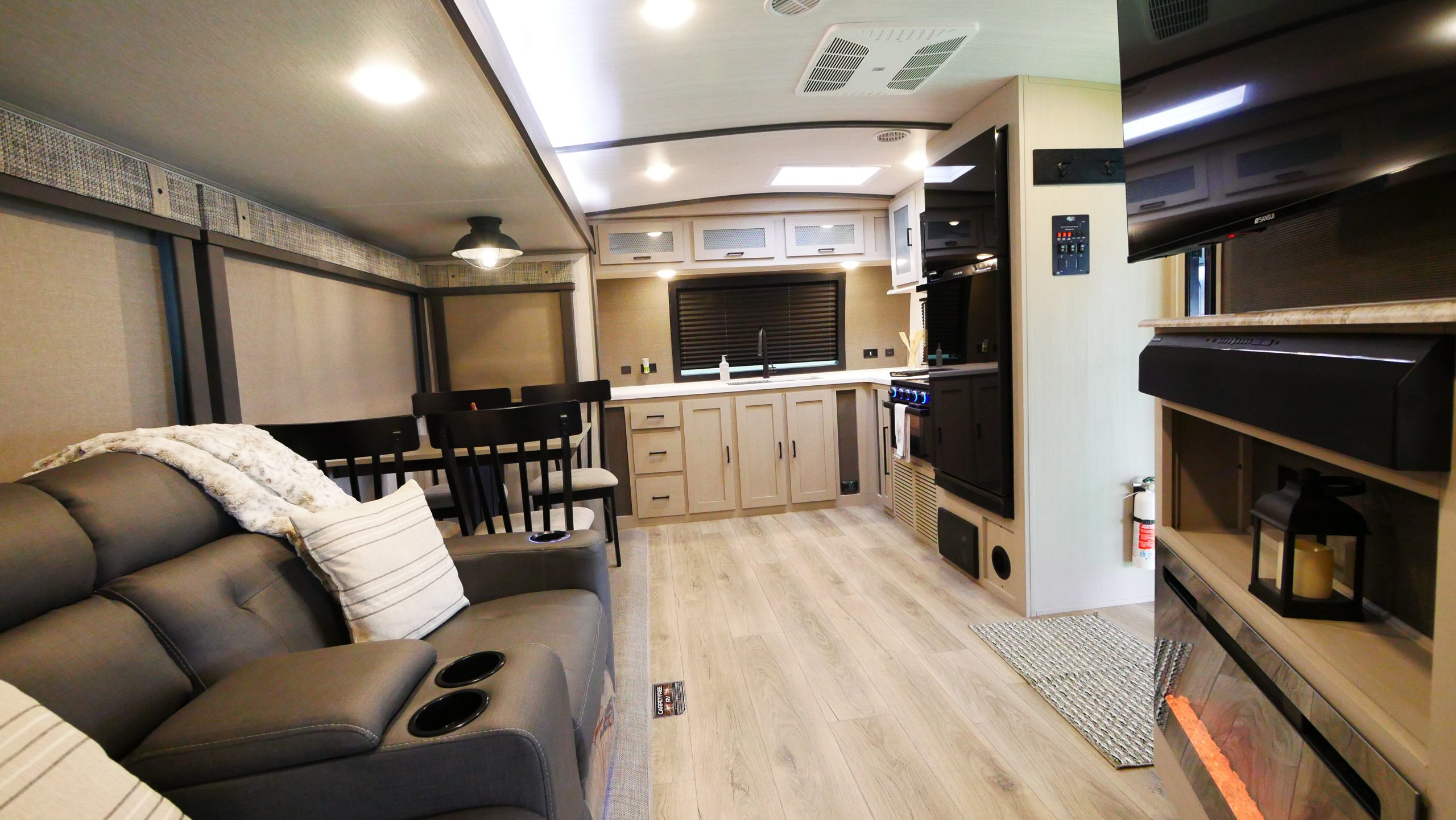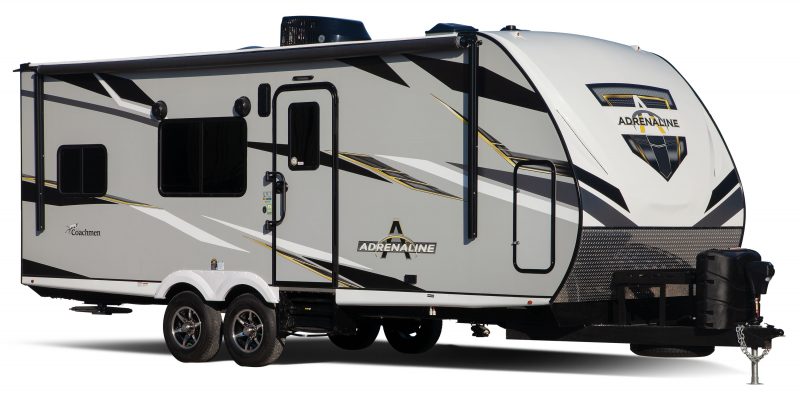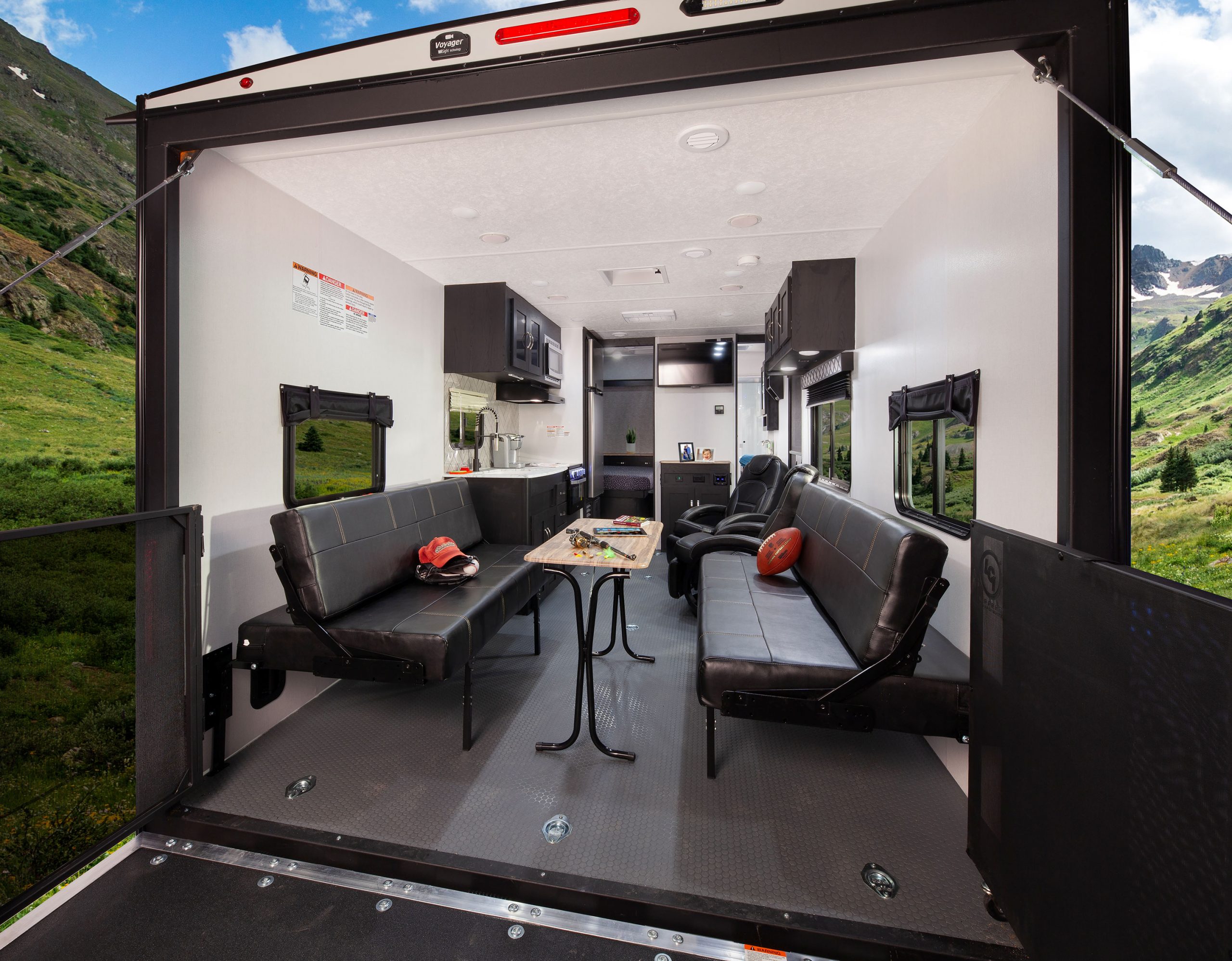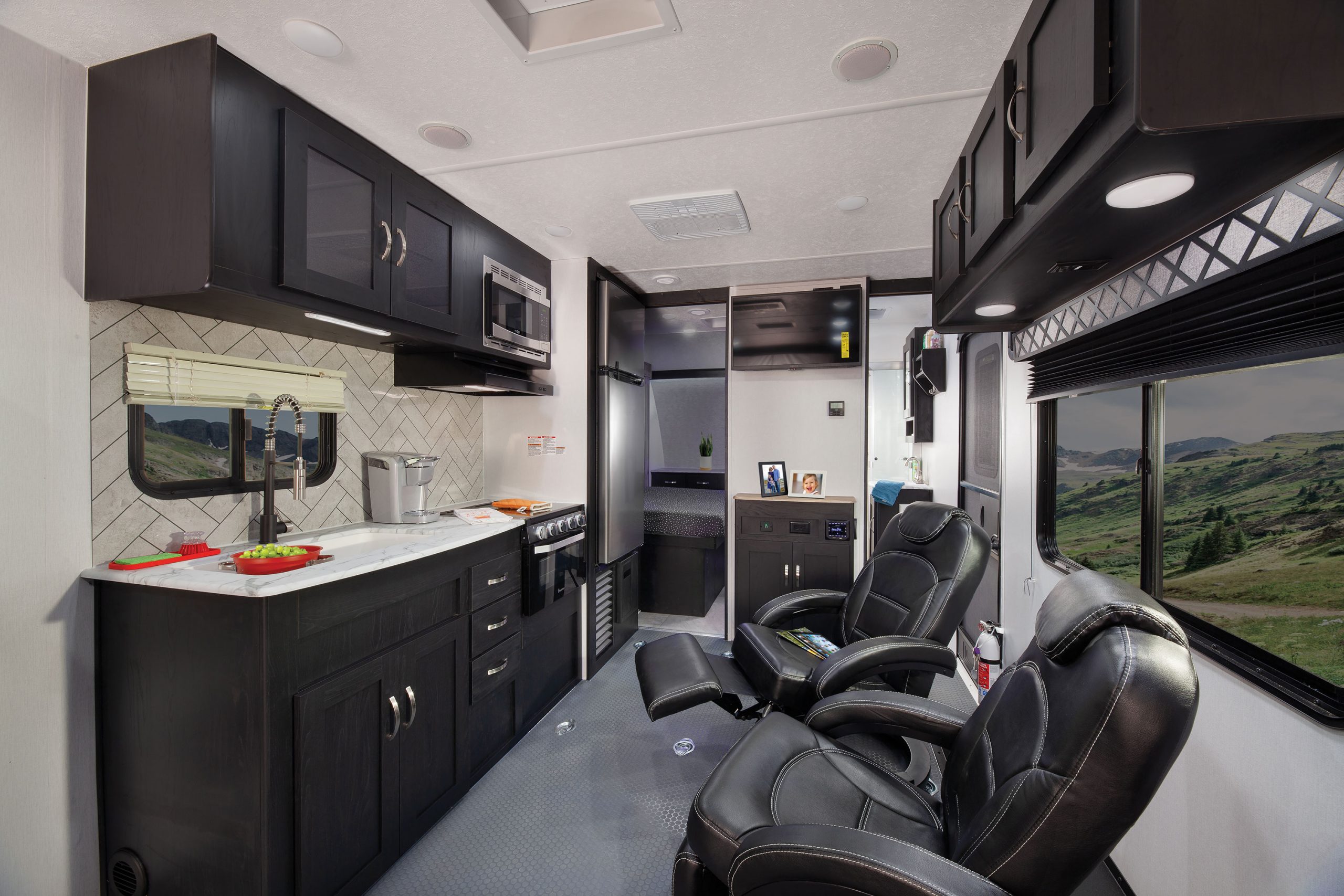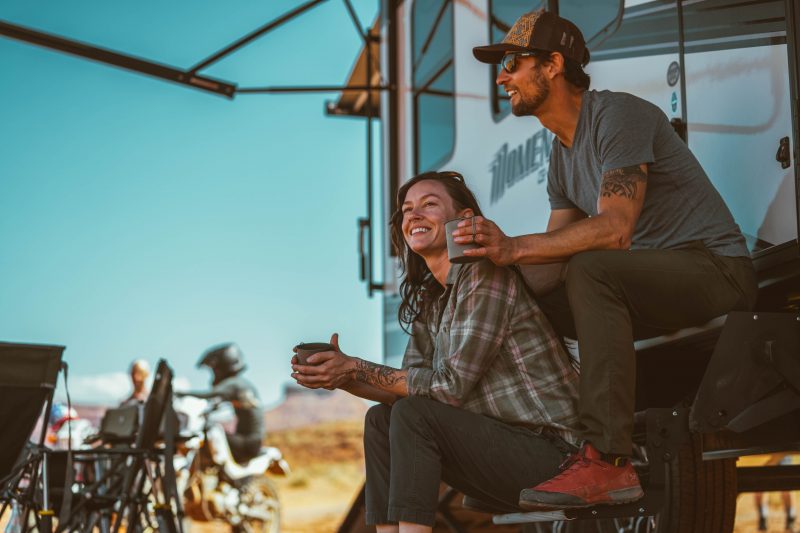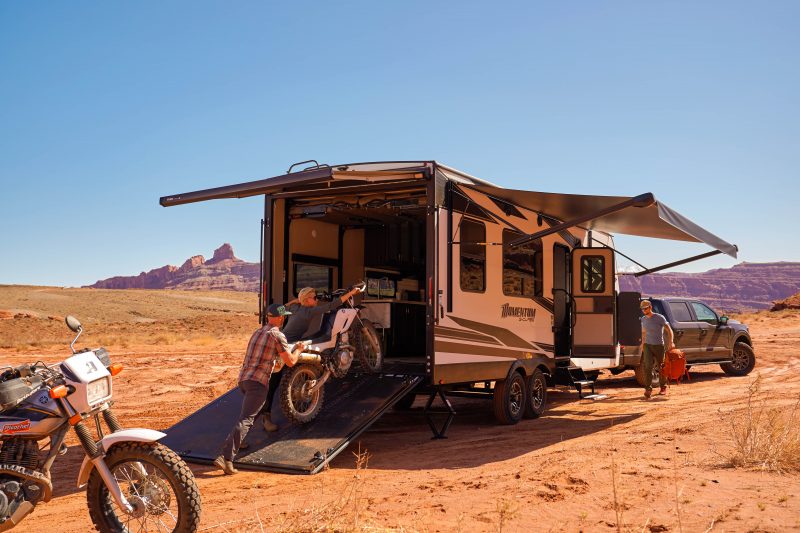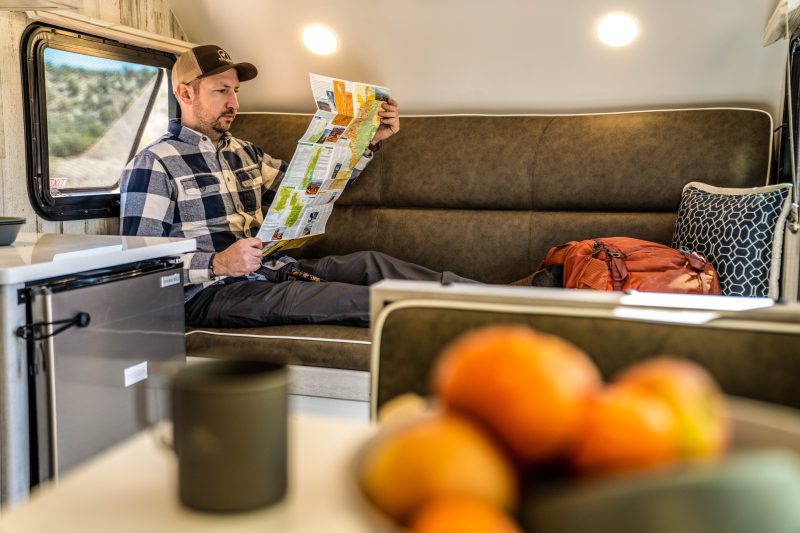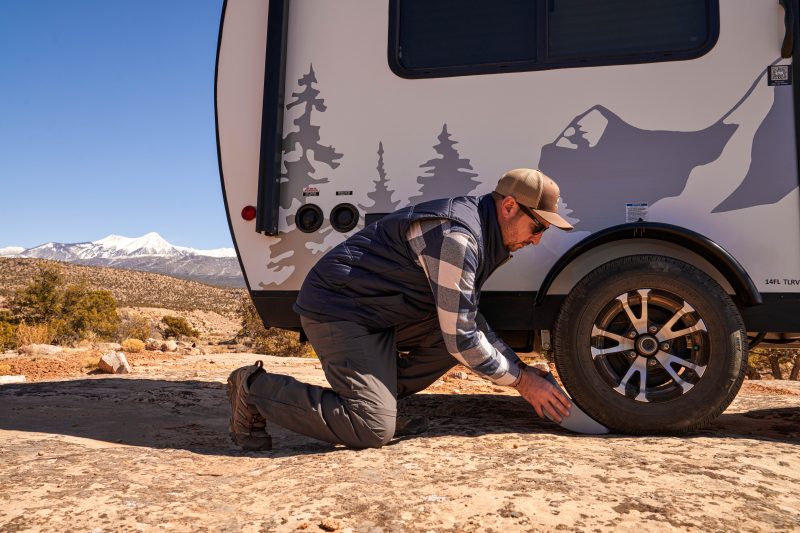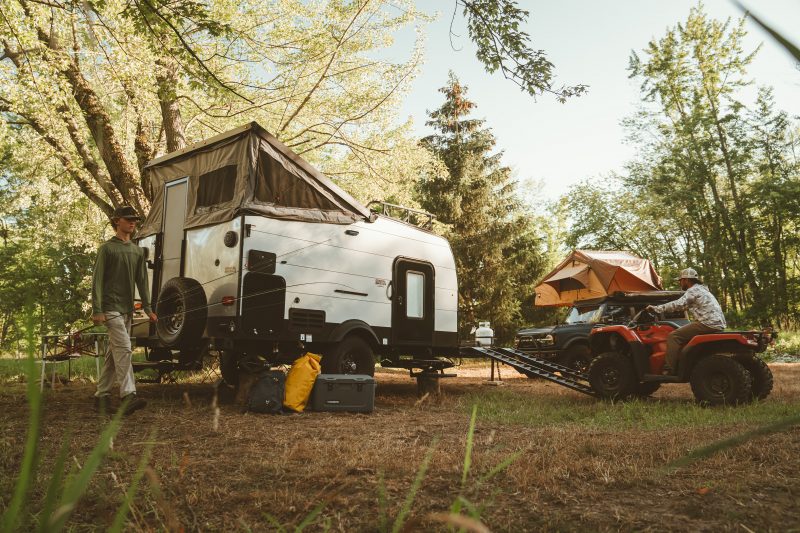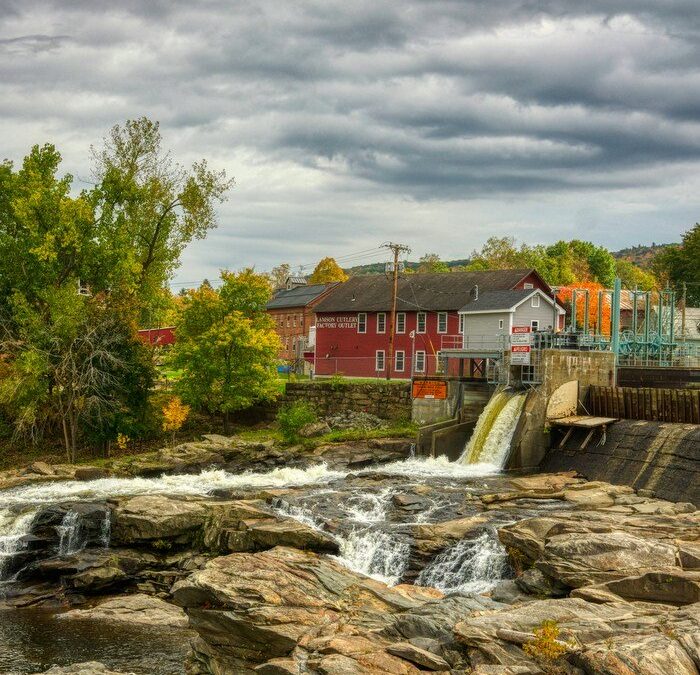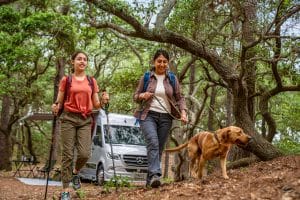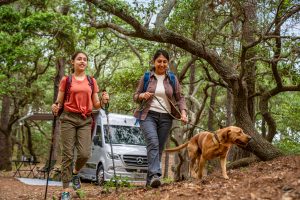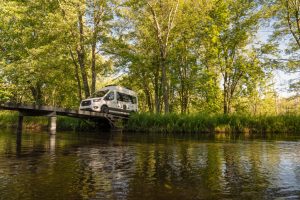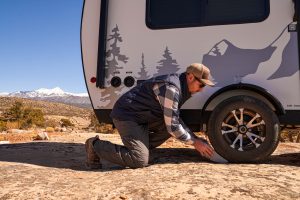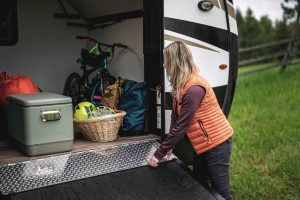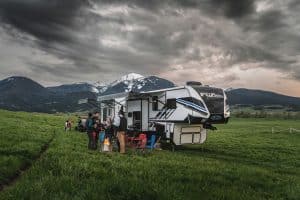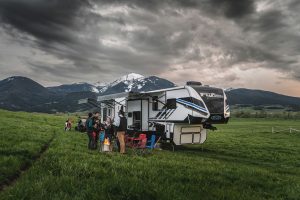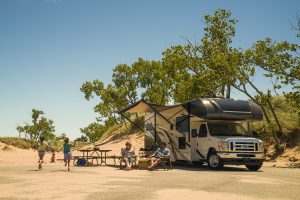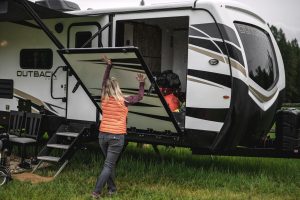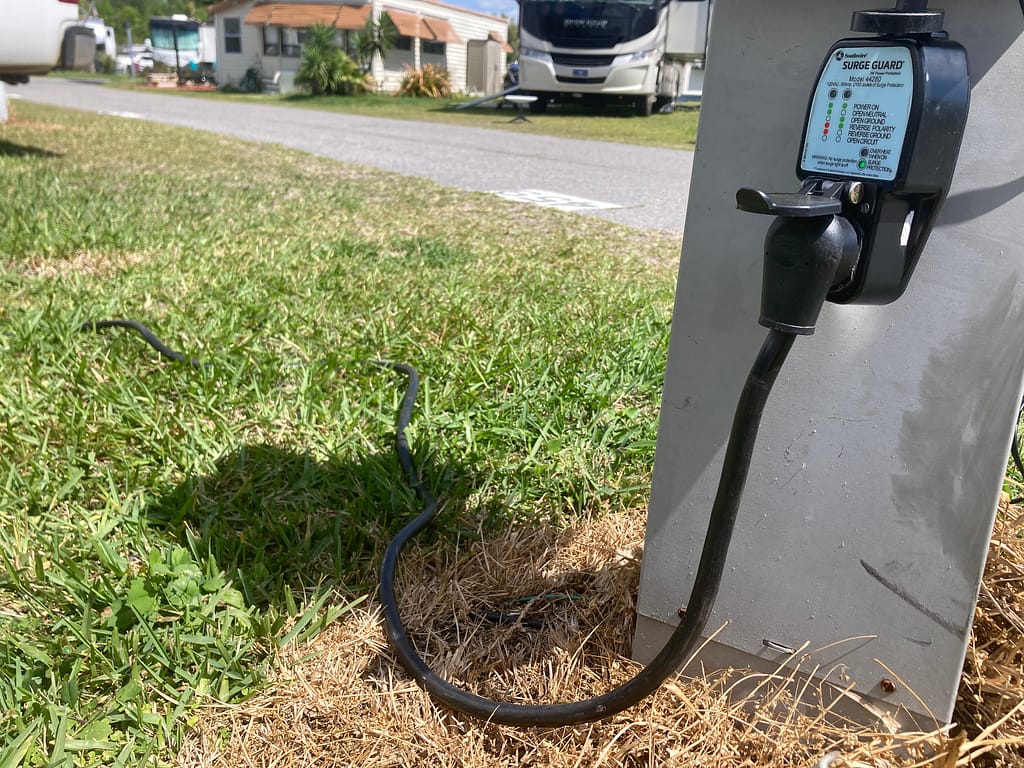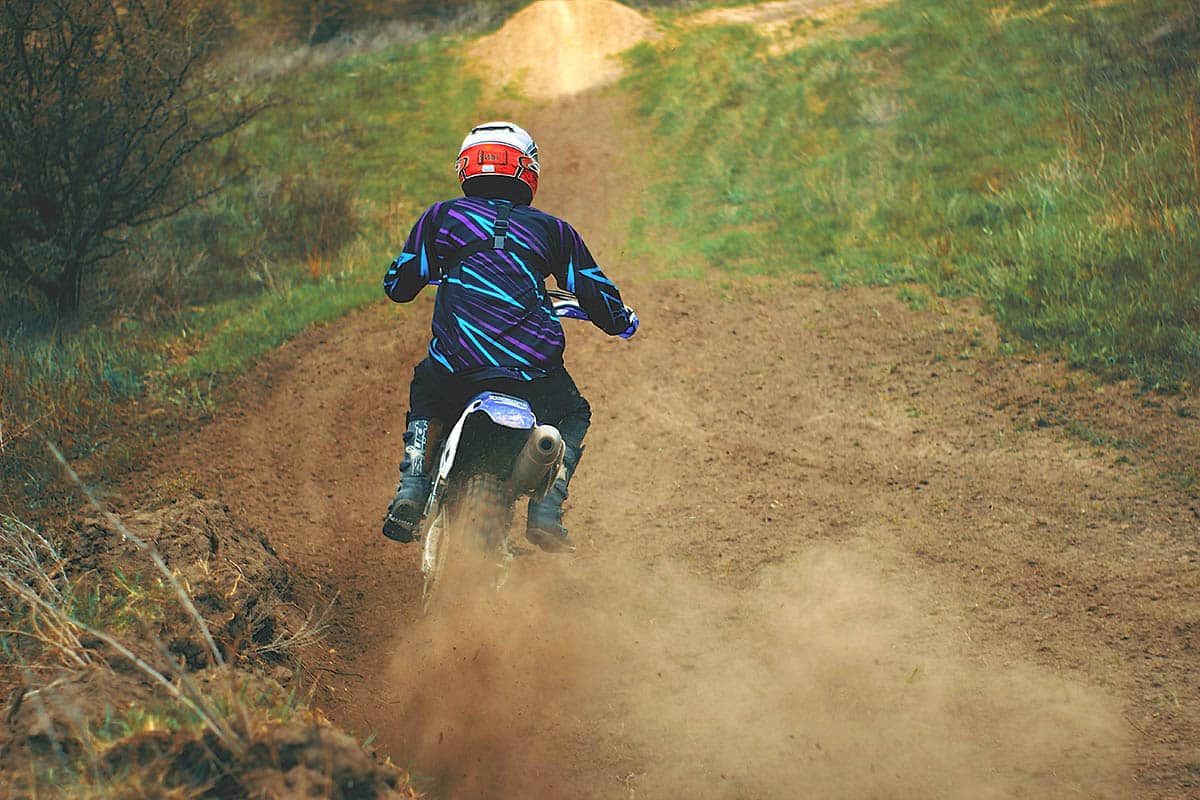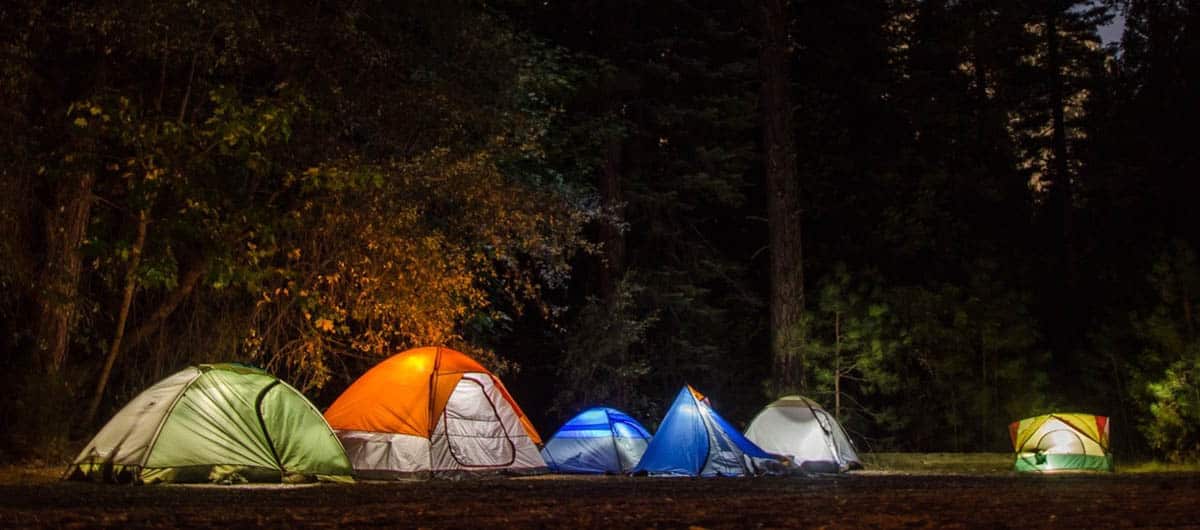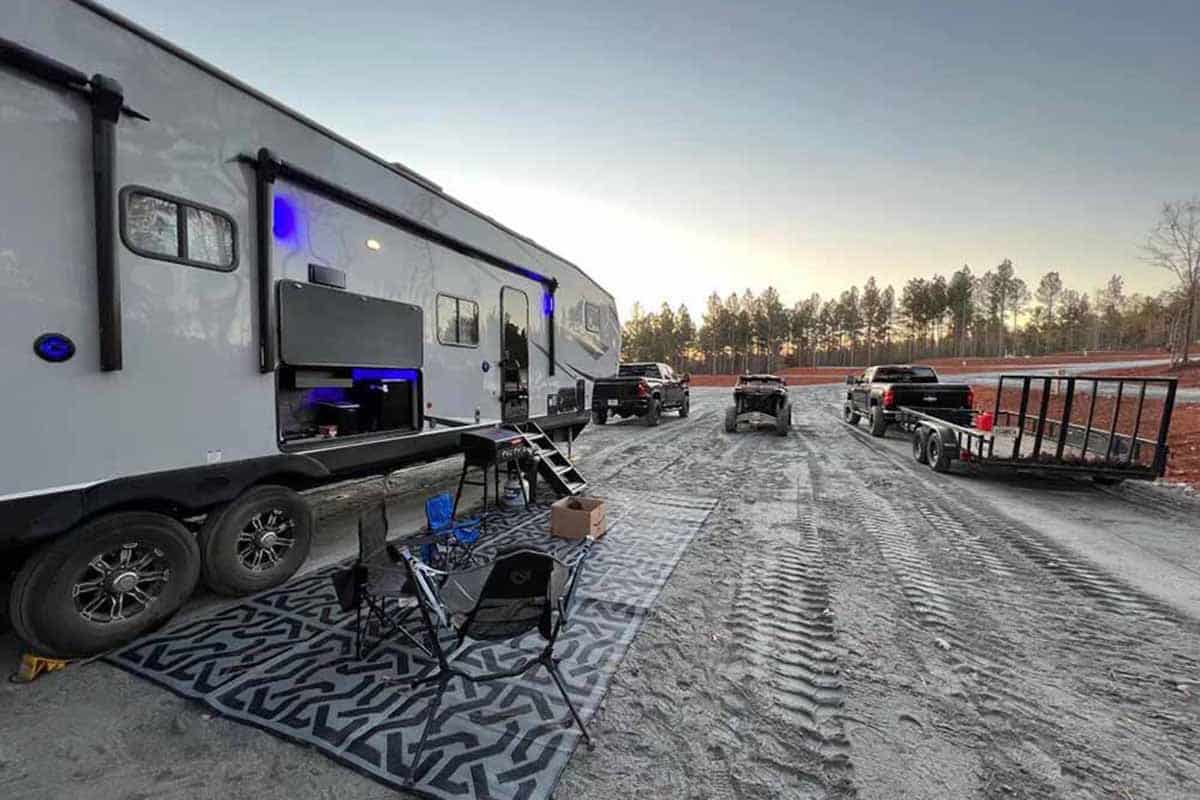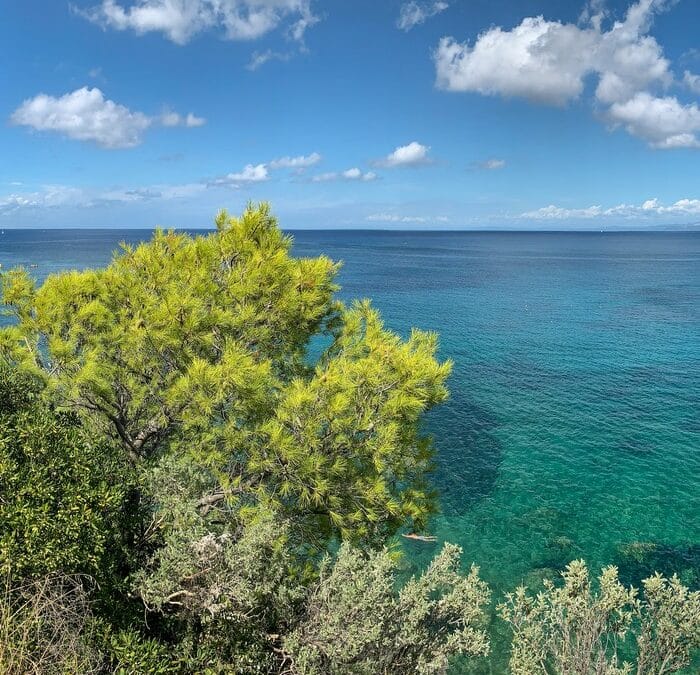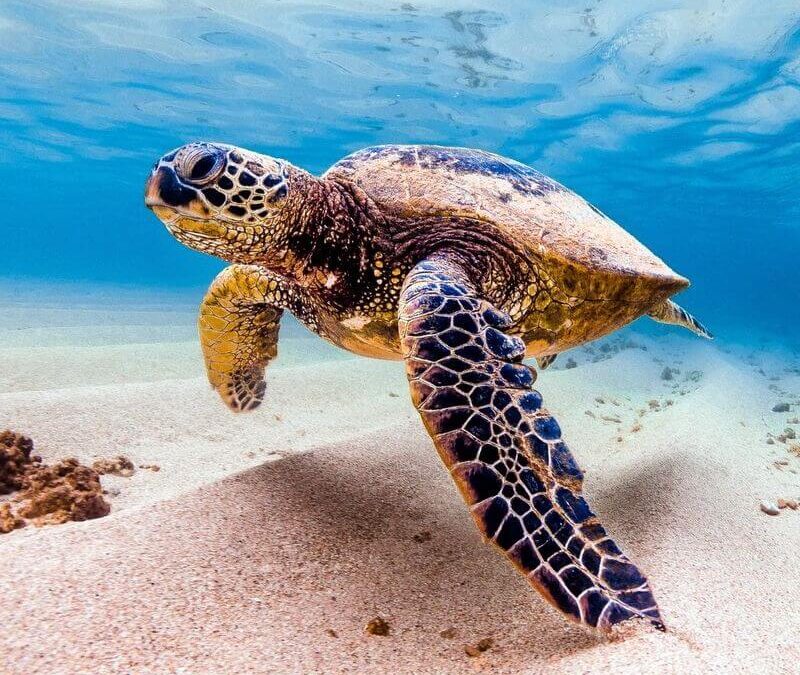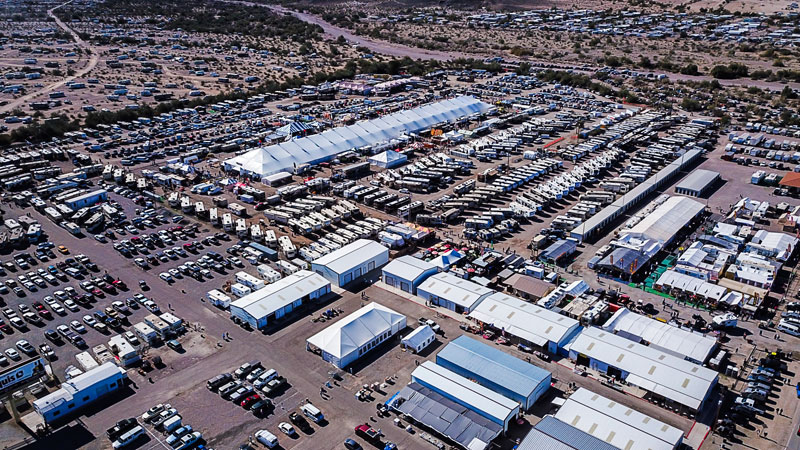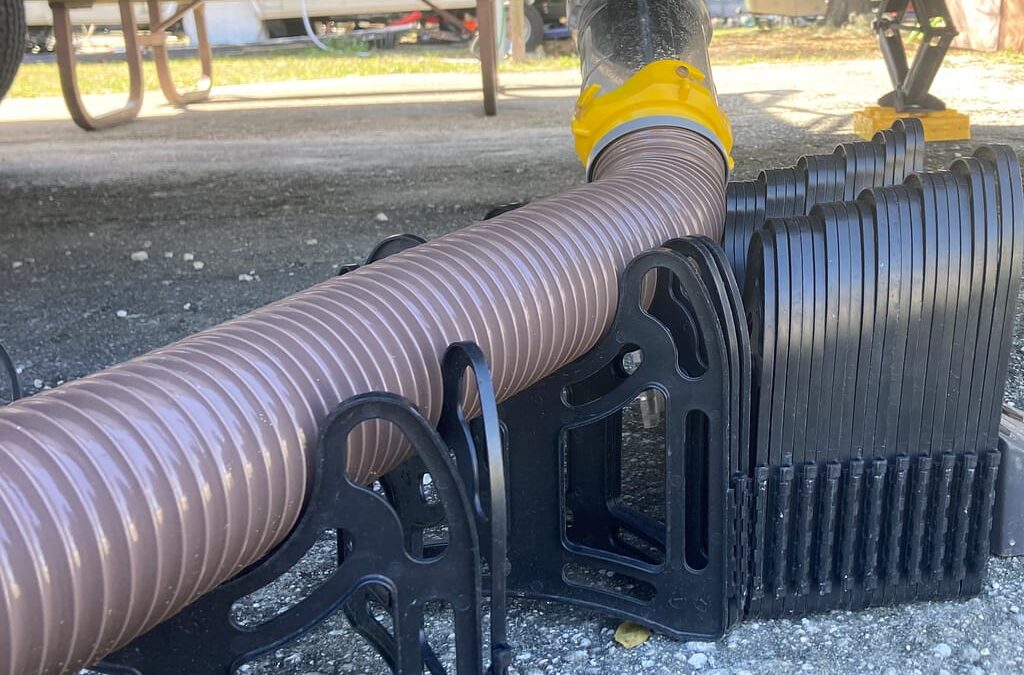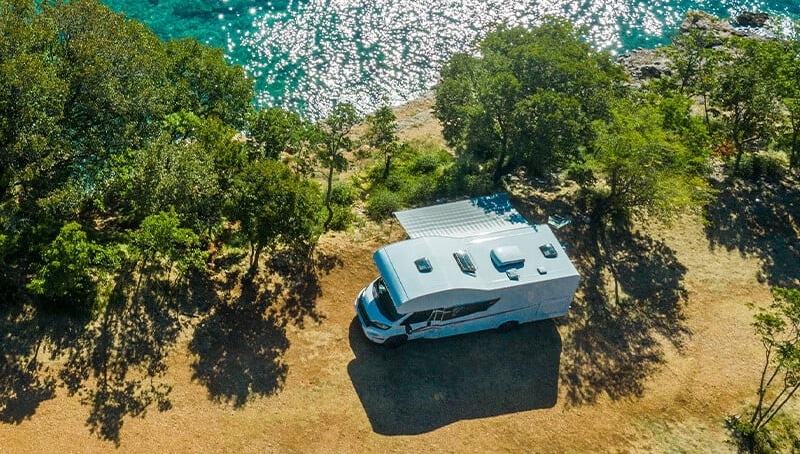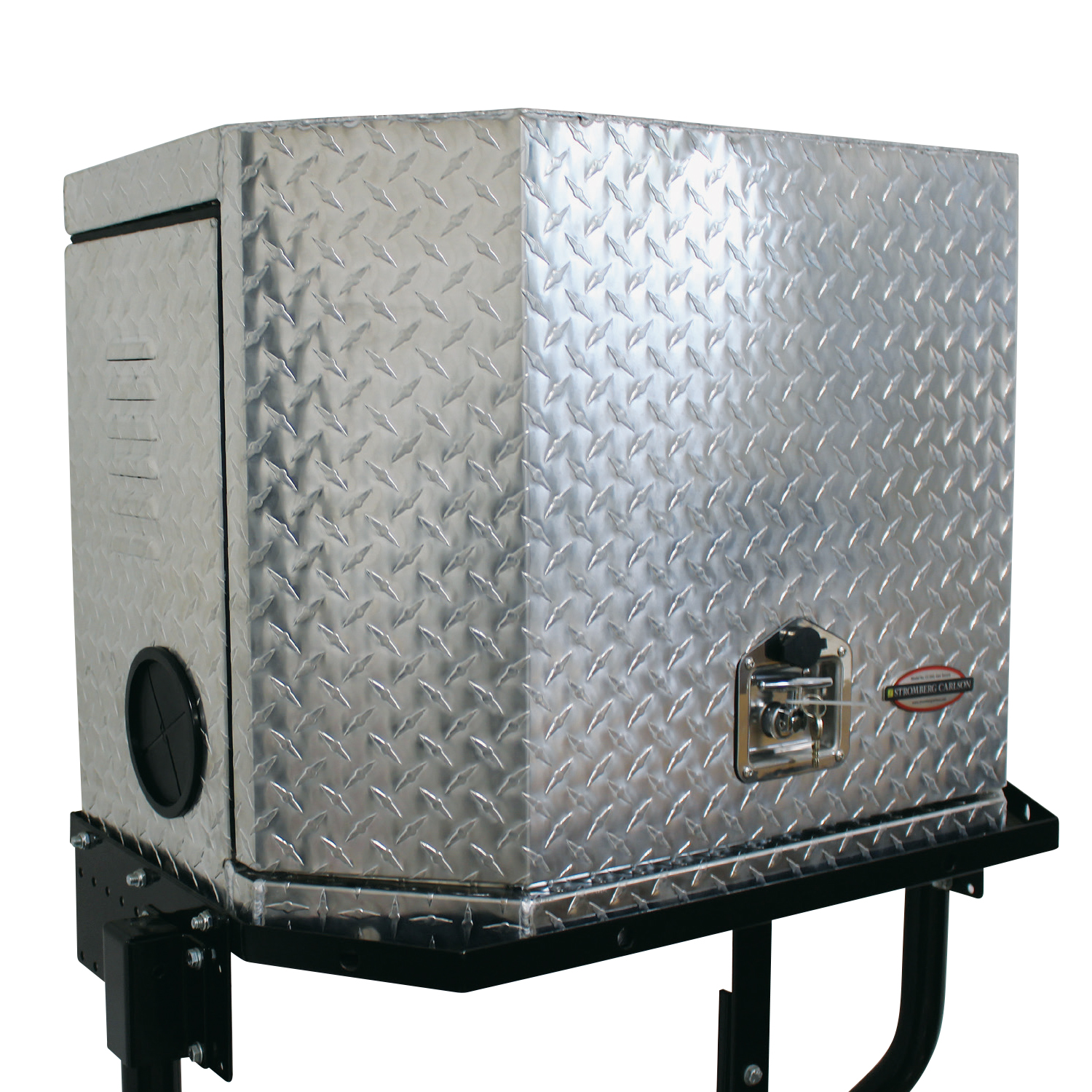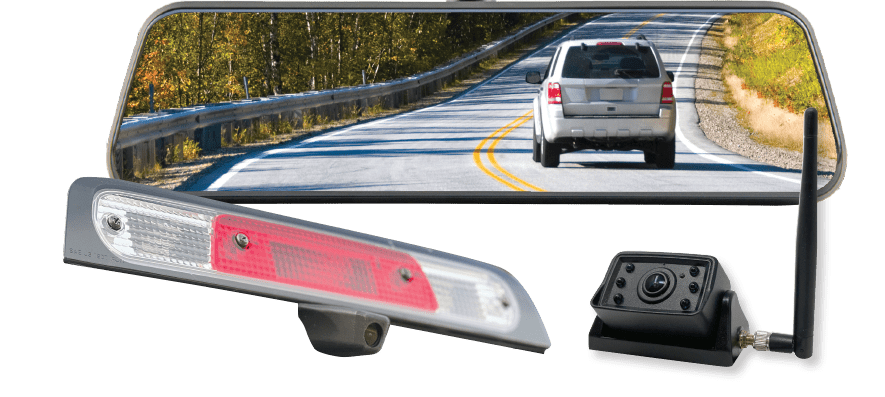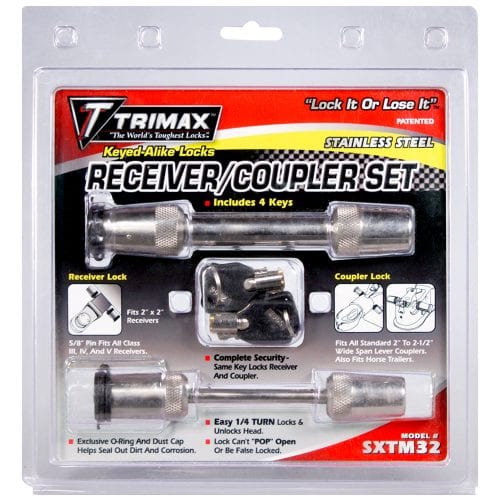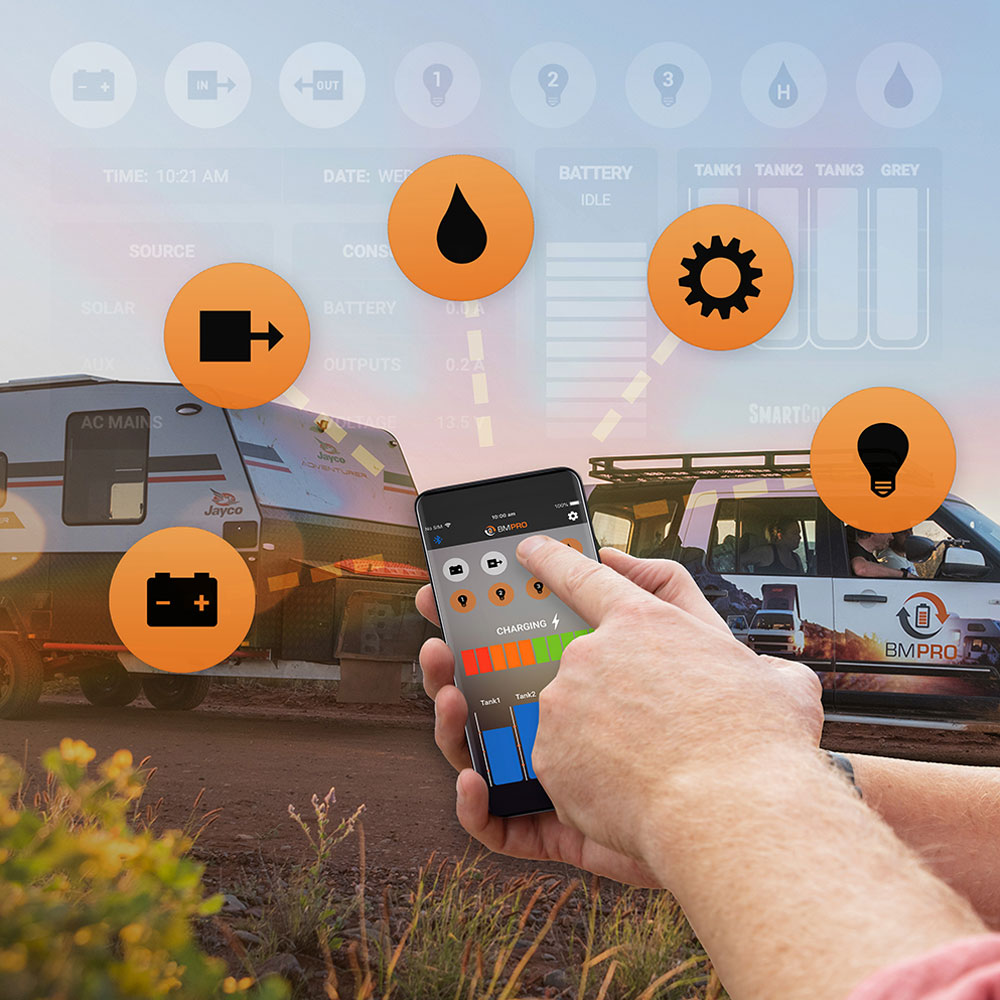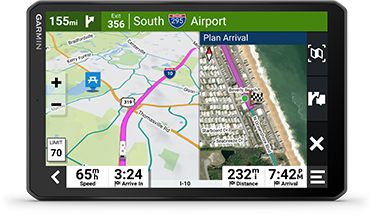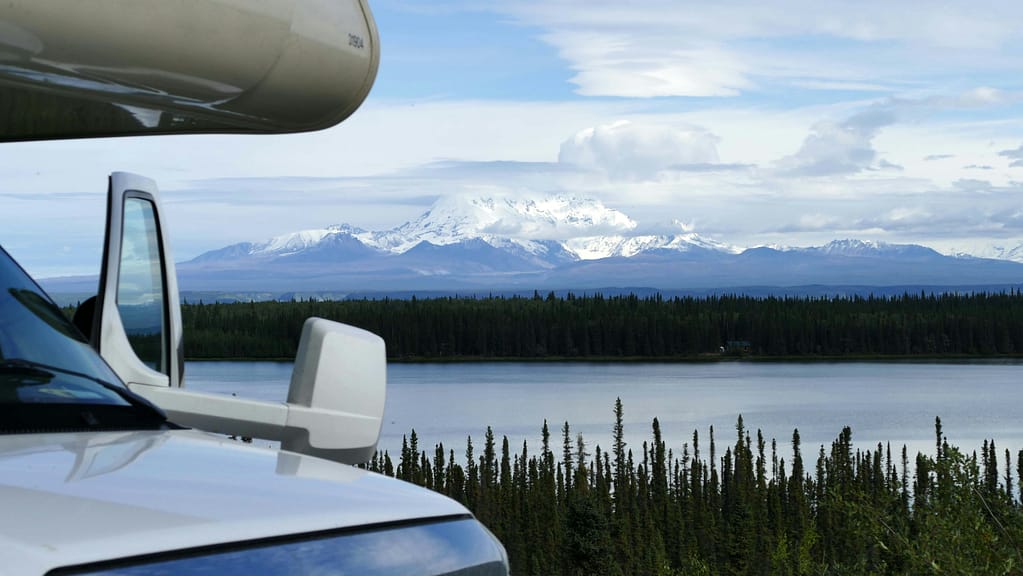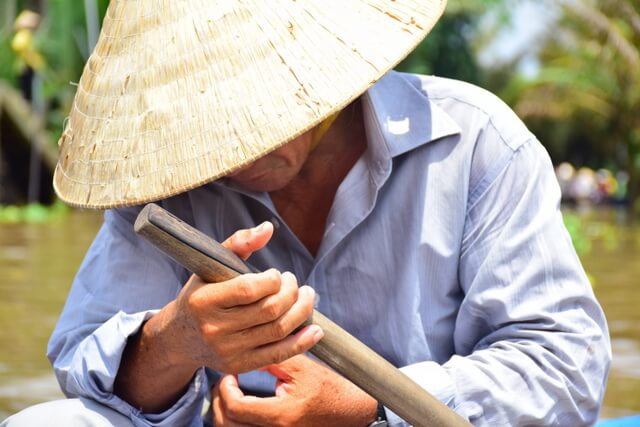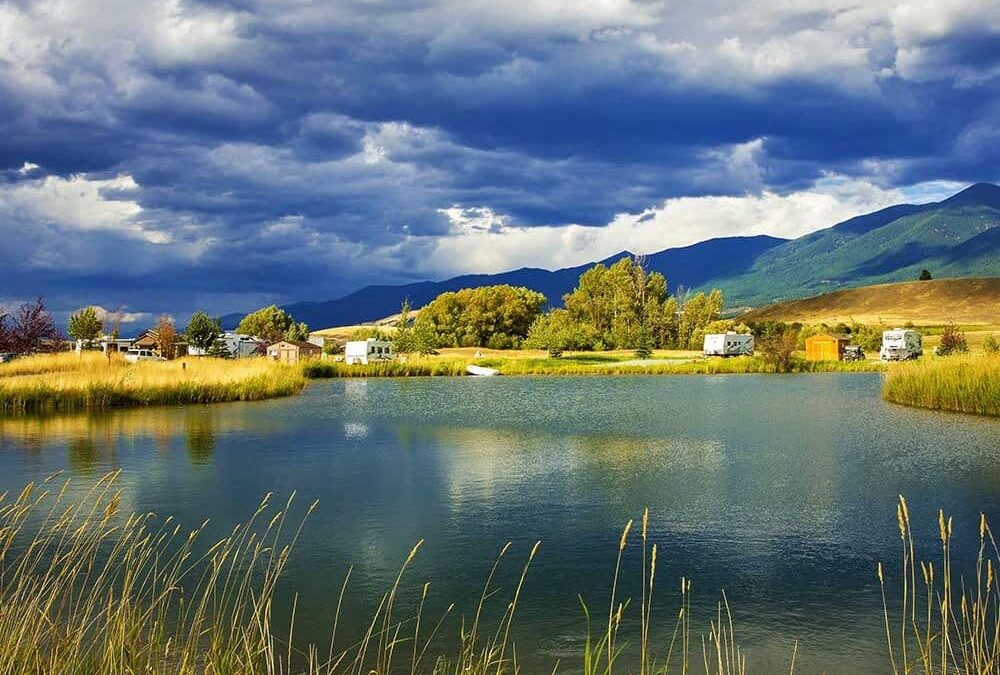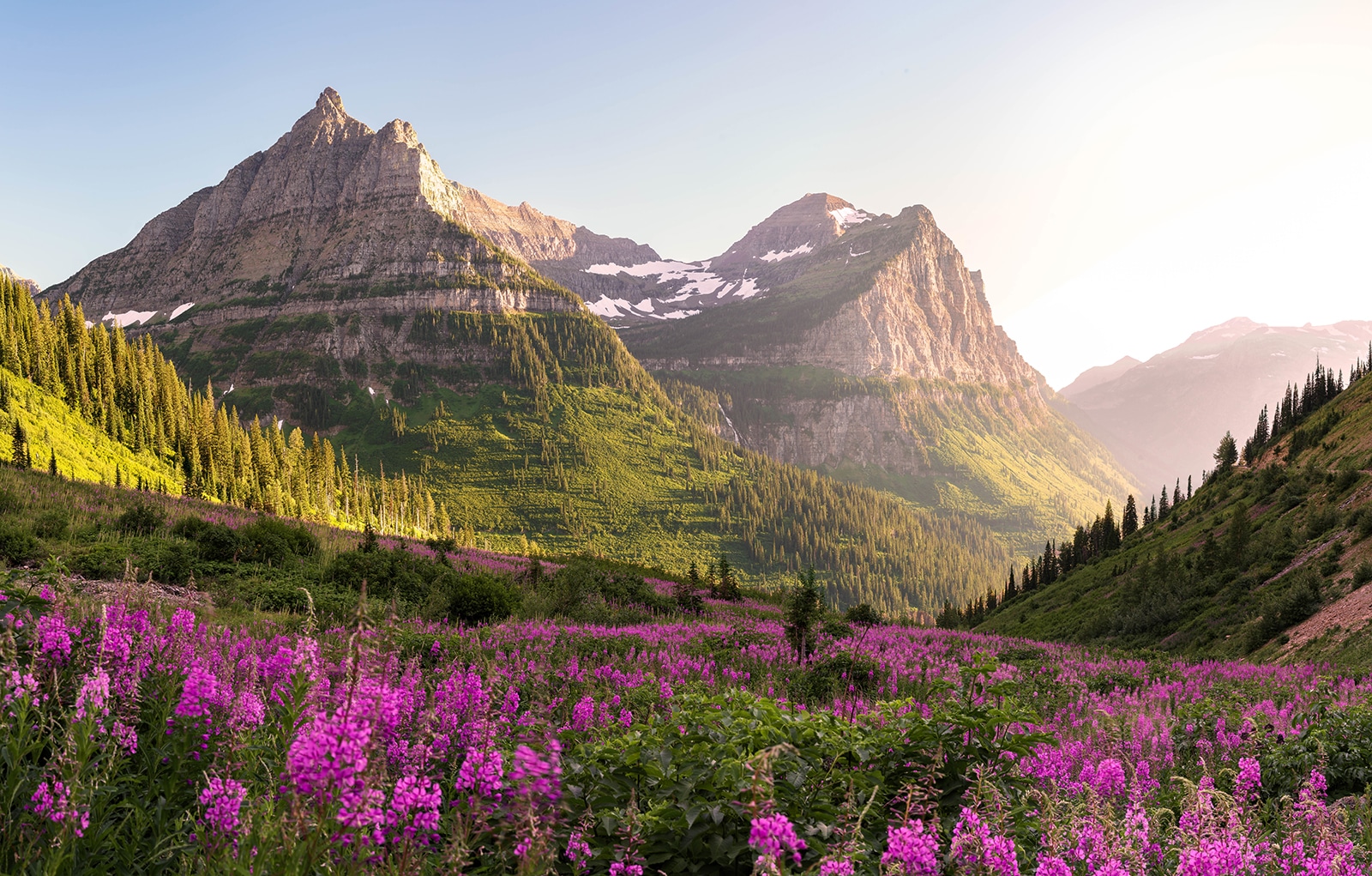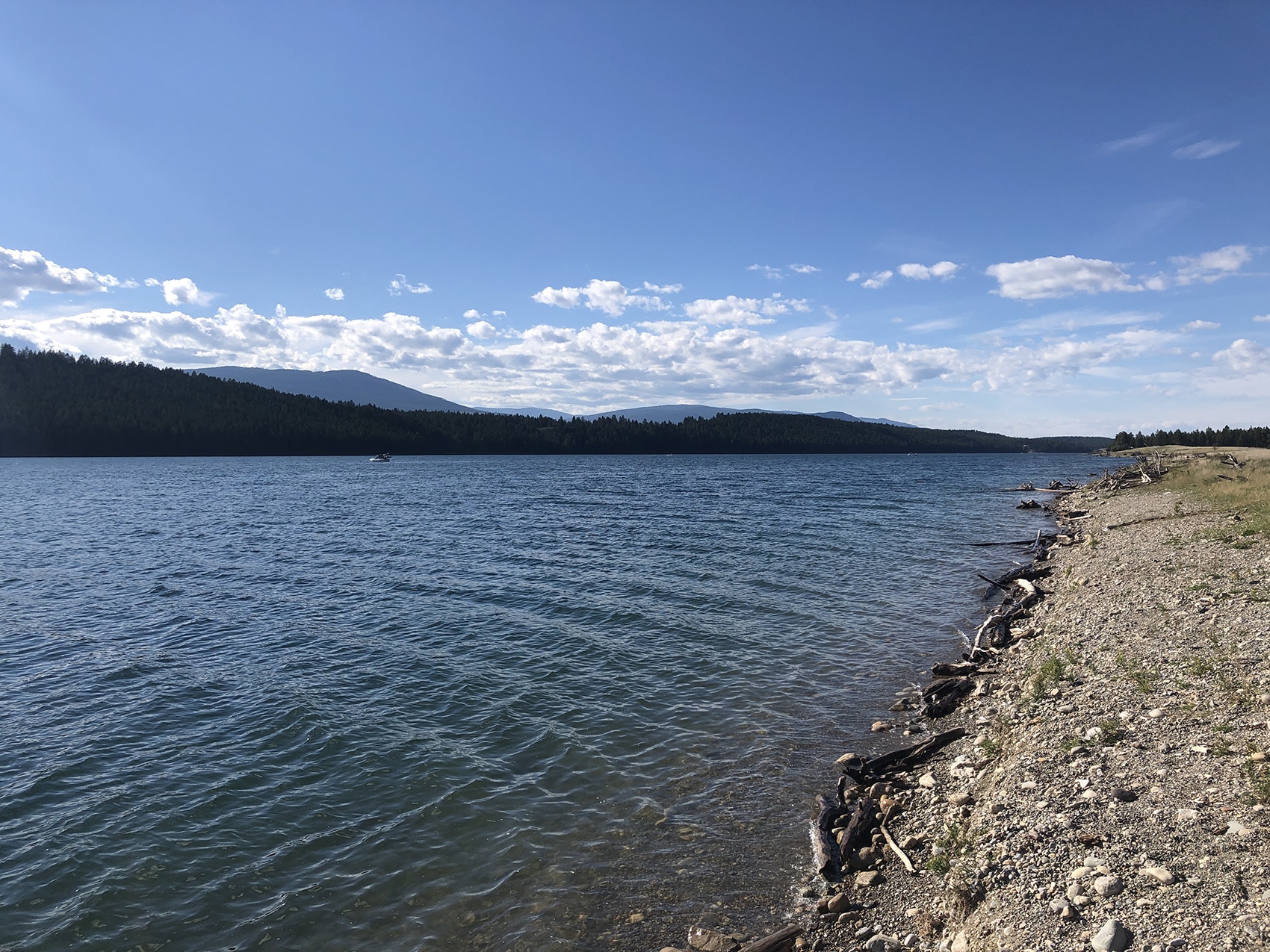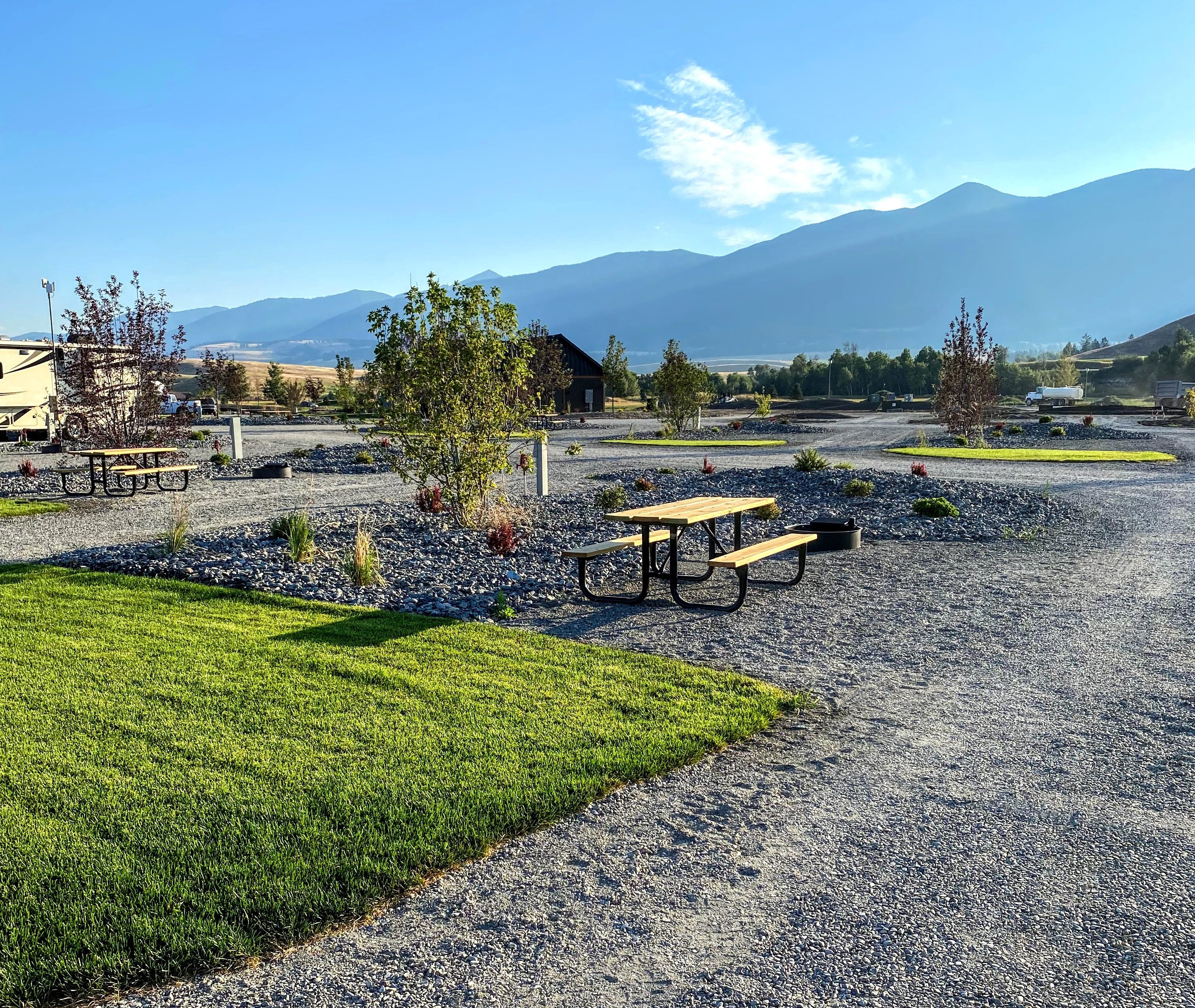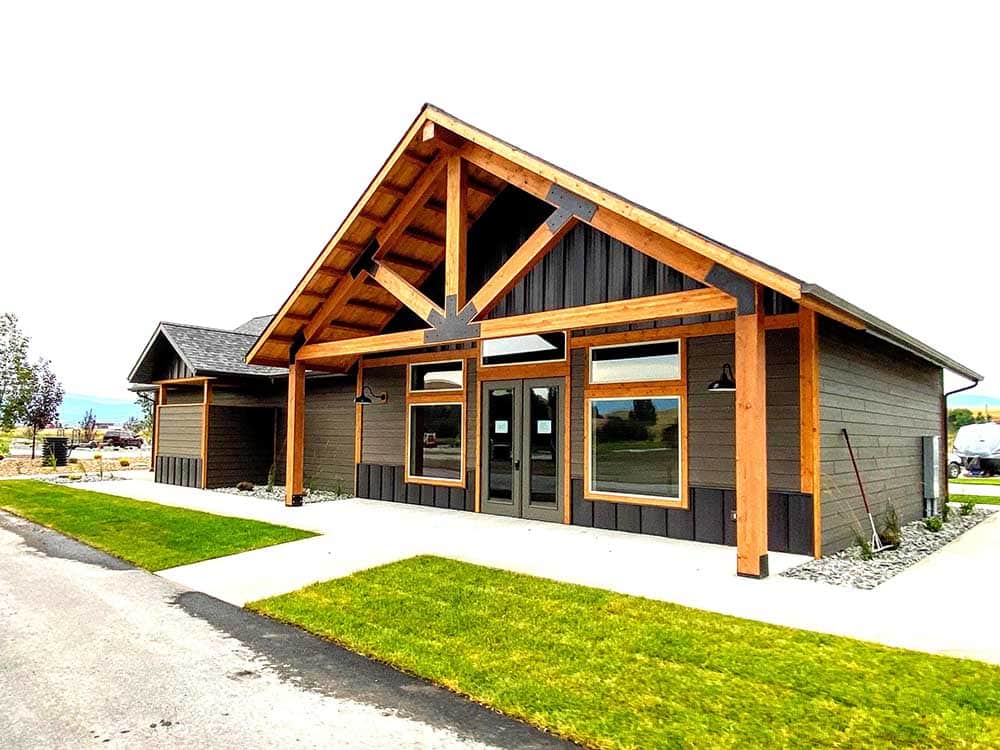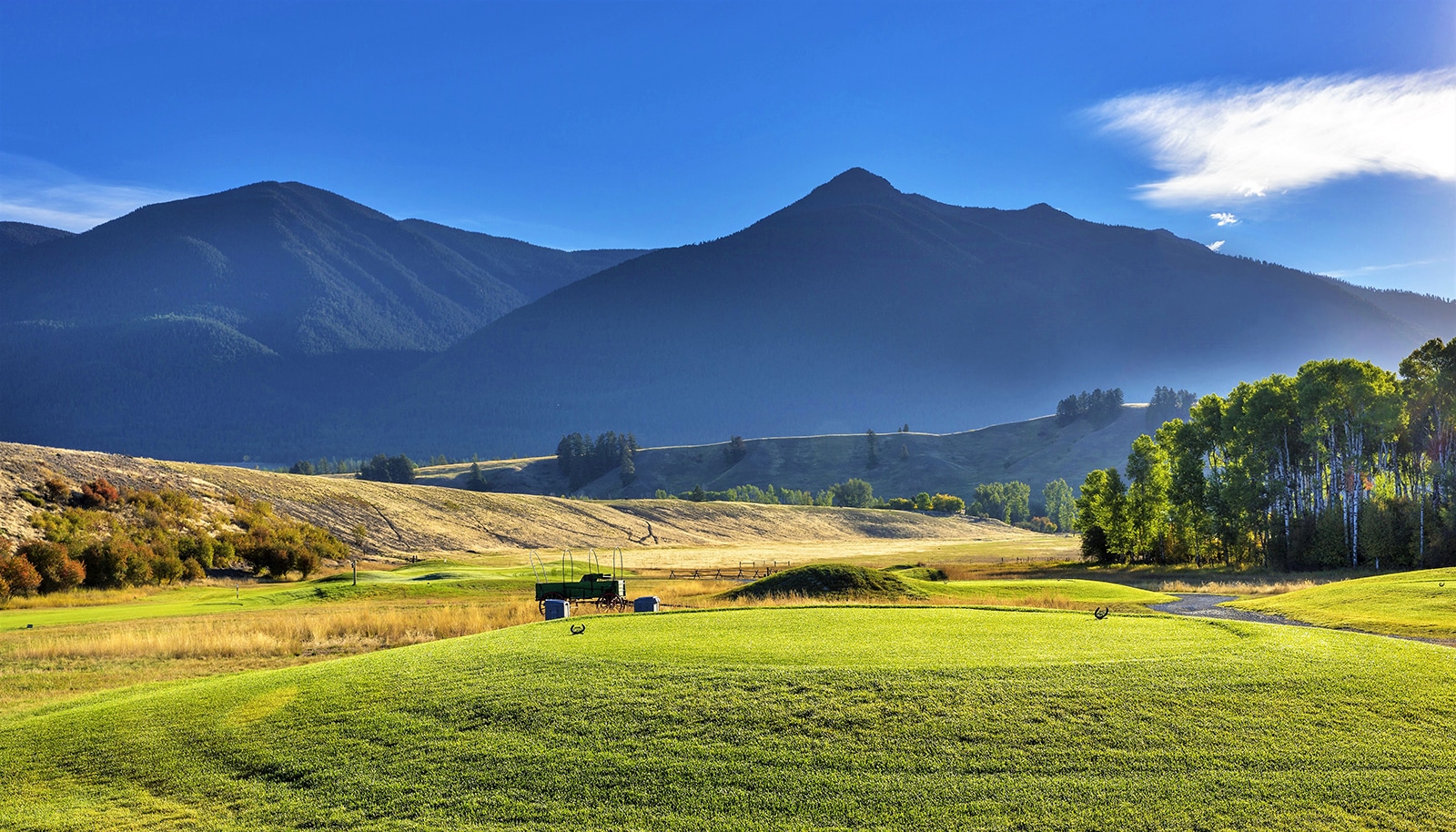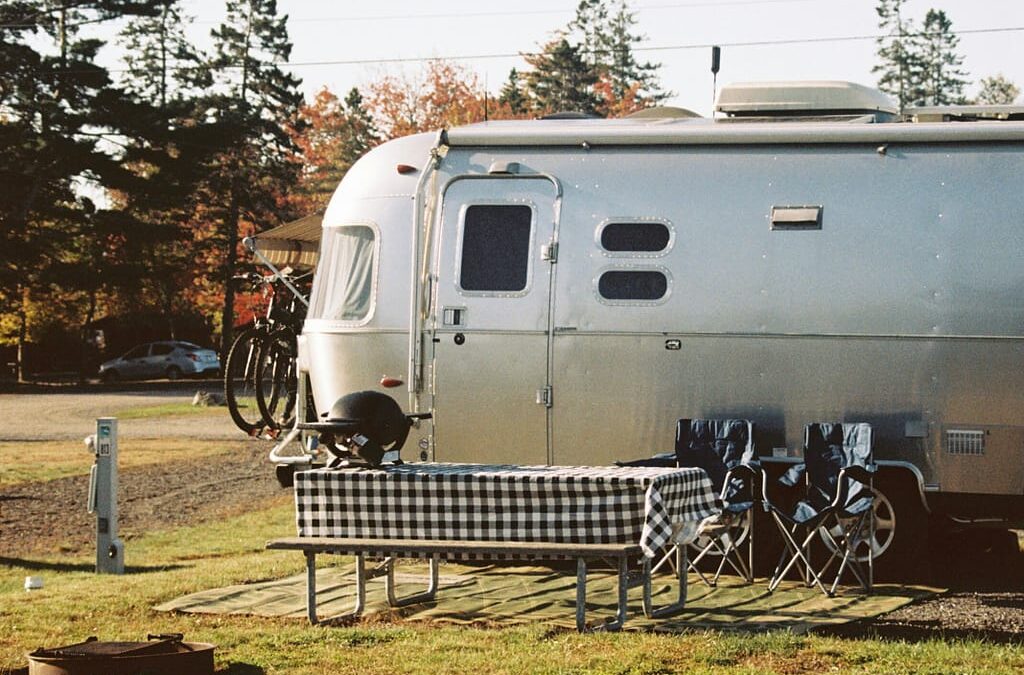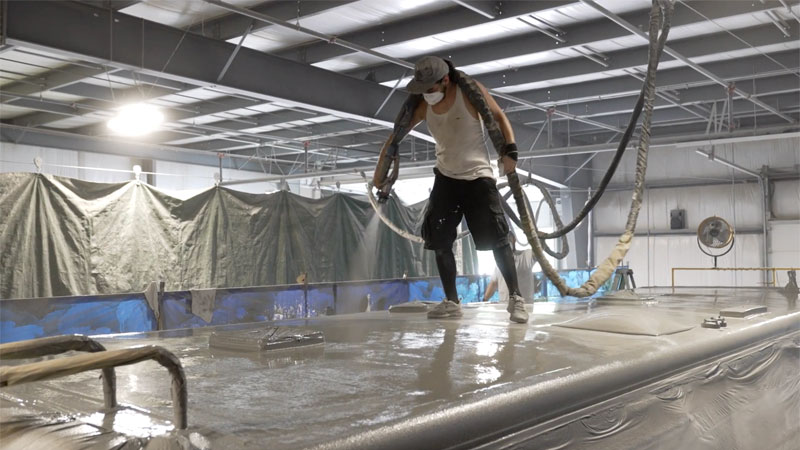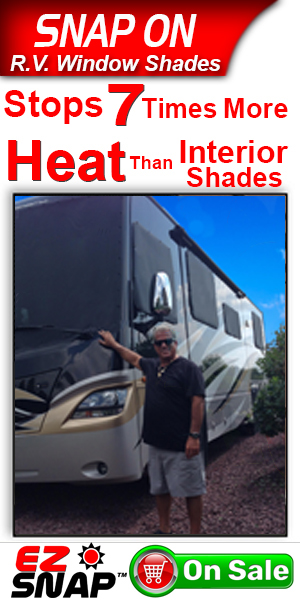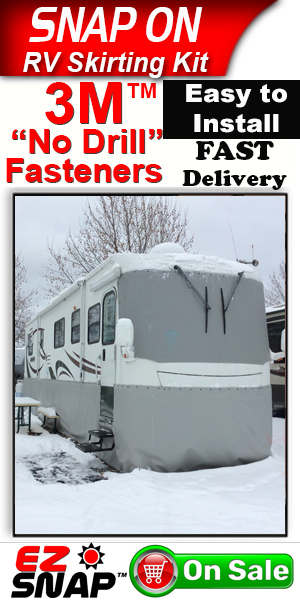I can say from experience that traveling solo as a female is an empowering and enriching experience. It has offered me a great deal of personal growth in addition to a sense of adventure. With that said, traveling solo does come with unique financial considerations.
Balancing safety, comfort, and a travel budget can be tricky at times, but with strategic planning and smart money management, solo travel can be both affordable and rewarding.
Let us look at some essential financial tips tailored specifically for solo female travelers, which will hopefully provide you with the insights and strategies needed to explore the world without depleting your saving or putting you into considerable debt.
8 Essential Financial Tips for Solo Female Travelers
Select the Right Payment Methods
Choosing the most economical payment methods becomes even more crucial for managing your finances effectively when traveling solo as there is nobody to split costs with. Thankfully, there are numerous payment options available today, with each method offering its own advantages and potential pitfalls.
Credit Cards
Credit cards have long been a convenient and secure payment method for solo travelers, and many cards come with travel perks such as free annual hotel nights or the ability to earn points that can be redeemed for travel. Some cards even offer free travel insurance.
Just make sure to choose a credit card with no foreign transaction fees, which can otherwise add on an additional 3% to purchases made abroad. Also be mindful of any annual fee that may be charged for certain cards that offer big travel rewards.
Debit & Prepaid Travel Cards
While debit cards provide direct access to your funds, it’s essential to use them strategically. Choose a bank that reimburses international ATM fees or use ATMs within your bank’s network to avoid hefty withdrawal charges. Be aware of currency conversion rates offered by ATMs, as some often offer better rates than others.
Prepaid travel cards offer a controlled way to manage your travel budget and give you the ability to load up a card with foreign currency before you travel to lock in favorable exchange rates and avoid any surprises.
Cash & Mobile Payment Apps
Carrying some cash is always a good idea, especially for small purchases or in places where cards are not accepted. You’ll find many countries where vendors such as taxis, restaurants, or markets will only accept cash and it allows you to give tips when it’s customary to do so.
Mobile payment apps like Apple Pay, Google Pay, or country-specific options provide a modern and secure way to pay. Mobile payments are often more secure than traditional cards due to encryption and tokenization.
Running an Online Business While Traveling
If you are a digital nomad running an online business while travelling as I do, you’ll want to research reliable payment processing options. Having an effective online payment solution is vital, one where you can easily accept payments online with low operating costs, collect necessary taxes, and still give your customers or clients the payment options they want.
Use apps like Mint, YNAB, or QuickBooks to track your spending and ensure you stay within your business operating and travel budget. If possible, don’t rely on a single source of income for your online business, rather explore multiple revenue streams such as affiliate marketing, online courses, freelancing, and selling products or services.
Be sure to send out invoices immediately after work is completed to ensure timely payments. As a traveler, you may also need to research the tax obligations for both your home country and any countries you stay in for extended periods.
Another area of potential concern when working abroad is needing to research visa requirements and work permits for the countries you plan to visit. Ensure you are legally allowed to conduct business or if no such special permits are needed.
Don’t forget to create a healthy work-life balance if you plan to work while traveling, since continuous or long periods of travel can be exhausting. You don’t want to burn yourself out and actually want to allow yourself to fully experience the travel destinations you are visiting.
Come Up with a Realistic Budget
Setting a realistic travel budget as a solo female traveler involves thorough research, careful planning, and mindful spending. Women traveling solo often require a bit higher budget simply to prioritize safety, which may require booking safer accommodation in nicer areas as well as using safer transportation methods.
Budgeting for any trip is essential, considering the many expenses involved with travel such as accommodation, transportation, food, activities, and souvenirs. Websites such as Numbeo as well as travel blogs such as this one can give you an idea of the daily expenses you can expect in different countries.
Use budgeting apps or maintain a journal to monitor your travel expenses and stick to your budget, making sure to plan for potential emergency costs like trip changes or needing to replace essential items you’re traveling with if they are lost, damaged, or stolen.
Choose Affordable Accommodation
I’ve covered budgeting for accommodation and the tendency for solo female travelers to allocate a higher portion of their budget to secure safe hotels or other lodging in good neighborhoods. Safety first is the hard-and-fast rule for any solo female traveler.
Always check accommodation reviews and prioritize places with a very high safety rating. Booking a private room in a safe location will give you priceless peace of mind.
If you need to stay in hostels or share accommodation due to budget constraints, seek out hostels that offer female-only dorms which provide an added layer of security and comfort. Choose hostels in central, well-lit areas close to public transportation, which reduces the need for expensive and potentially unsafe late-night travel.
While couchsurfing can be a budget-friendly option, you will need to prioritize hosts with positive reviews and verified profiles for safety.
Use Public Transportation
While it may be tempting to want to rent a vehicle, using public transportation can significantly save costs for solo female travelers while also providing much safer travel in destinations where road rules seem to be less structured or enforced, or where you may be forced to drive on the opposite side of the road than you are used to driving.
Public transportation, such as buses, trains, trams, and subways, typically costs much less than taxis or rideshares as well. You’ll find many cities offer daily, weekly, or monthly travel passes that provide unlimited travel on public transport for a fixed fee, often at a discounted rate compared to single tickets.
Not only does using public transportation eliminate having to pay for fuel or insurance, it also means you won’t have to worry about finding and paying for expensive city parking which equates to a more relaxed experience.
As an added bonus, not only is public transportation cheaper and safer for solo travel, it’s also more environmentally friendly compared to taxis or rental cars.
Travel During Off-Season & Seek Free Attractions
Keep in mind that travel costs can vary depending on the season as well, so research the best time to visit to avoid peak season prices. Book accommodations in advance, as the best rates are usually obtained this way. You may also consider booking accommodation with kitchen facilities that will allow you to prepare your own meals to reduce costs.
Many destinations offer plenty of free attractions such as parks, museums, and walking tours, so check these out and don’t feel you have to splurge on big-ticket attractions. Many popular tourist destinations also offer city passes or discount cards that offer reduced entry fees to multiple attractions.
Get Travel Insurance
Regardless of the nature of your trip or whether you are planning to be adventurous or daring, purchasing travel insurance should never be overlooked. Travel is often unpredictable, and ensuring you will not be hit with unexpected expenses that may result from trip cancelations/delays or requiring overseas medical treatment will give you much needed peace of mind.
Things you want your travel insurance policy to include are things like unlimited overseas medical expenses and reimbursement of non-refundable trip costs if you need to cancel or cut short your trip due to unforeseen circumstances like illness, family emergencies, or travel restrictions.
A comprehensive policy should also cover loss, theft, or damage to your personal belongings, including luggage and travel documents. Be sure to inquire what activities your policy covers or what restrictions there may be on certain activities. Some activities like skydiving may not be covered, while others such as skiing may require adding additional coverage as part of a winter sports package for instance.
Finally, carefully read the fine print of the product disclosure statement to understand what exactly is and is not covered by the policy. Common exclusions may include pre-existing medical conditions, certain high-risk activities like I mentioned, or travel to regions with government travel advisories in place.
Never compromise on essential insurance coverage, as spending a bit more can provide significantly better protection. Consider the deductible amount you would need to pay out-of-pocket before the insurance kicks in, keeping in mind that lower deductibles often mean higher premiums.
Use Safe Online Banking Practices
It’s essential to ensure the security of your finances and other critical information while traveling. While using online banking while traveling can be convenient, it also comes with its risks. You should begin with installing antivirus software on all your devices to protect against malware and other threats.
Consider activating two-factor authentication on your banking accounts when traveling if not already in place. This adds an extra layer of security by requiring a second form of verification, such as a text message code or an authentication app.
Avoid logging into online bank accounts when using public Wi-Fi, as this is less secure and more susceptible to hacking. If you do wish to access sensitive information while using public Wi-Fi, use a VPN to encrypt your internet connection and protect your data.
Regularly check your bank statements and account activity to spot any unauthorized transactions early. You can enable account alerts to receive notifications for transactions, login attempts, and other account activities. This helps you quickly detect and respond to suspicious activity.
Just remember to alert you bank and credit card providers that you will be traveling so they won’t flag your valid international purchases as suspicious and put a hold on your accounts.
Always log out of your online banking session after you are done, especially if you are using a shared or public device, but even when using your own device in case it’s lost or stolen.
If You Liked This Post You May Also Like:




























































































































































































































